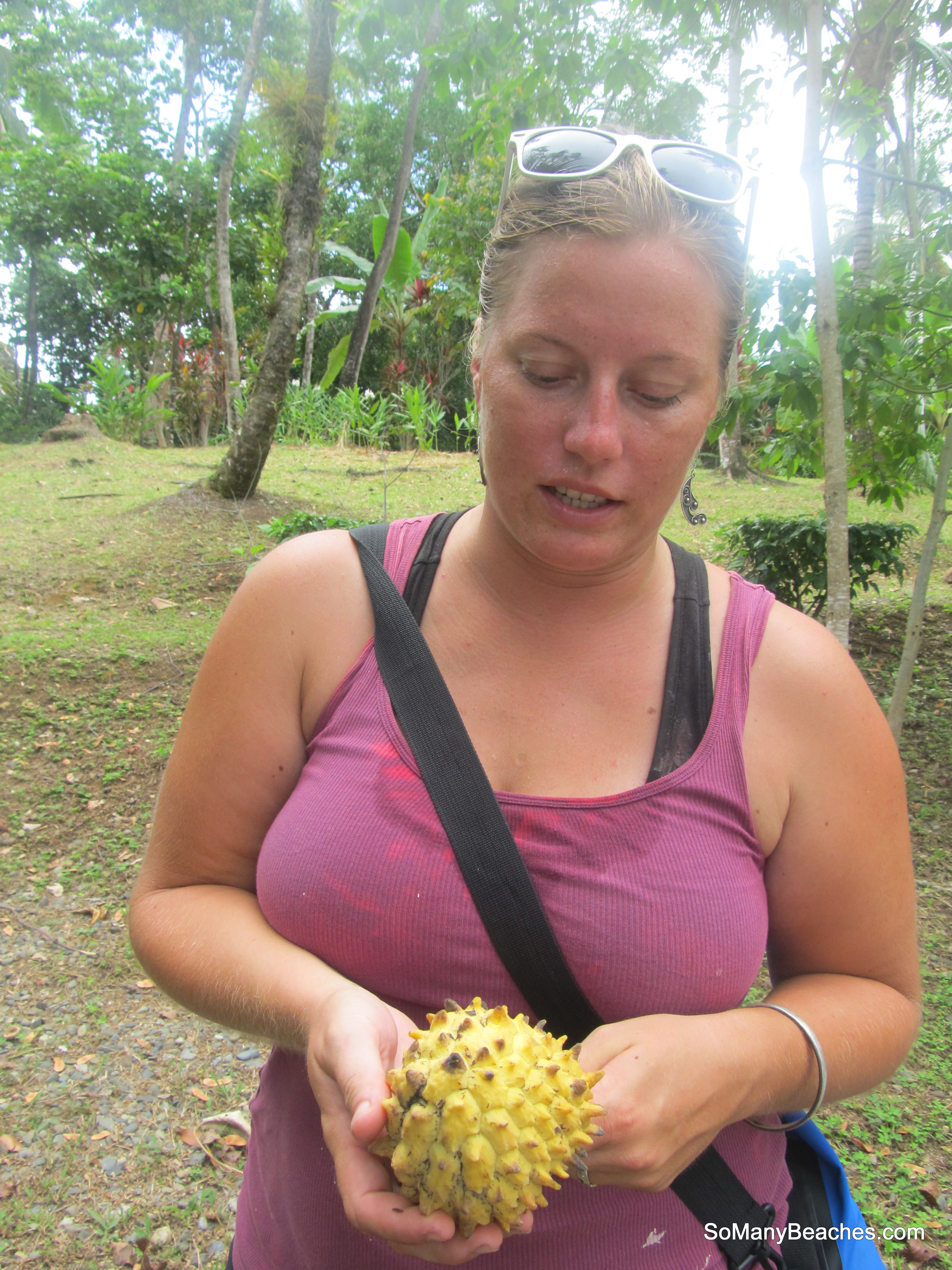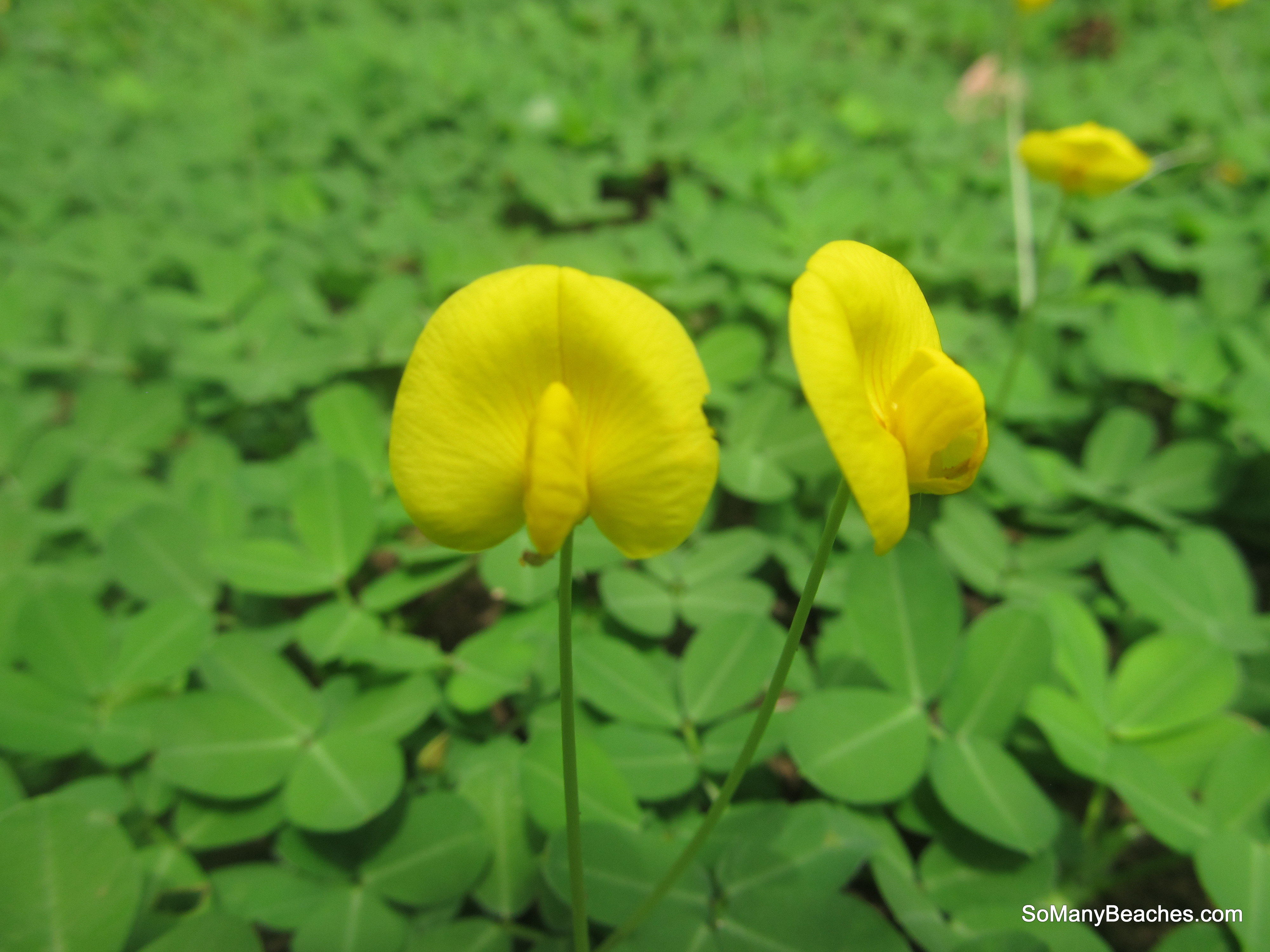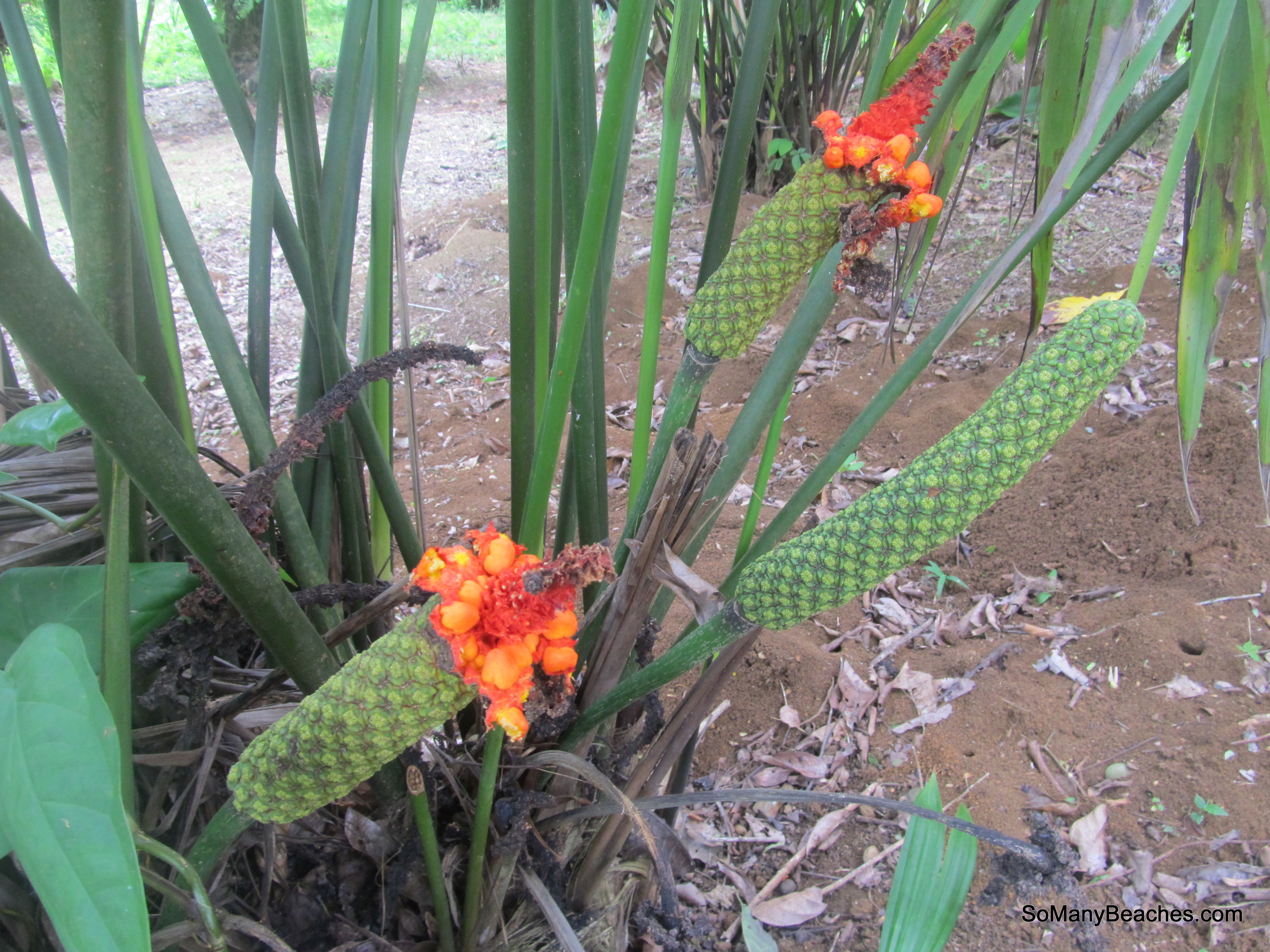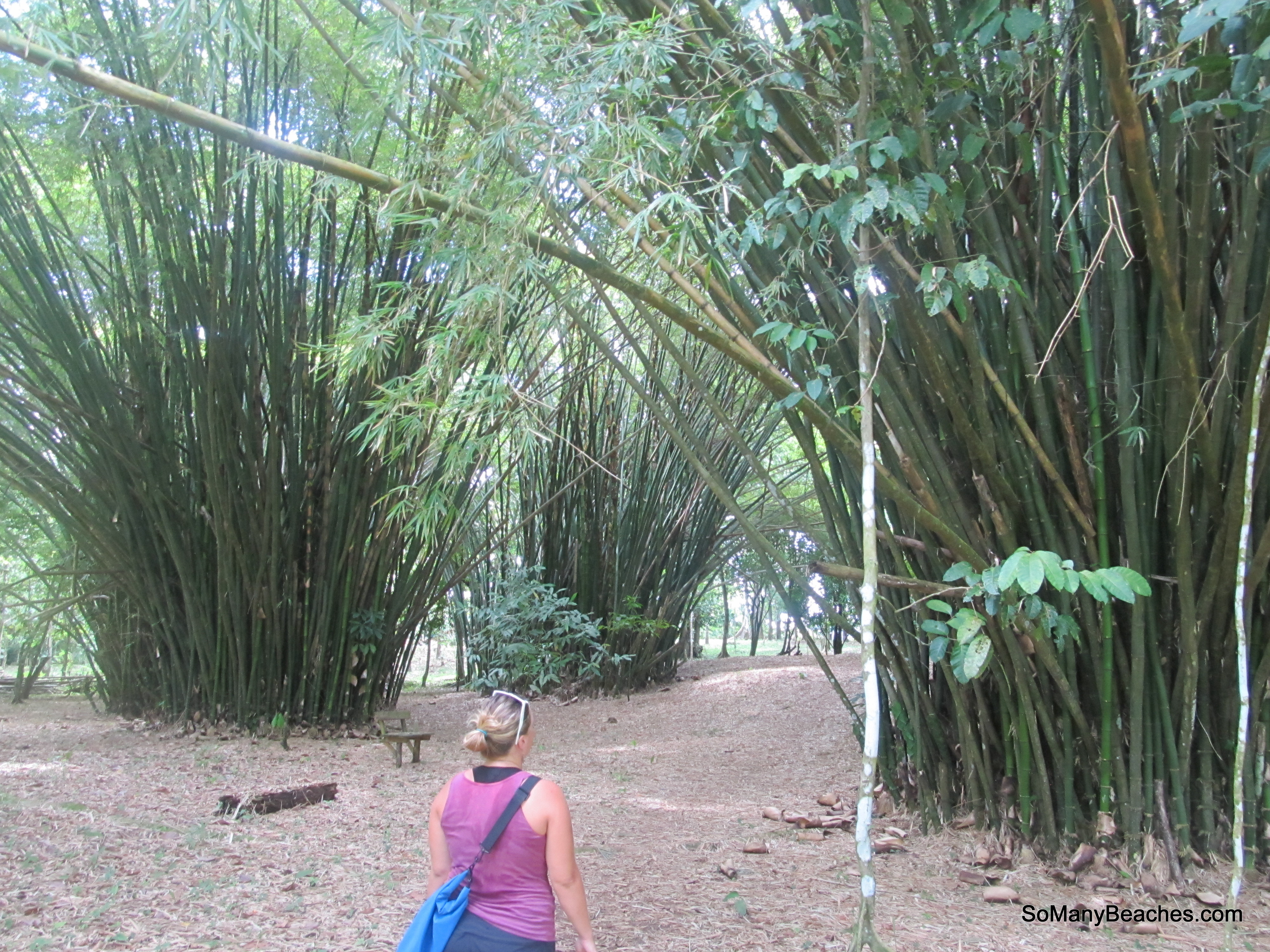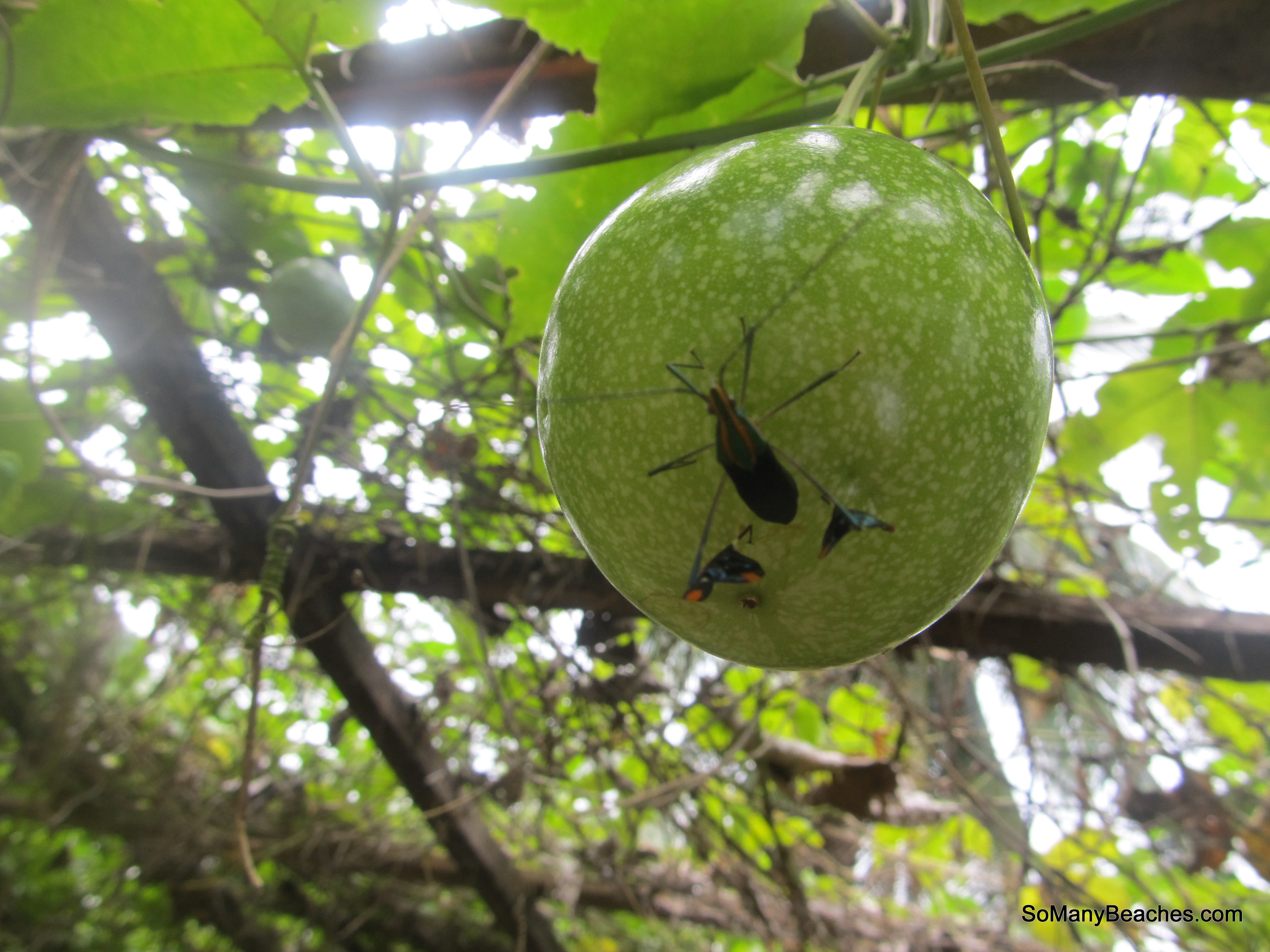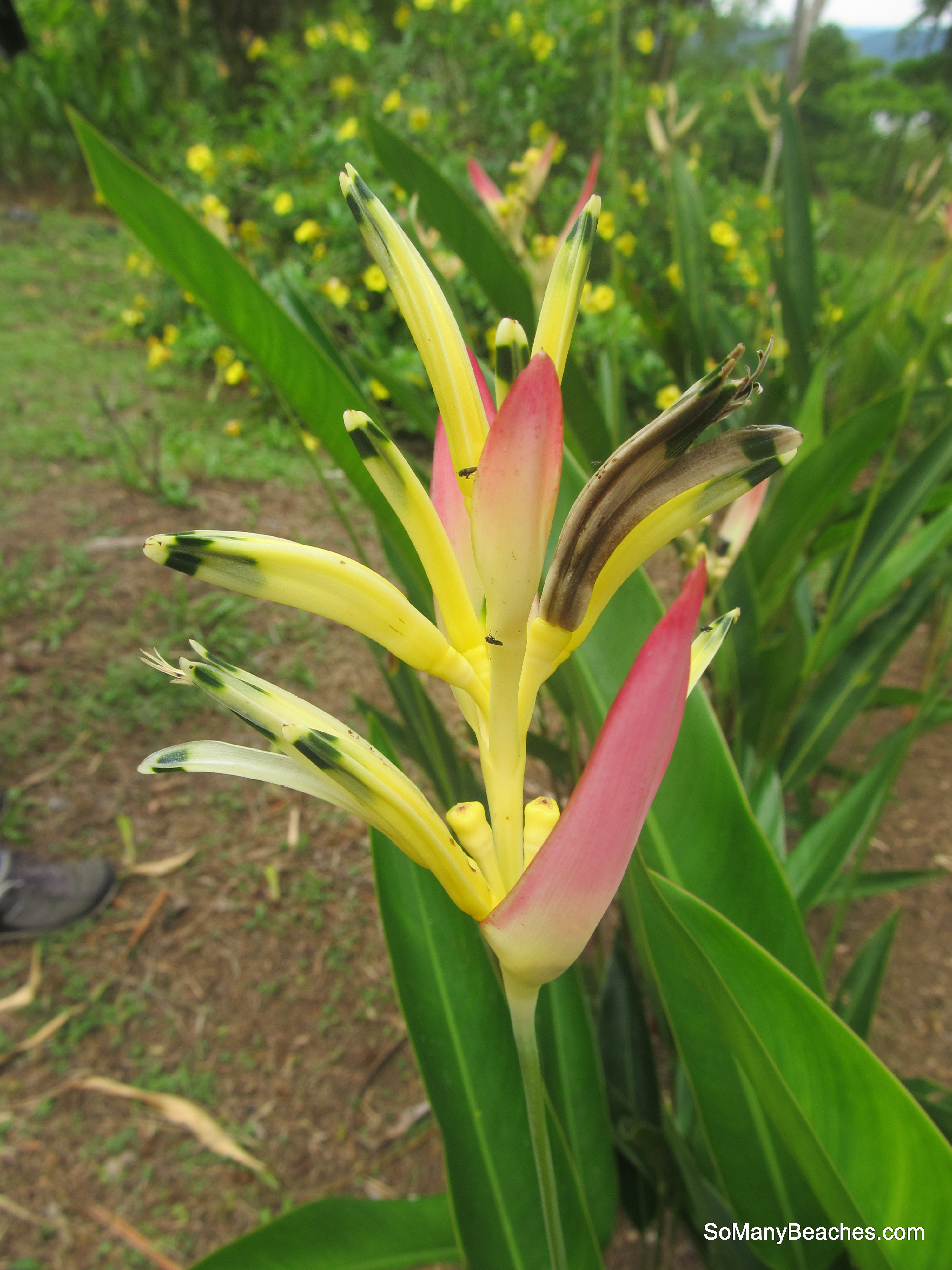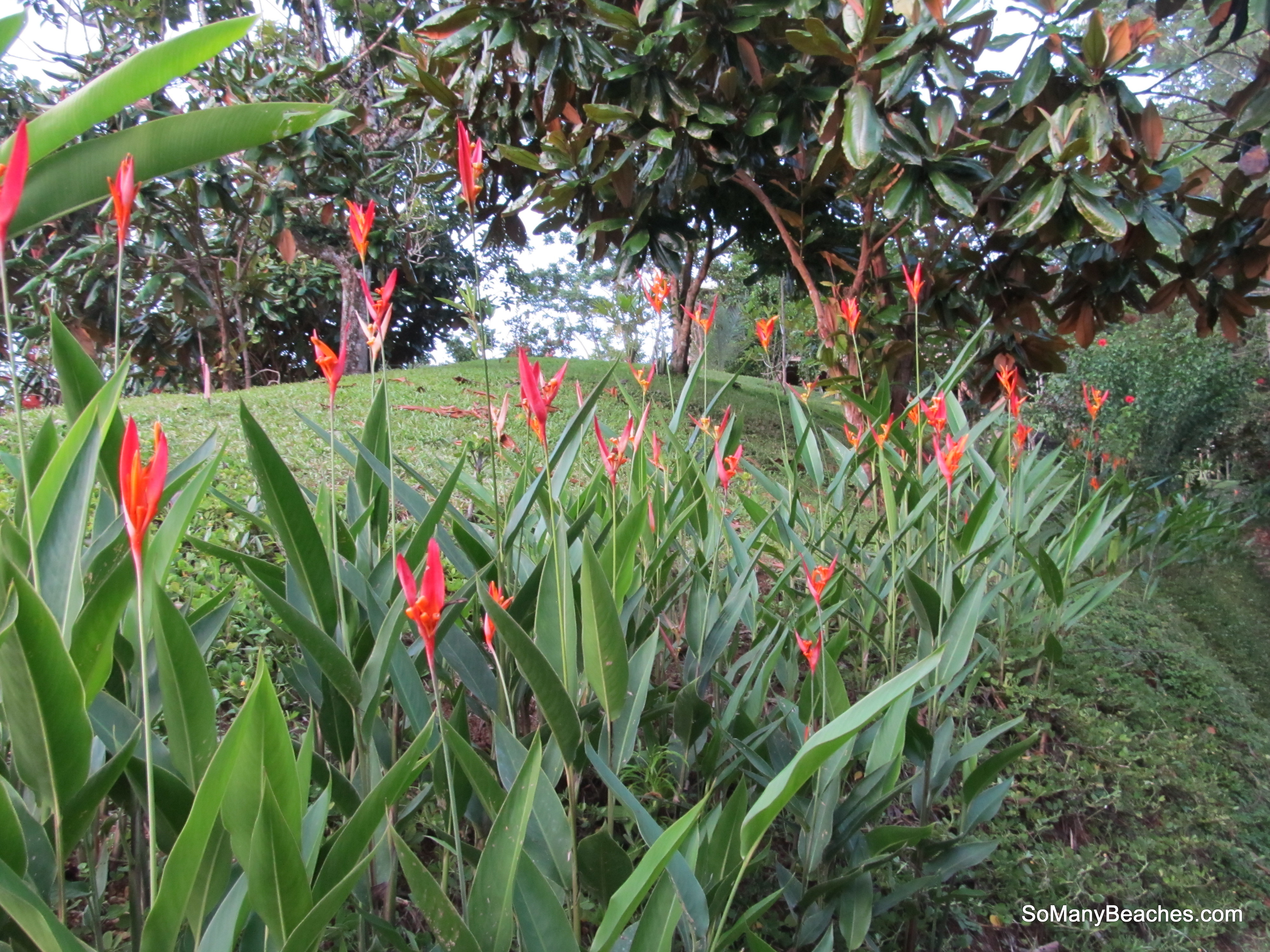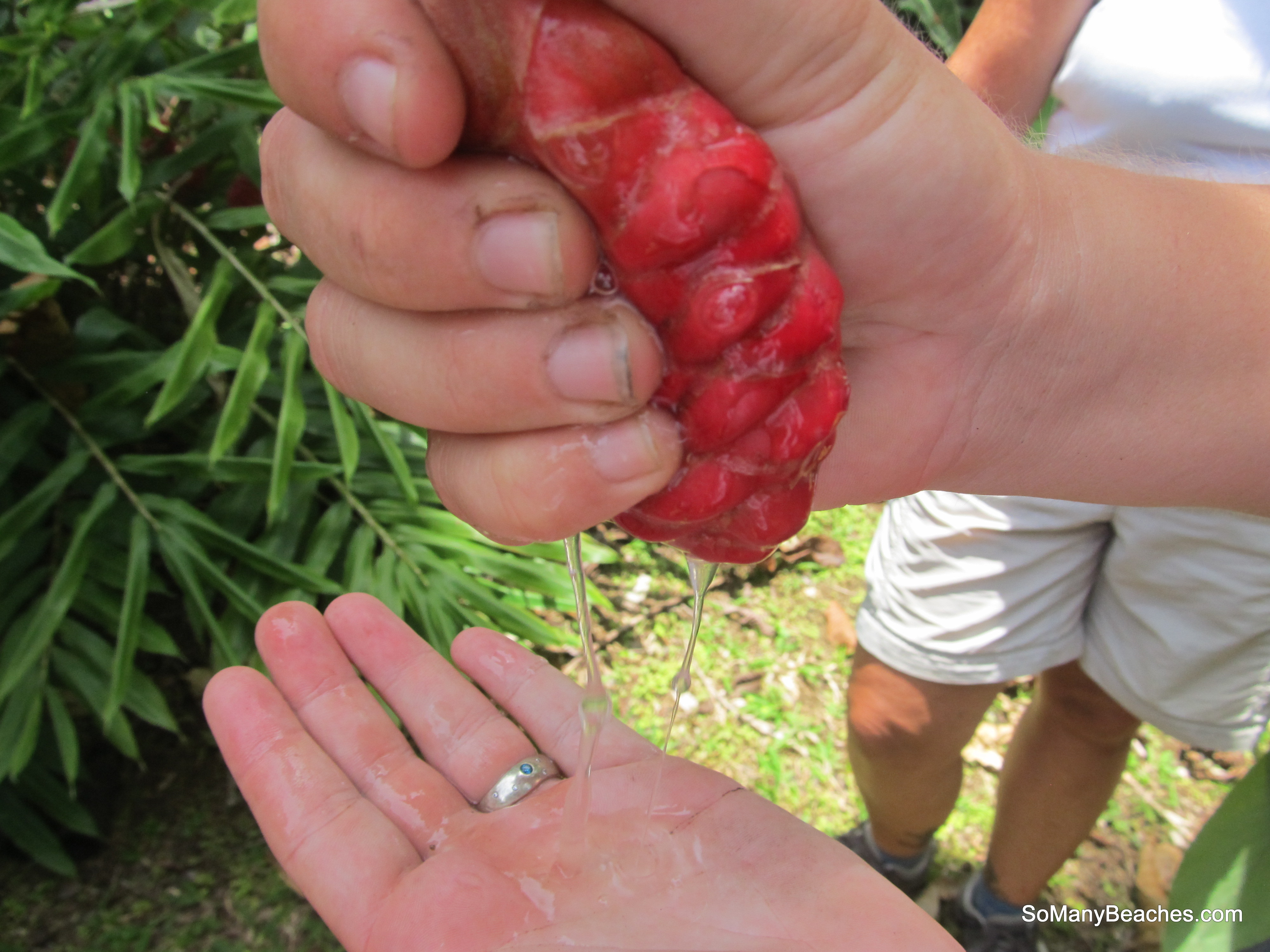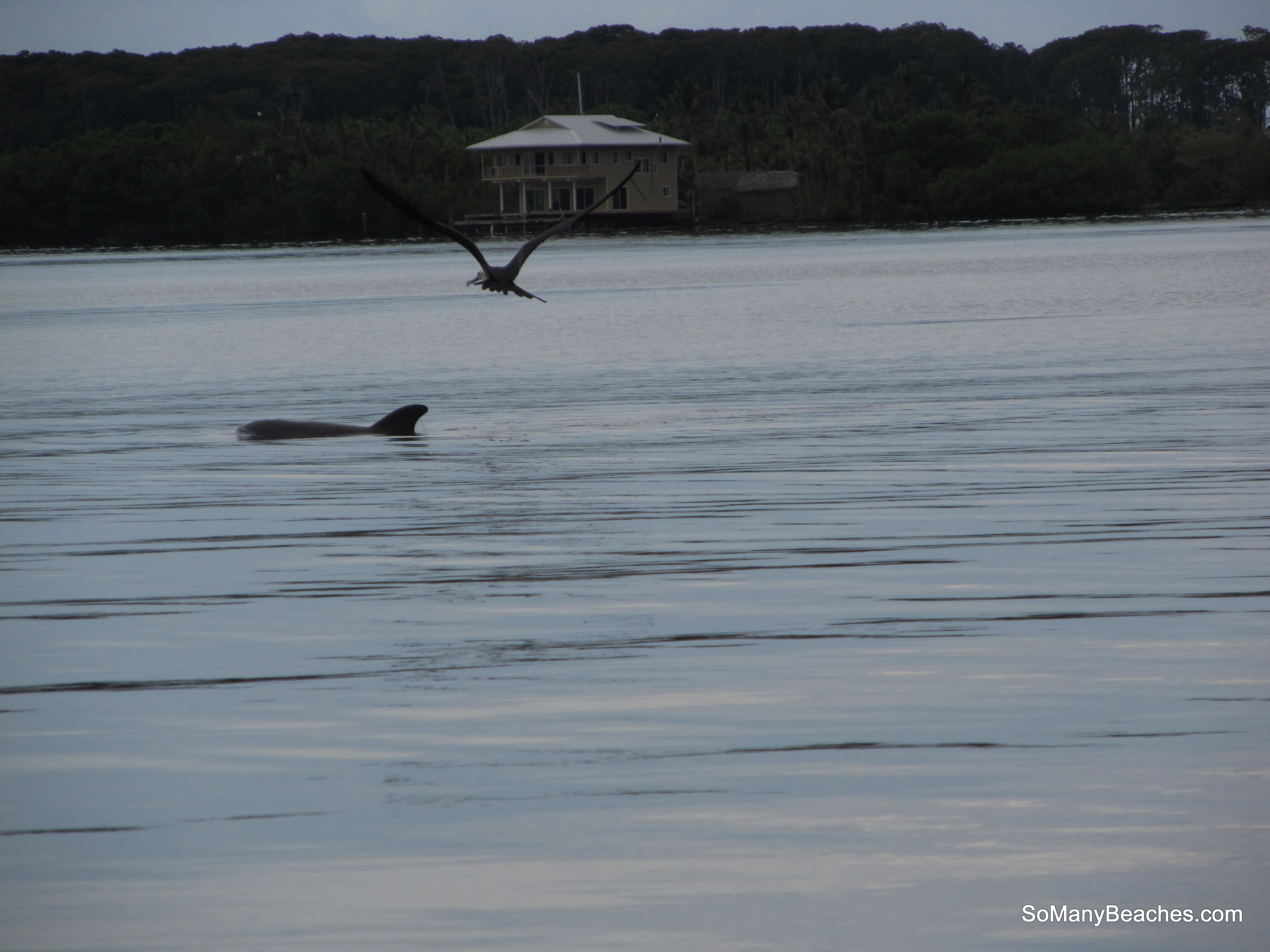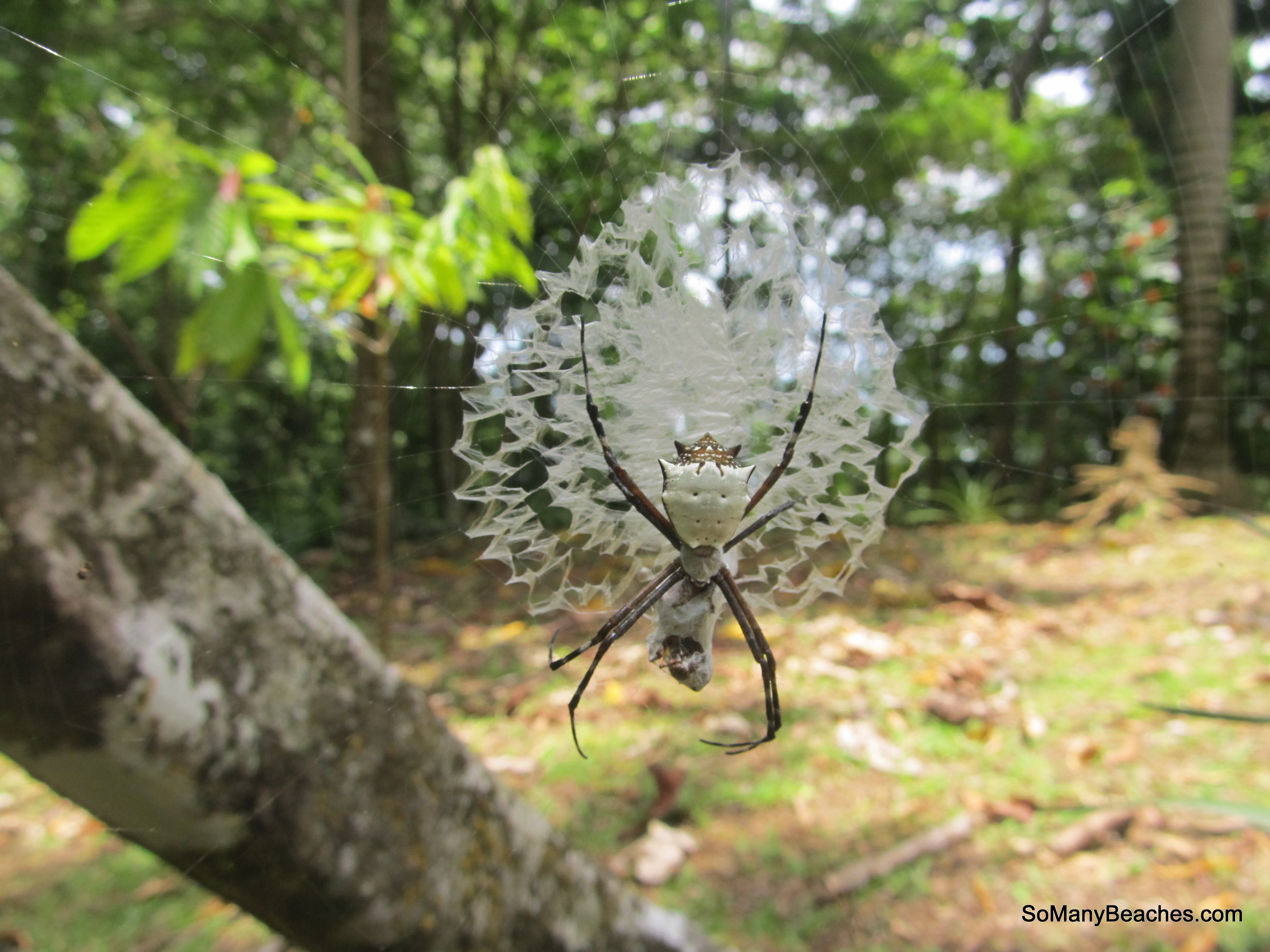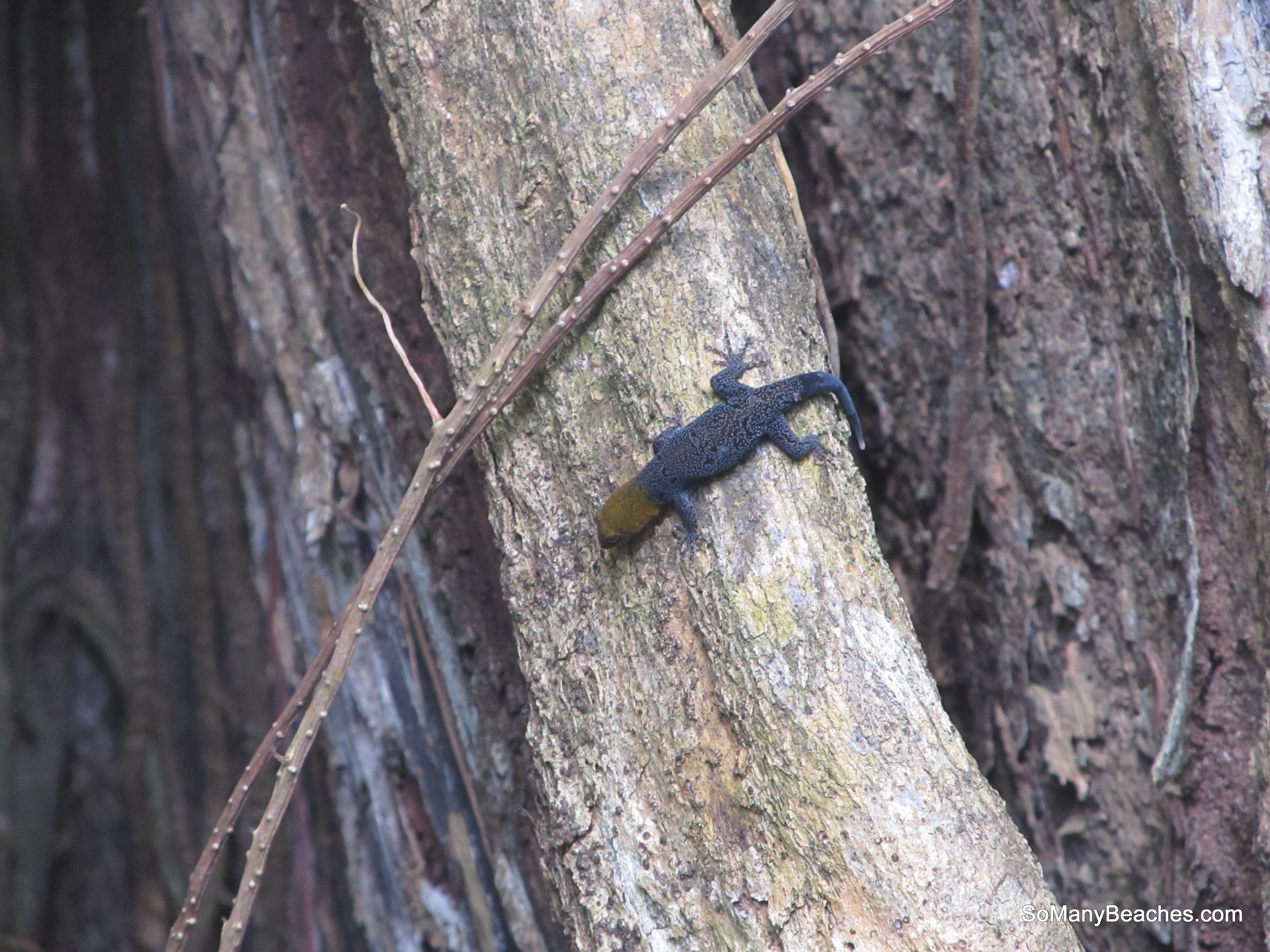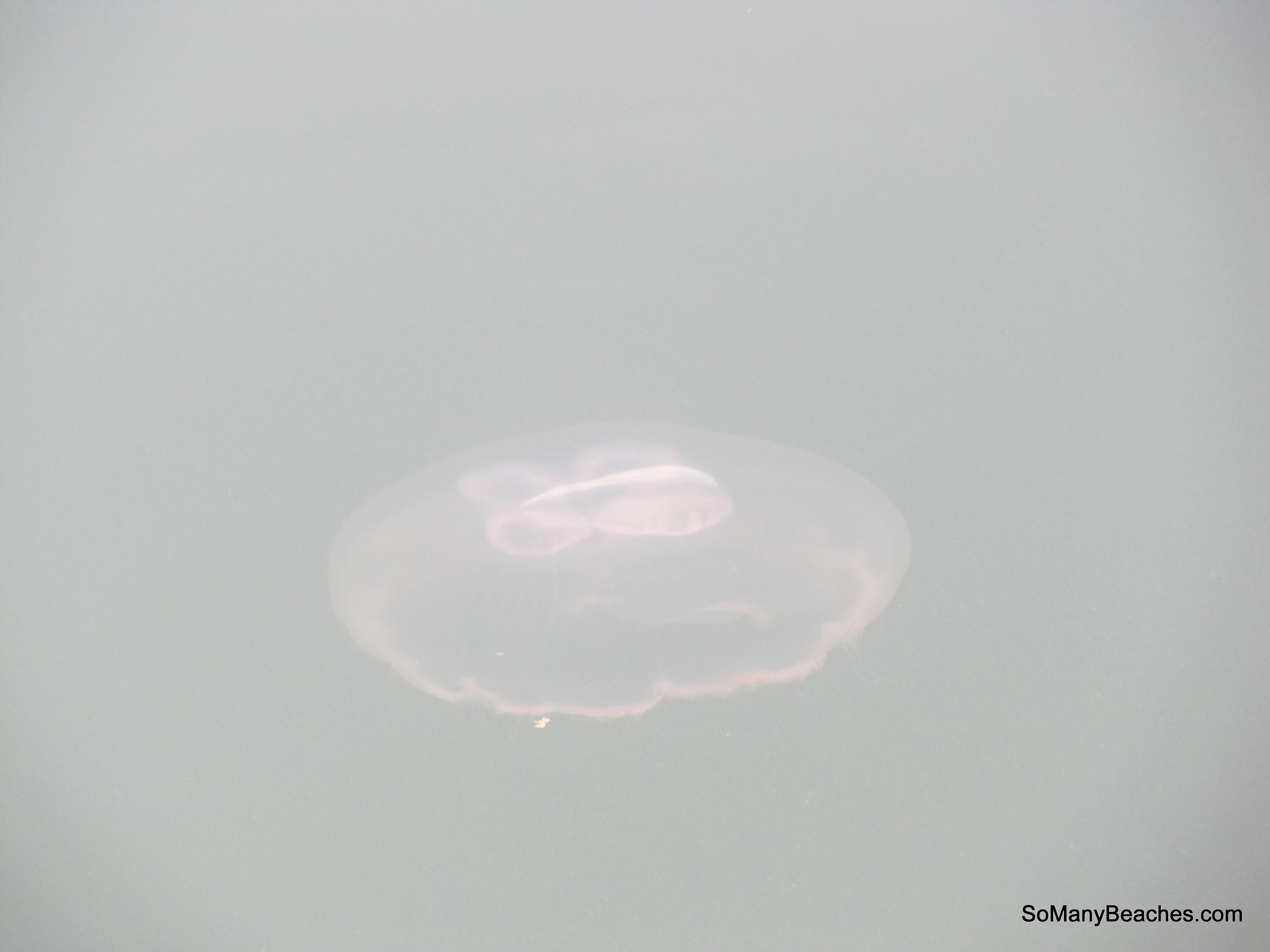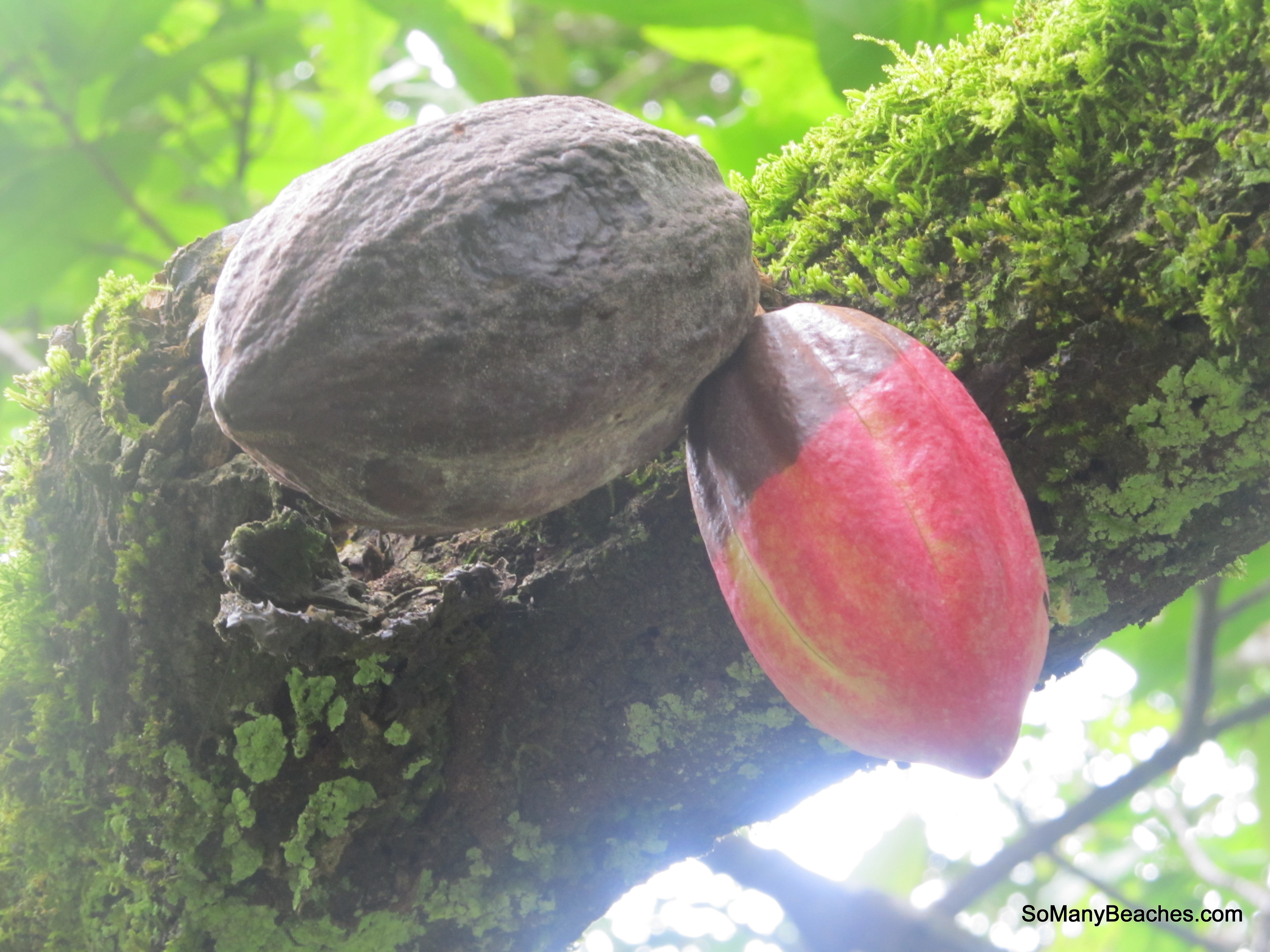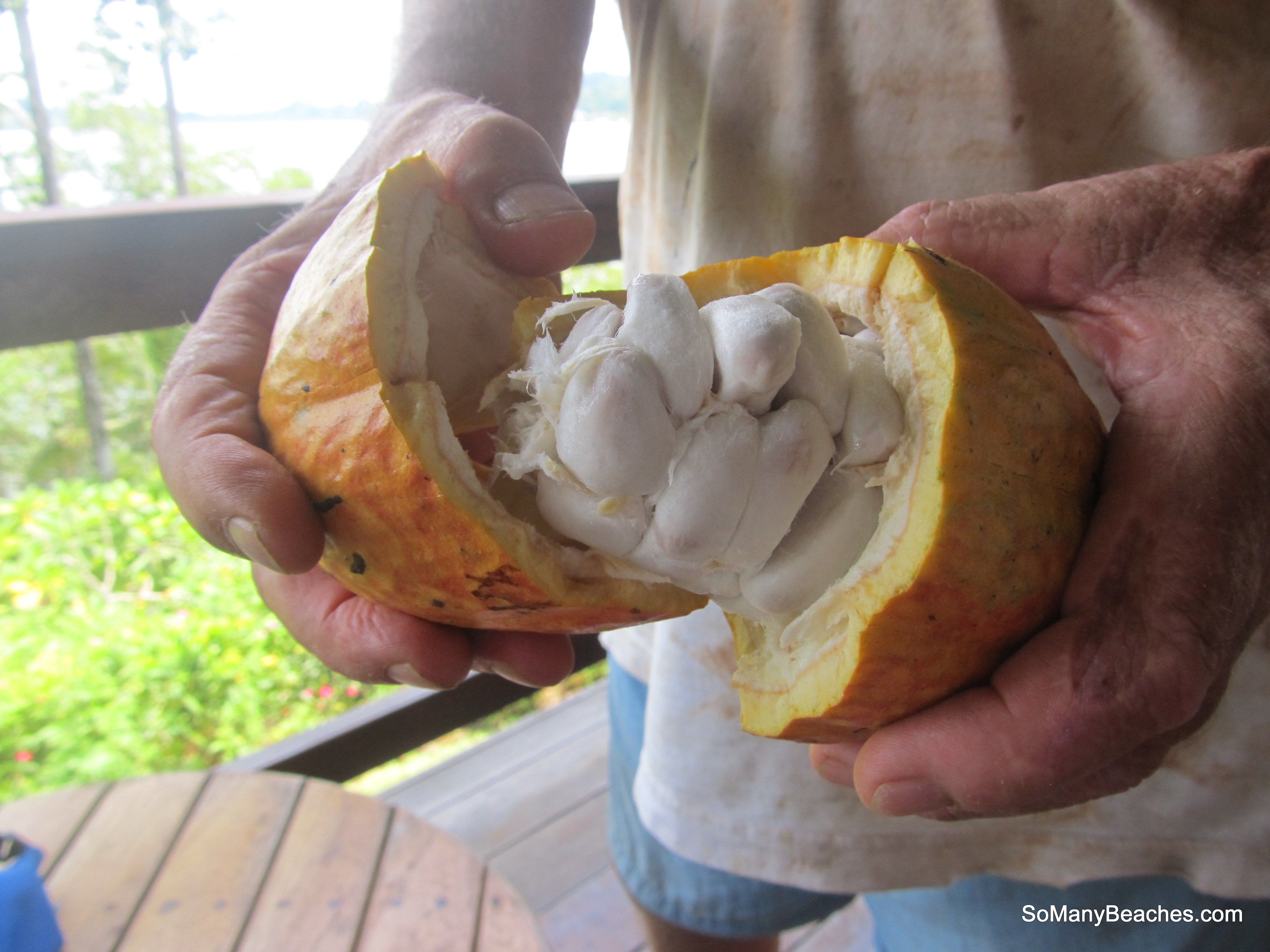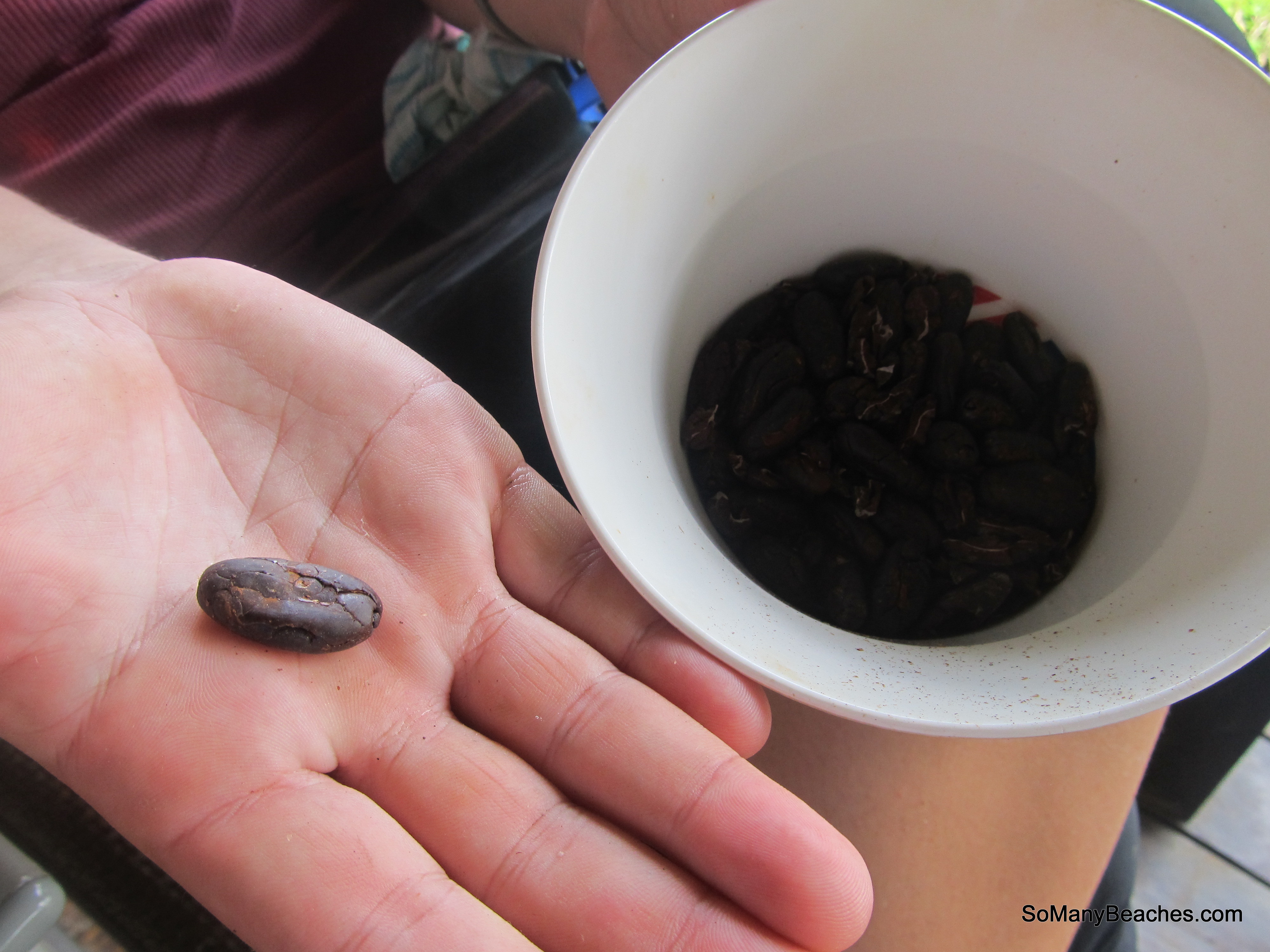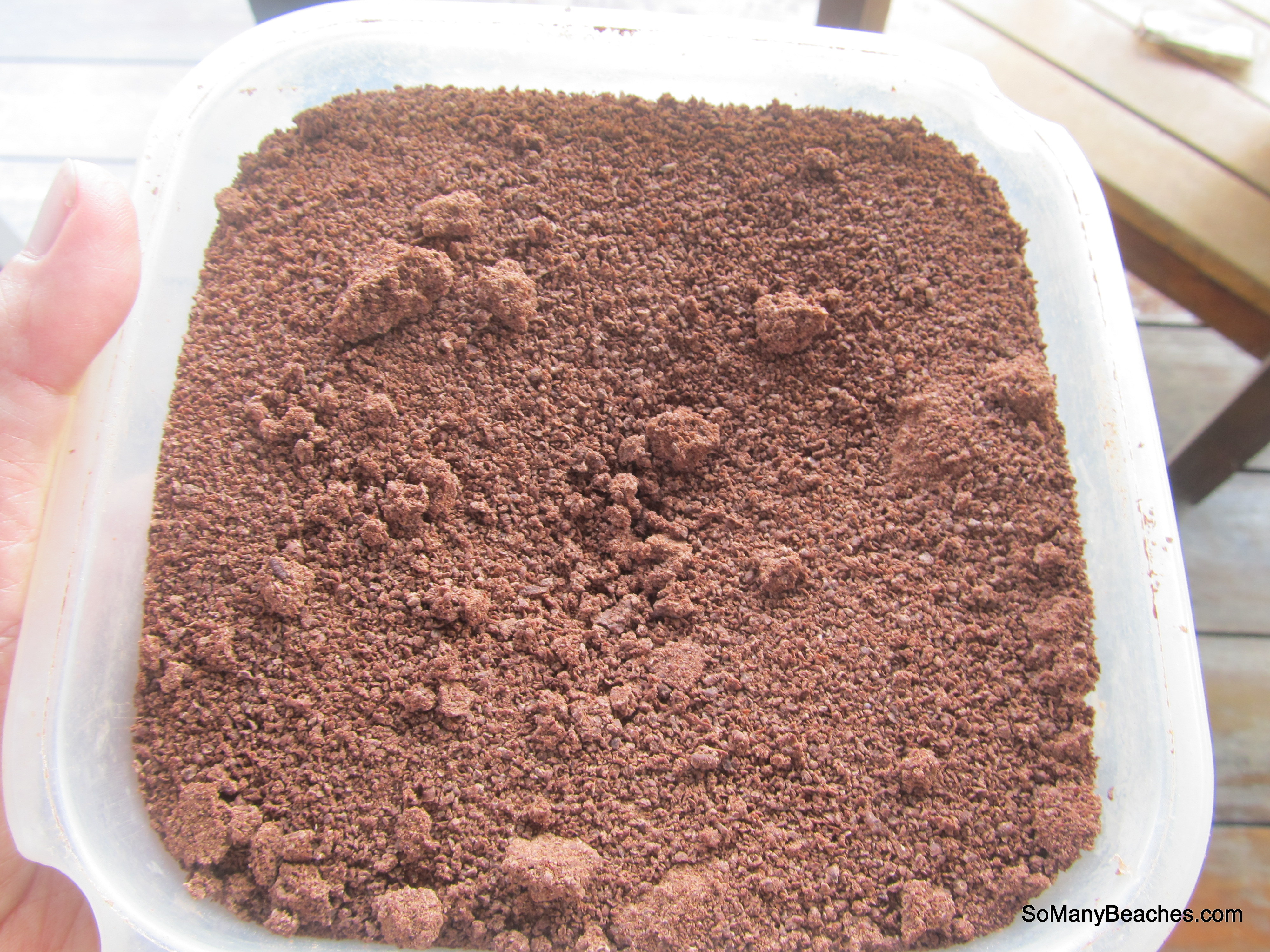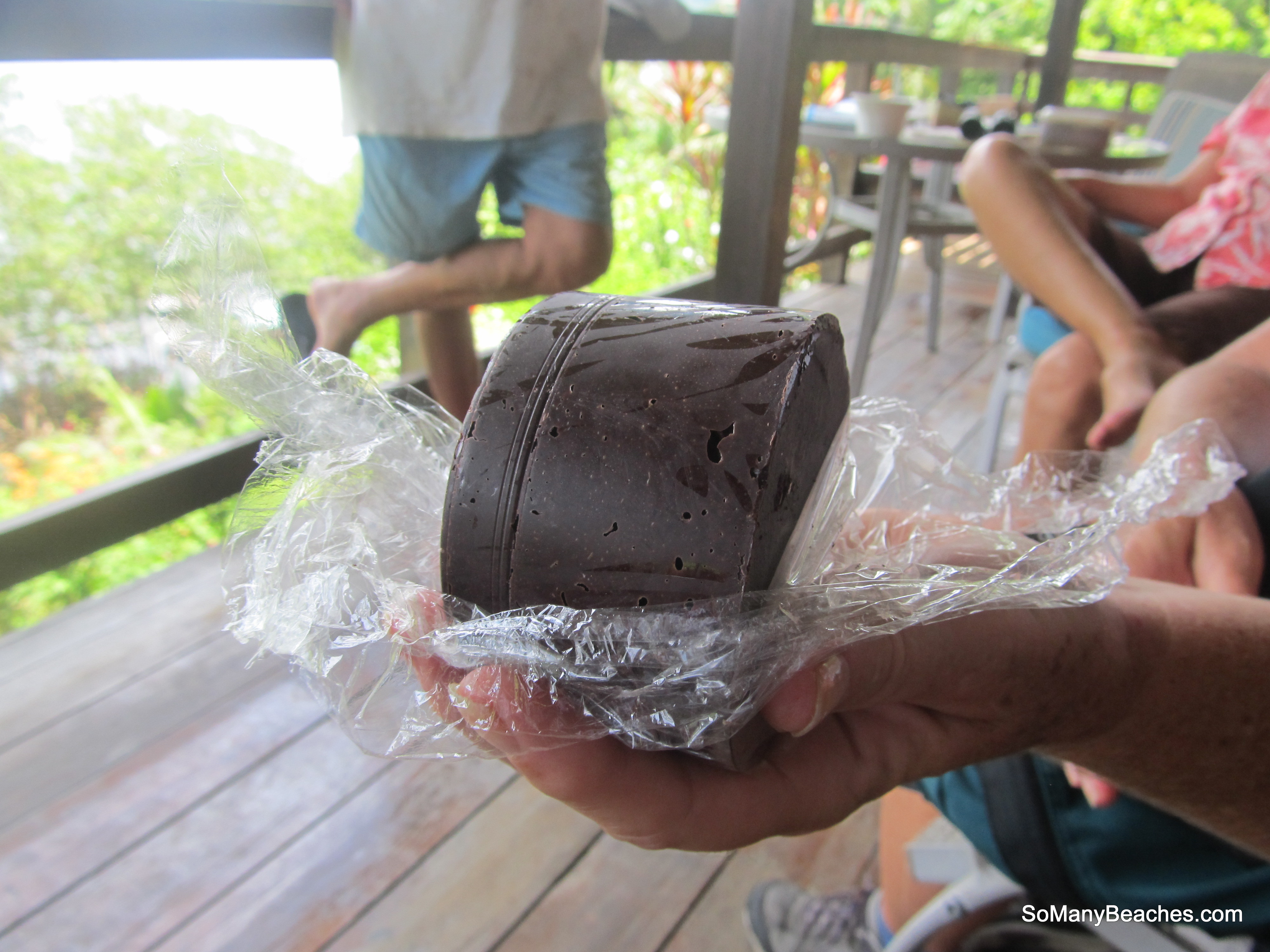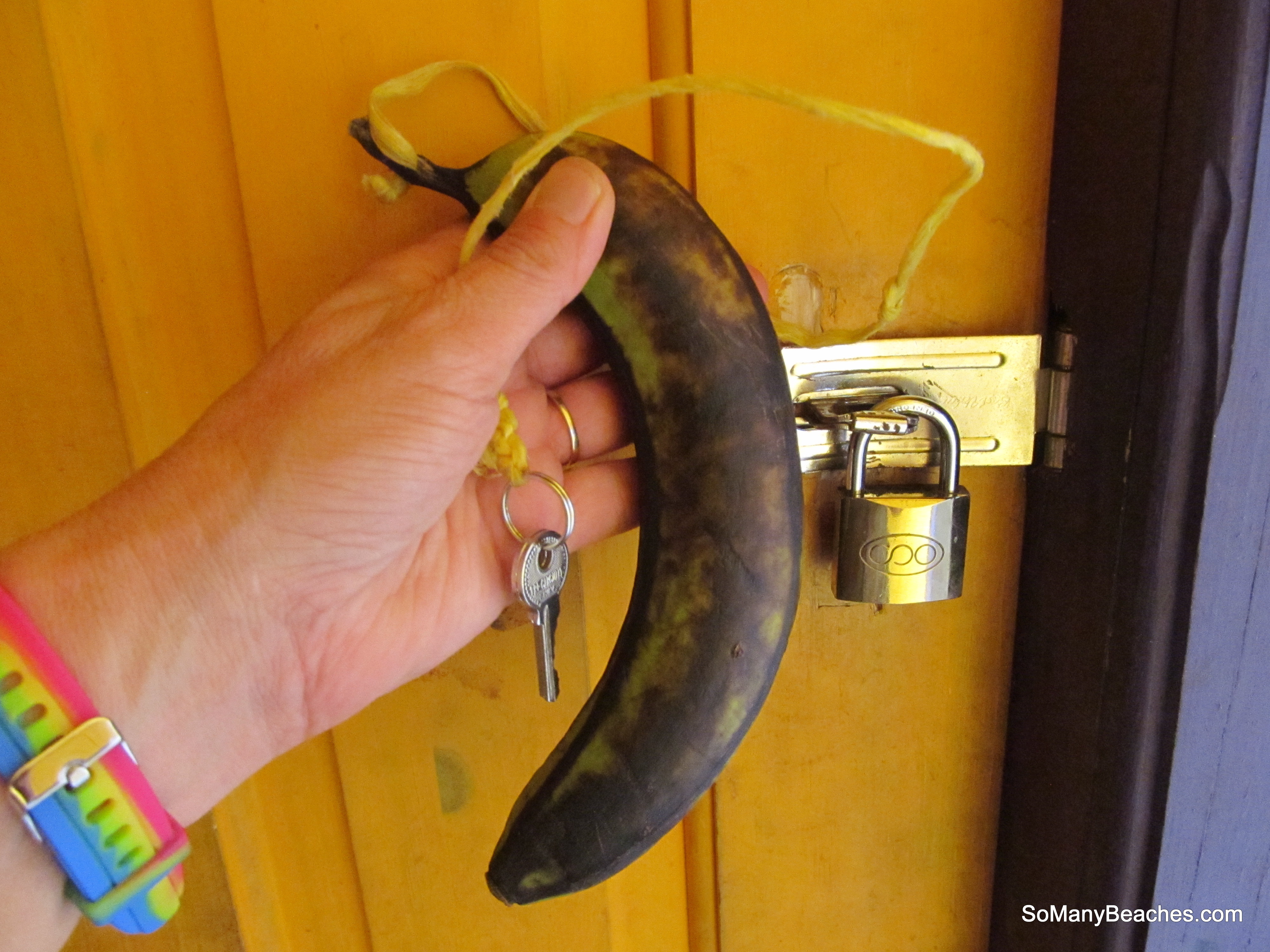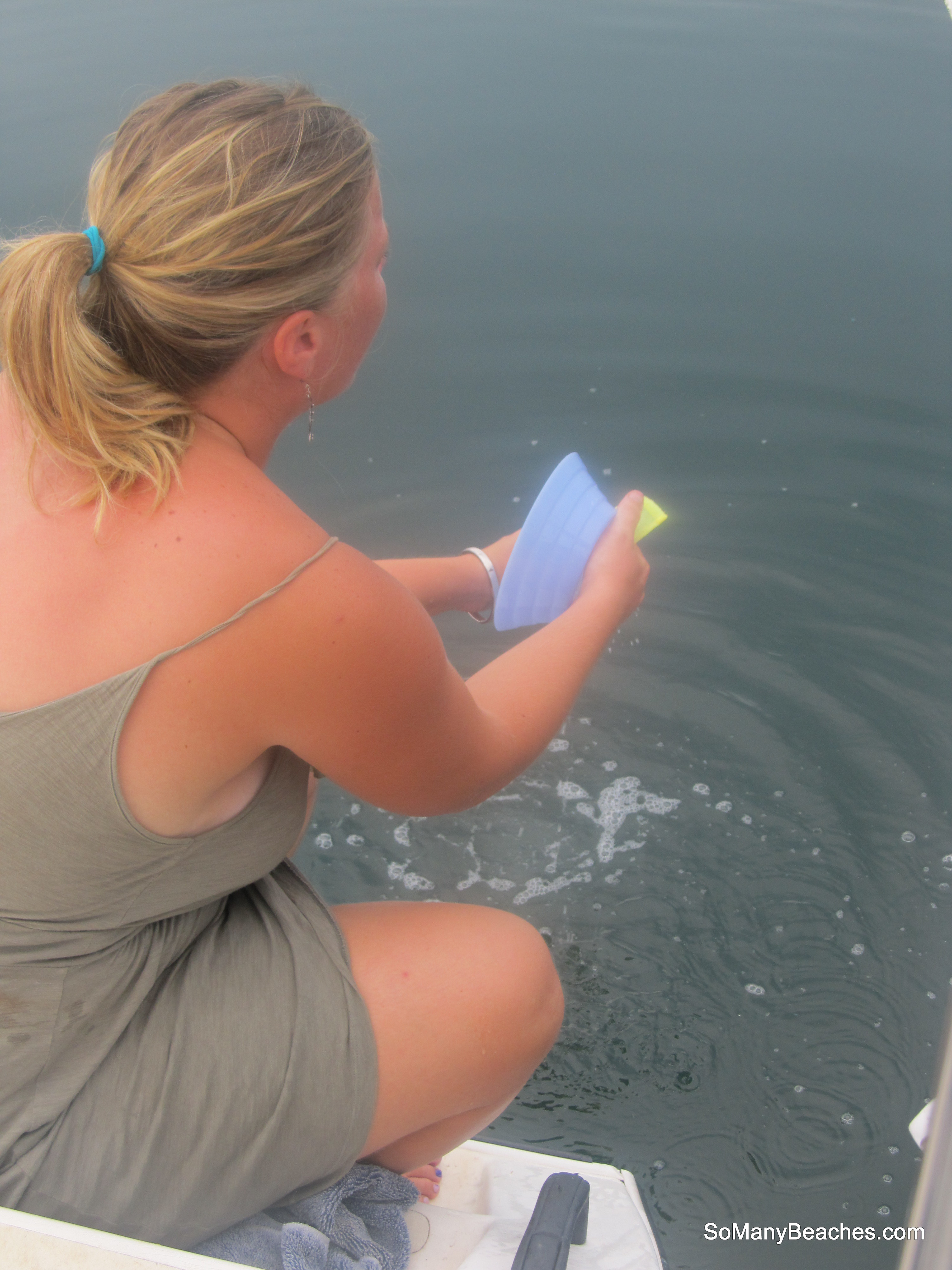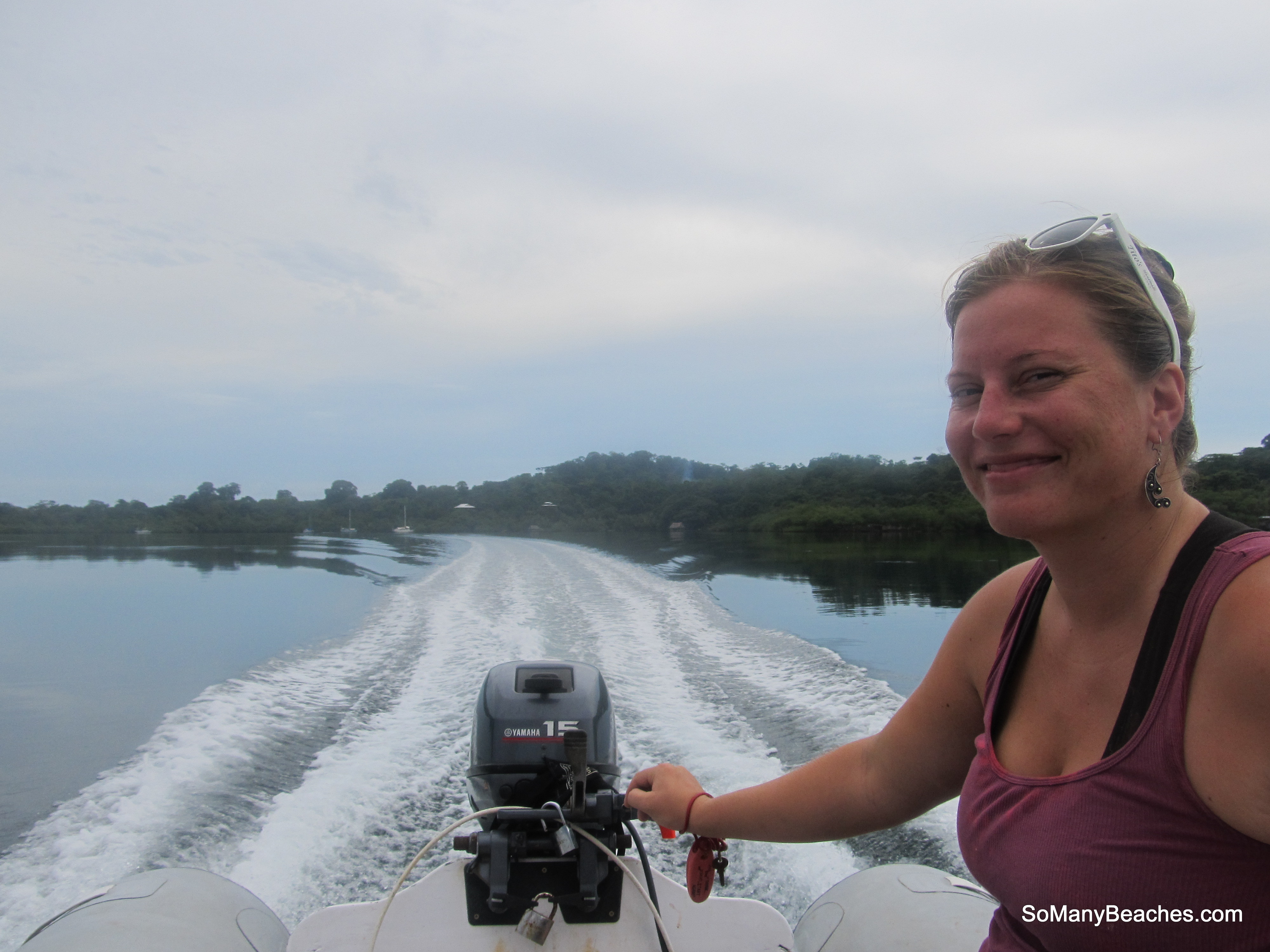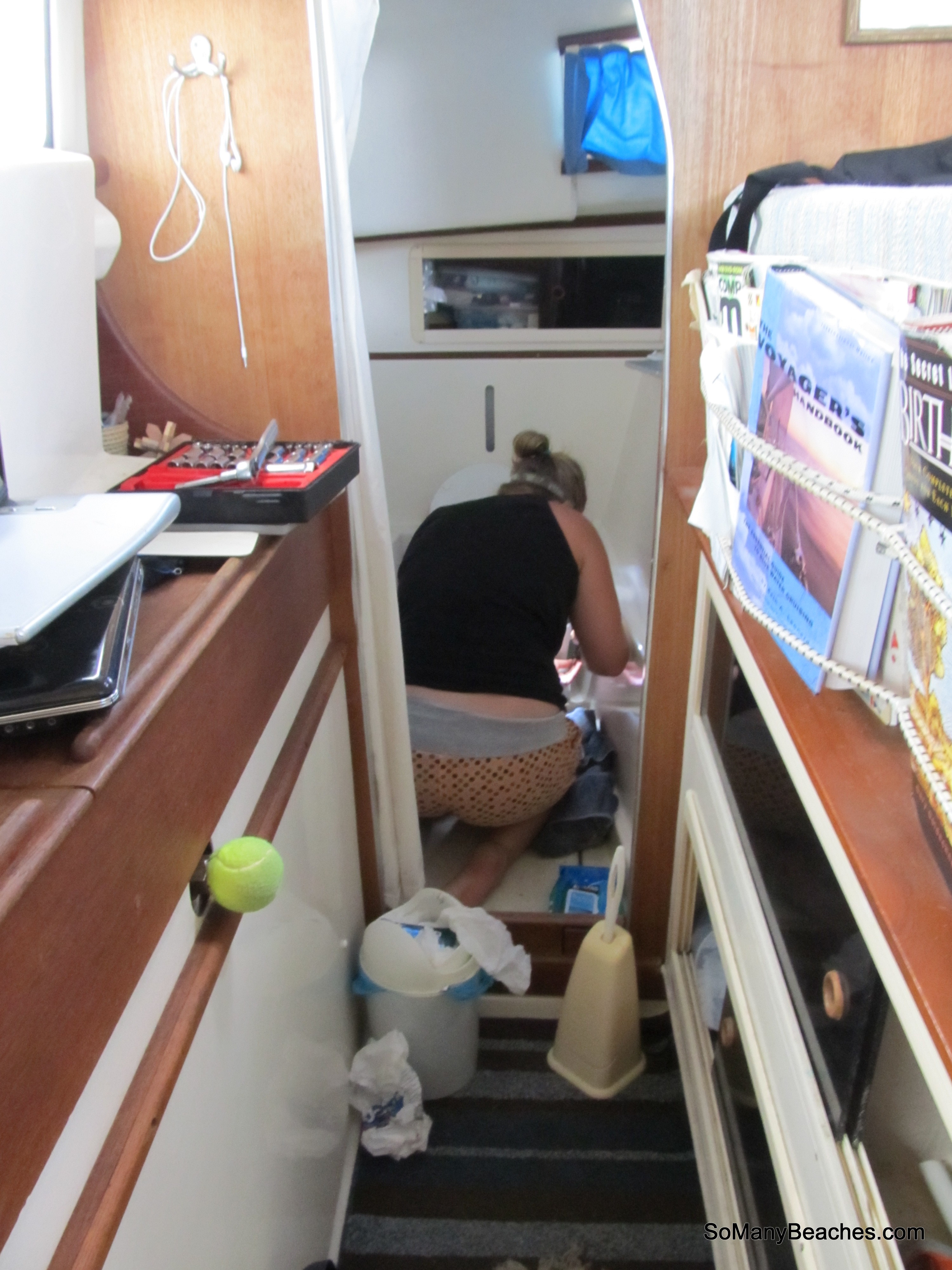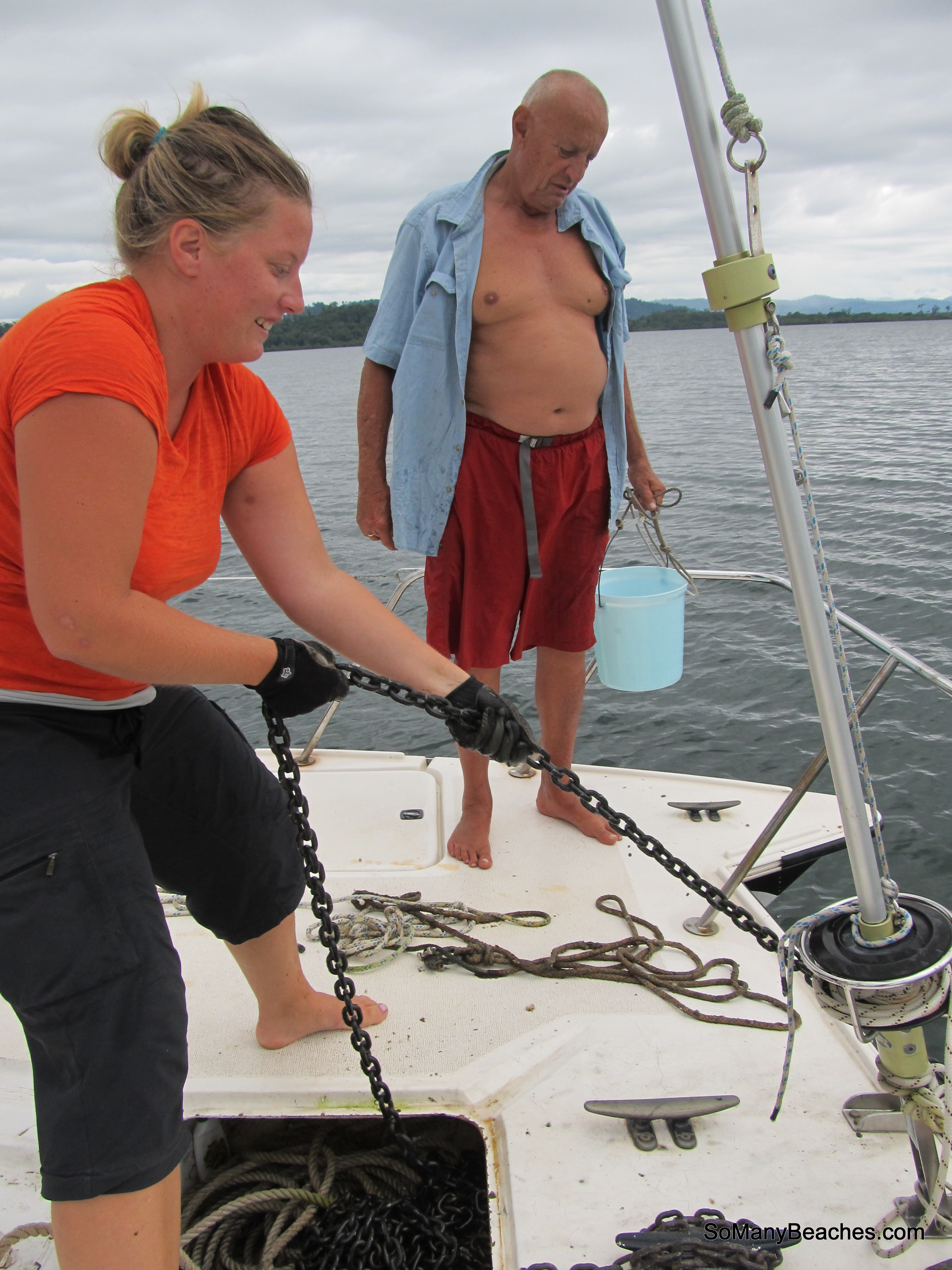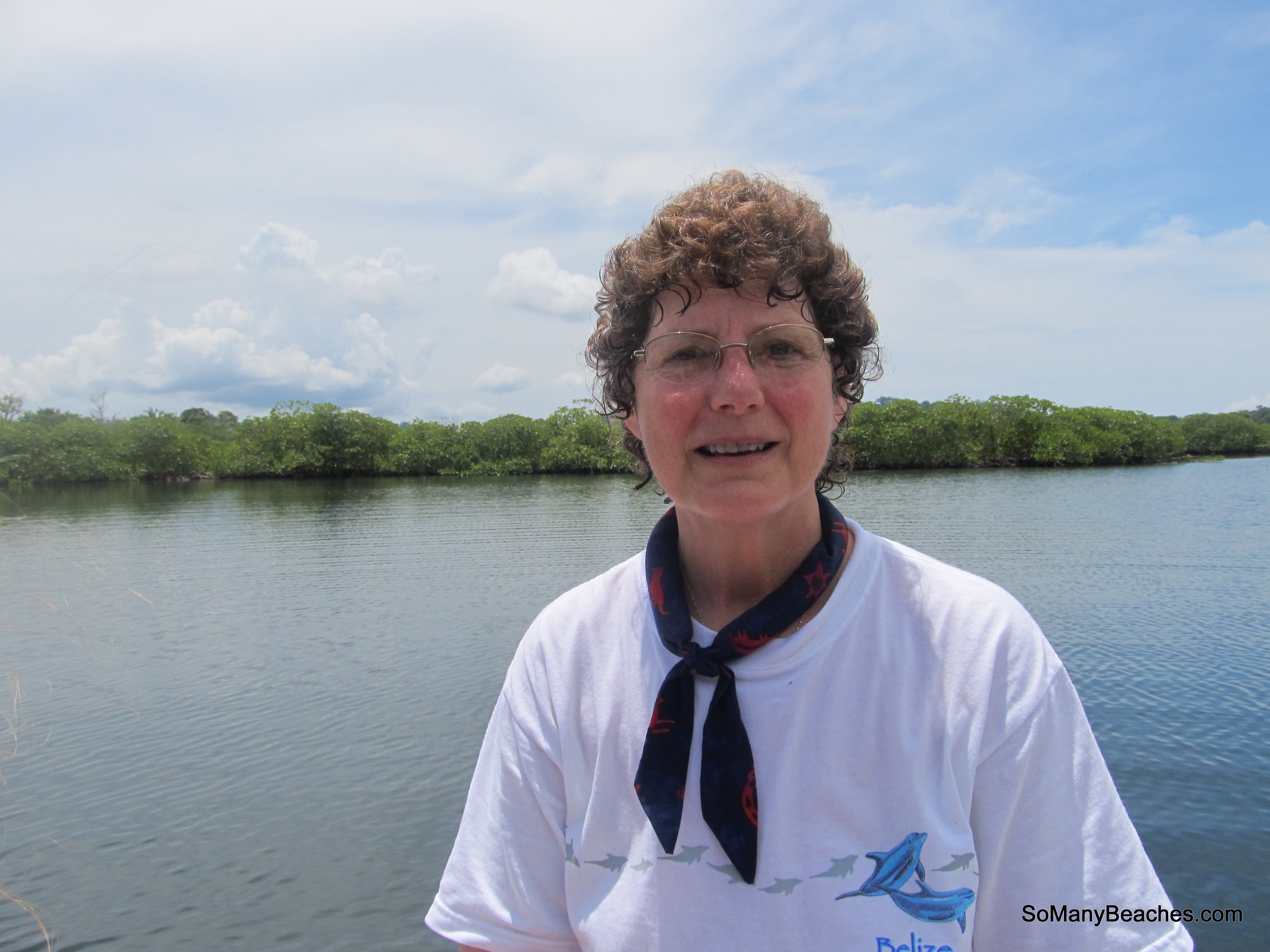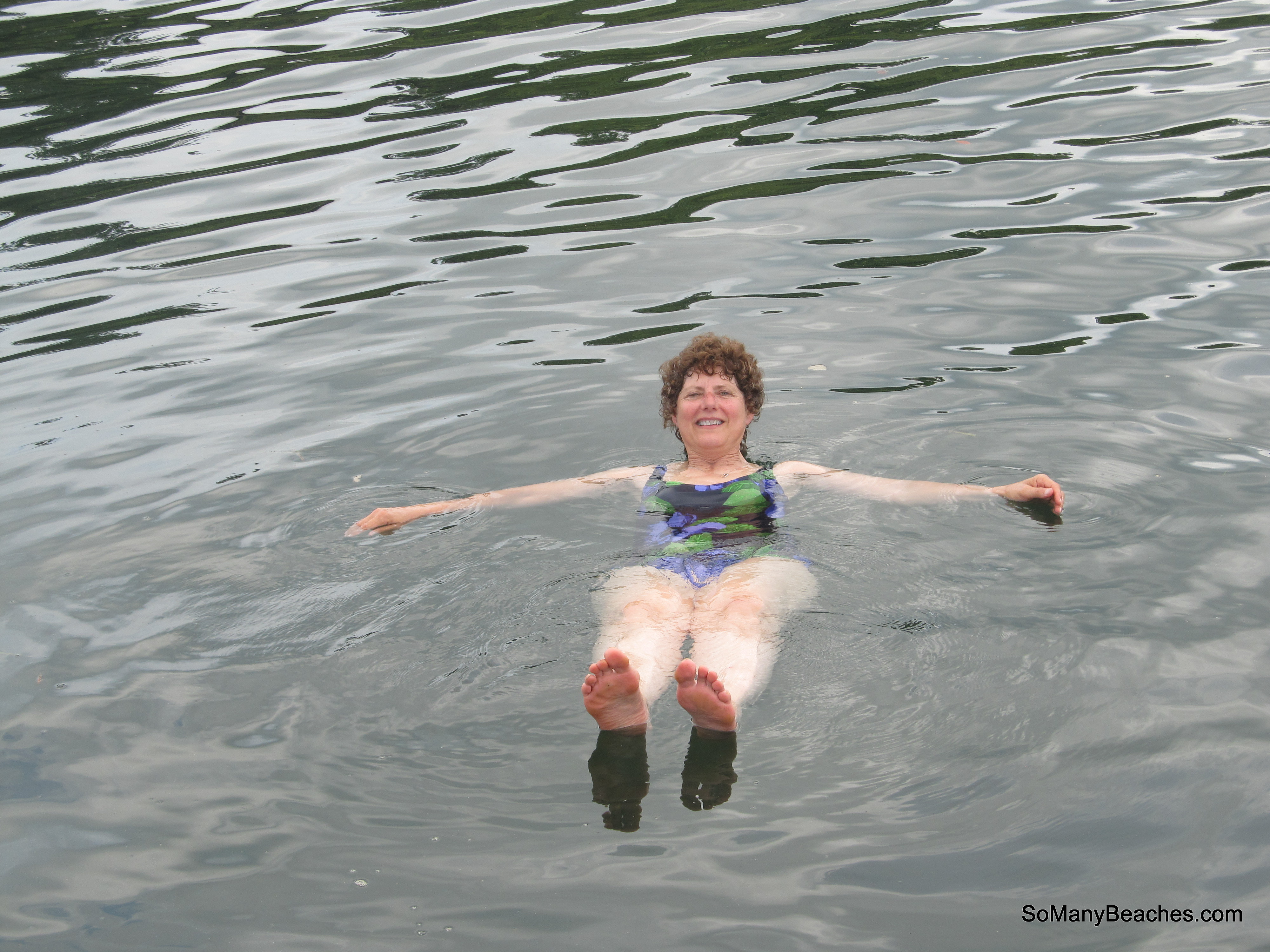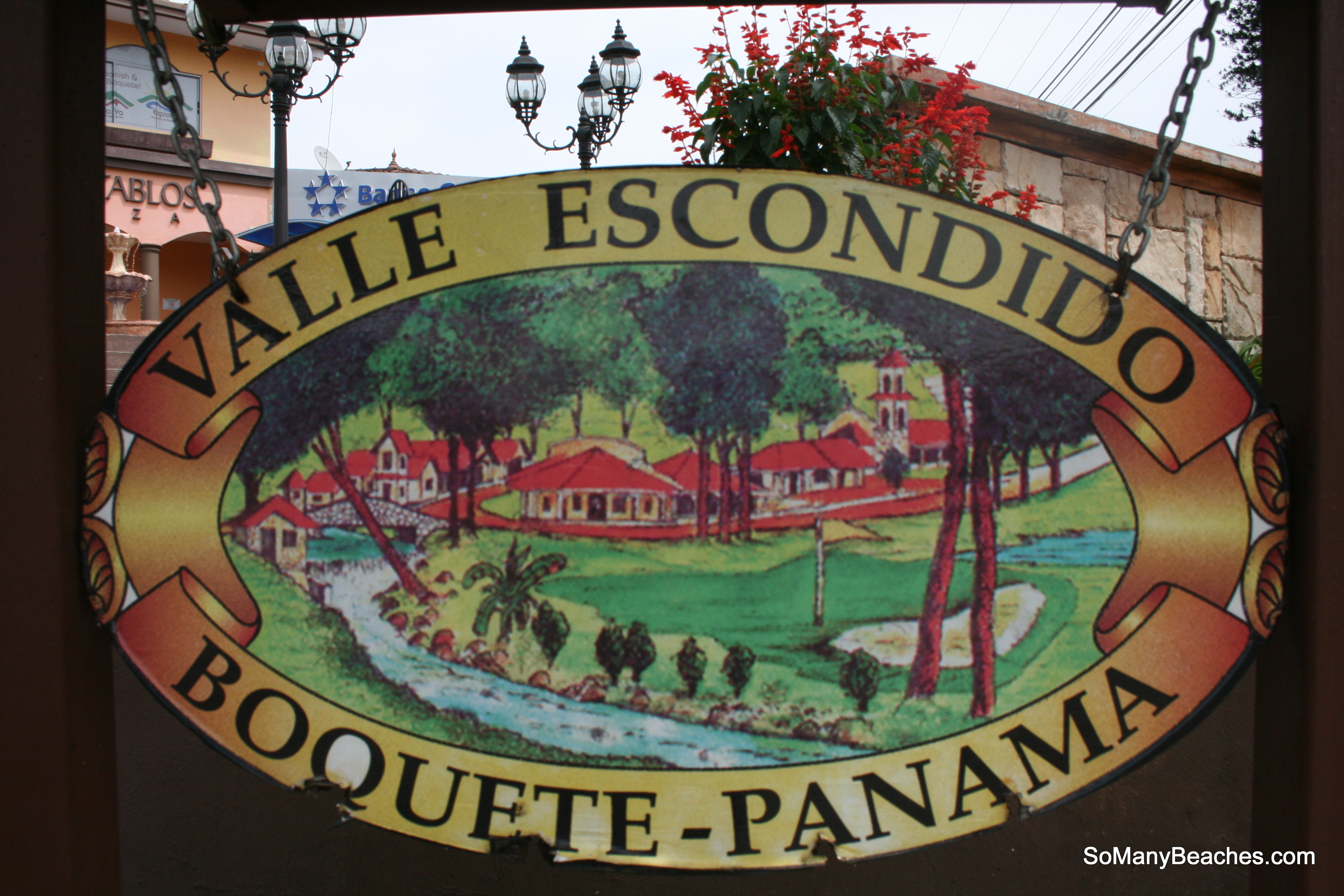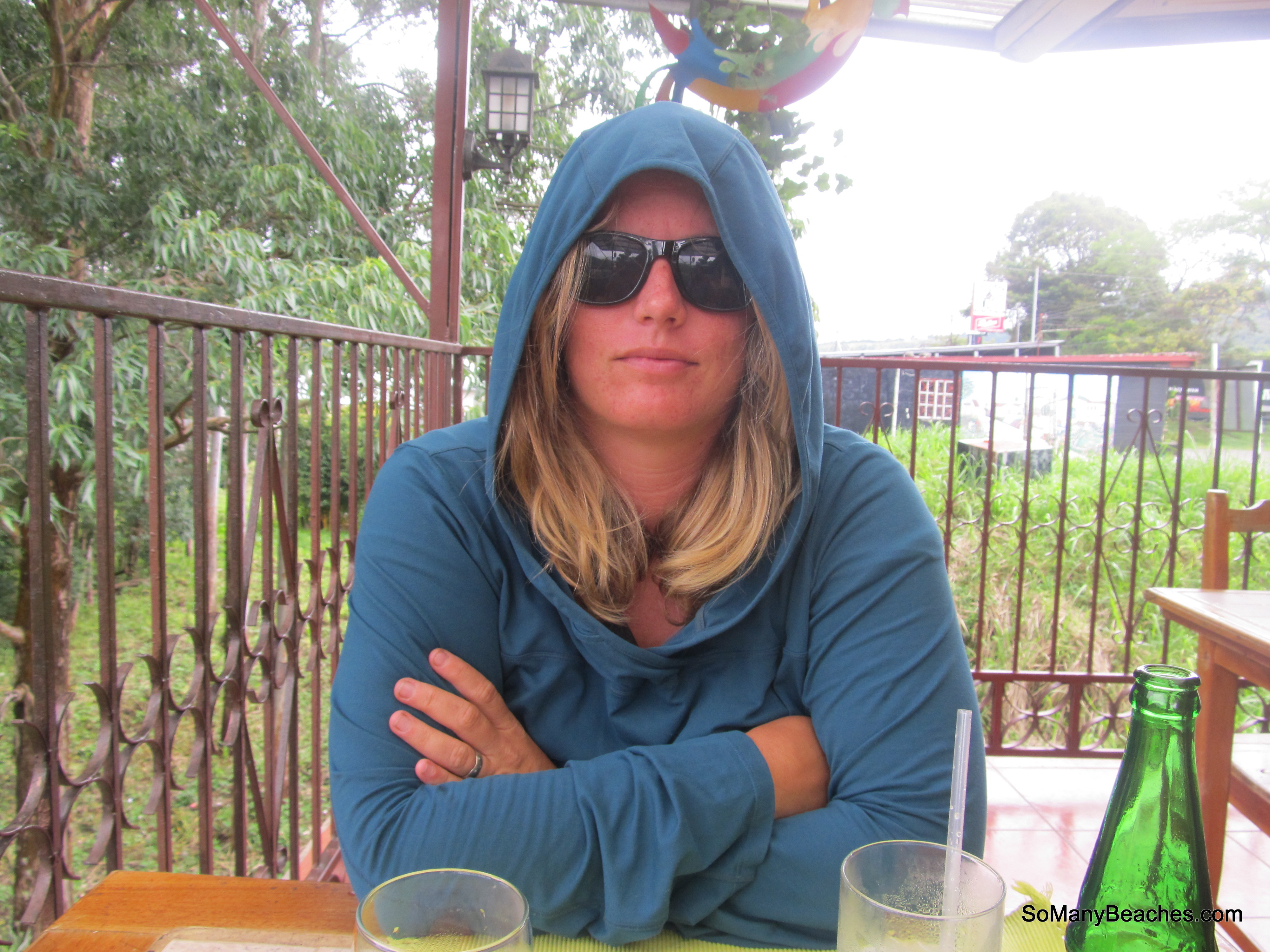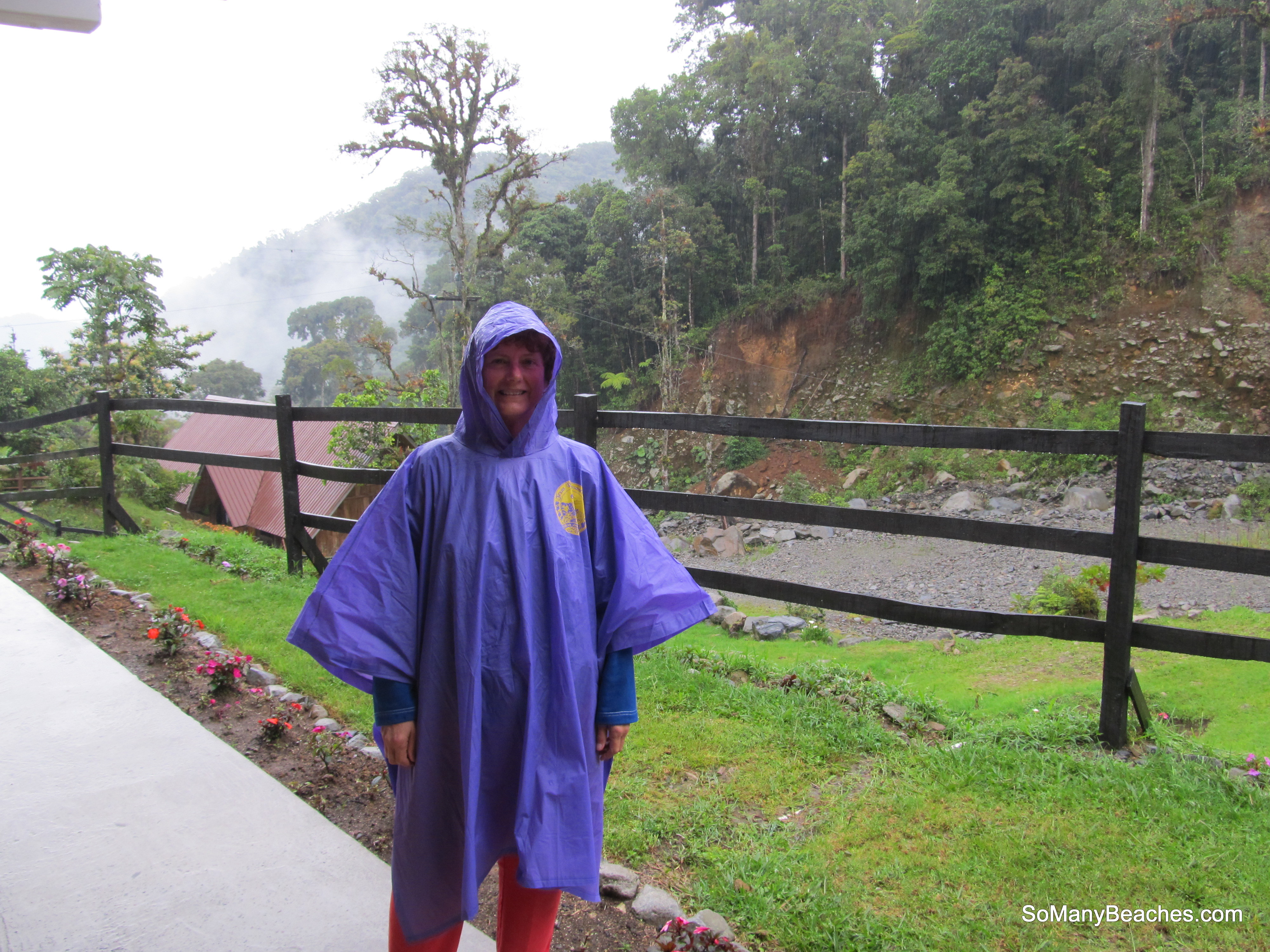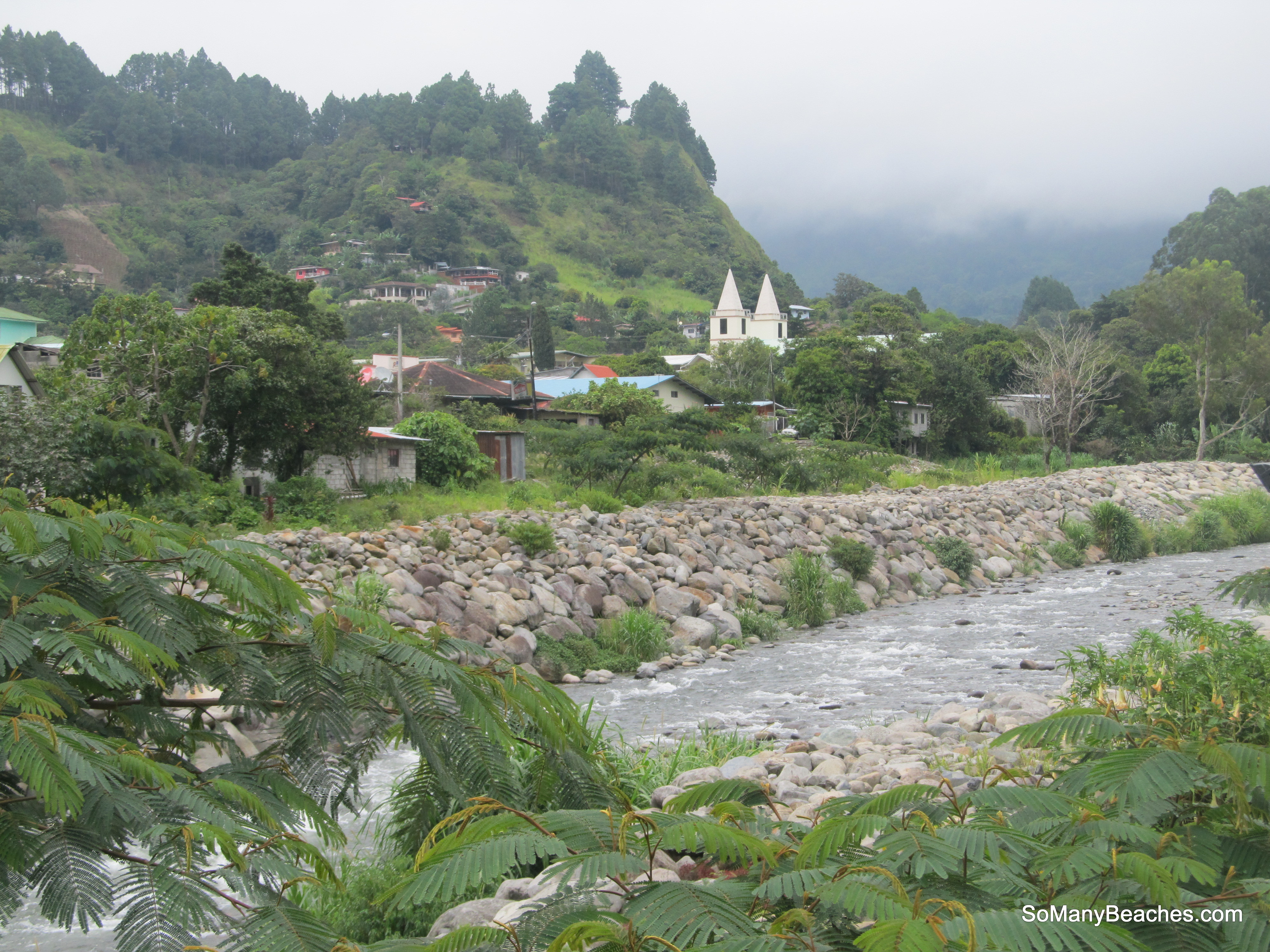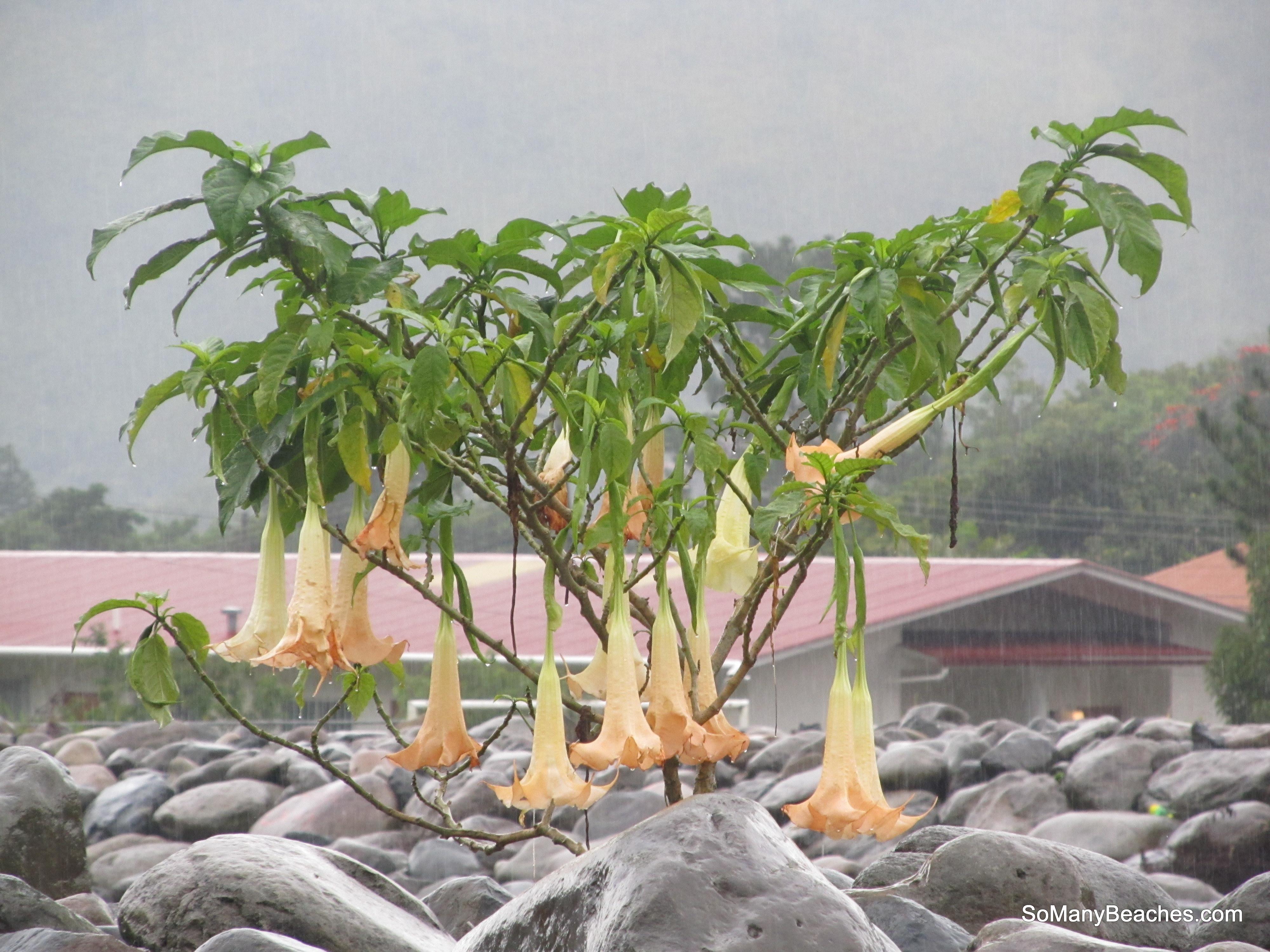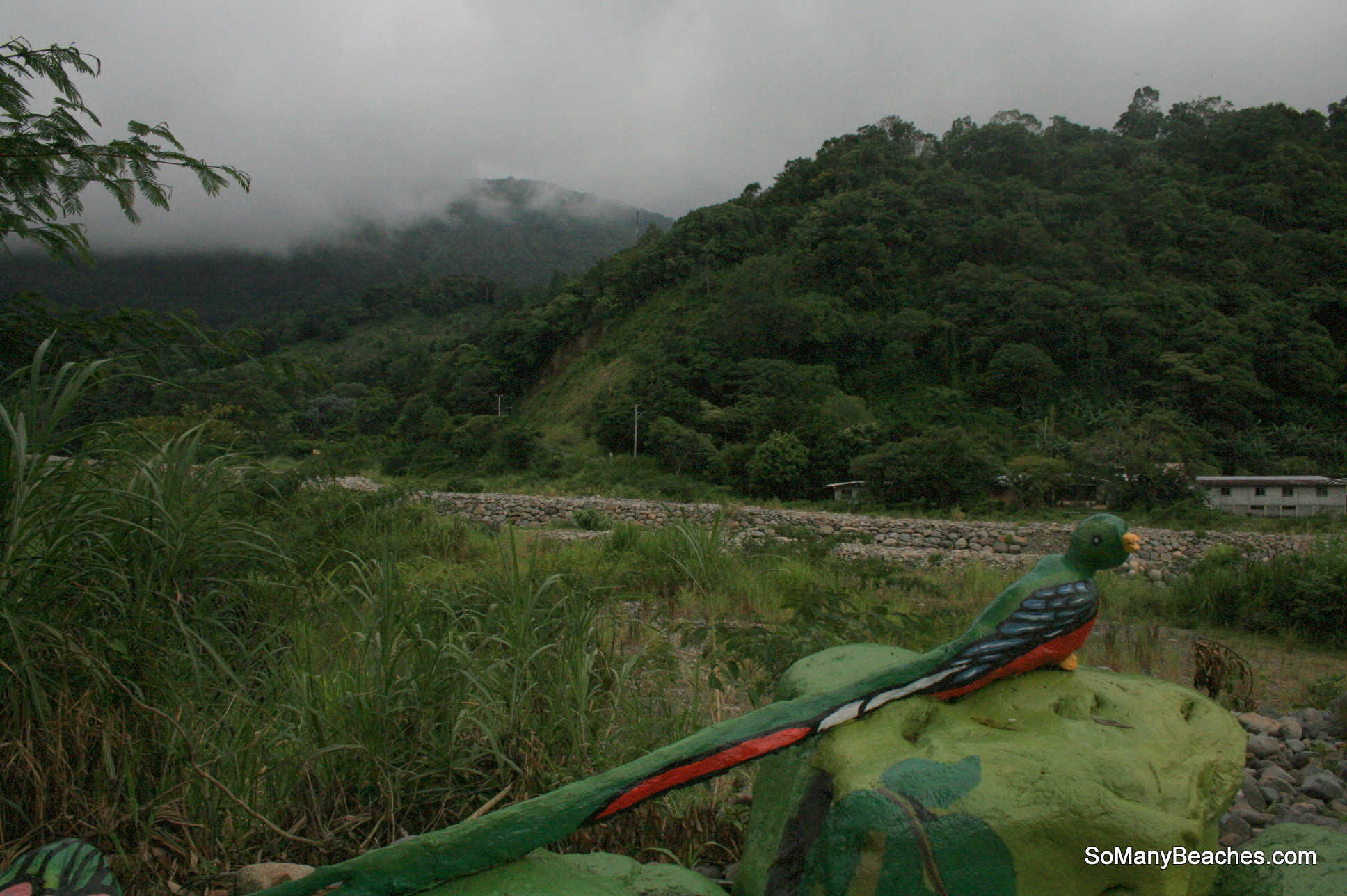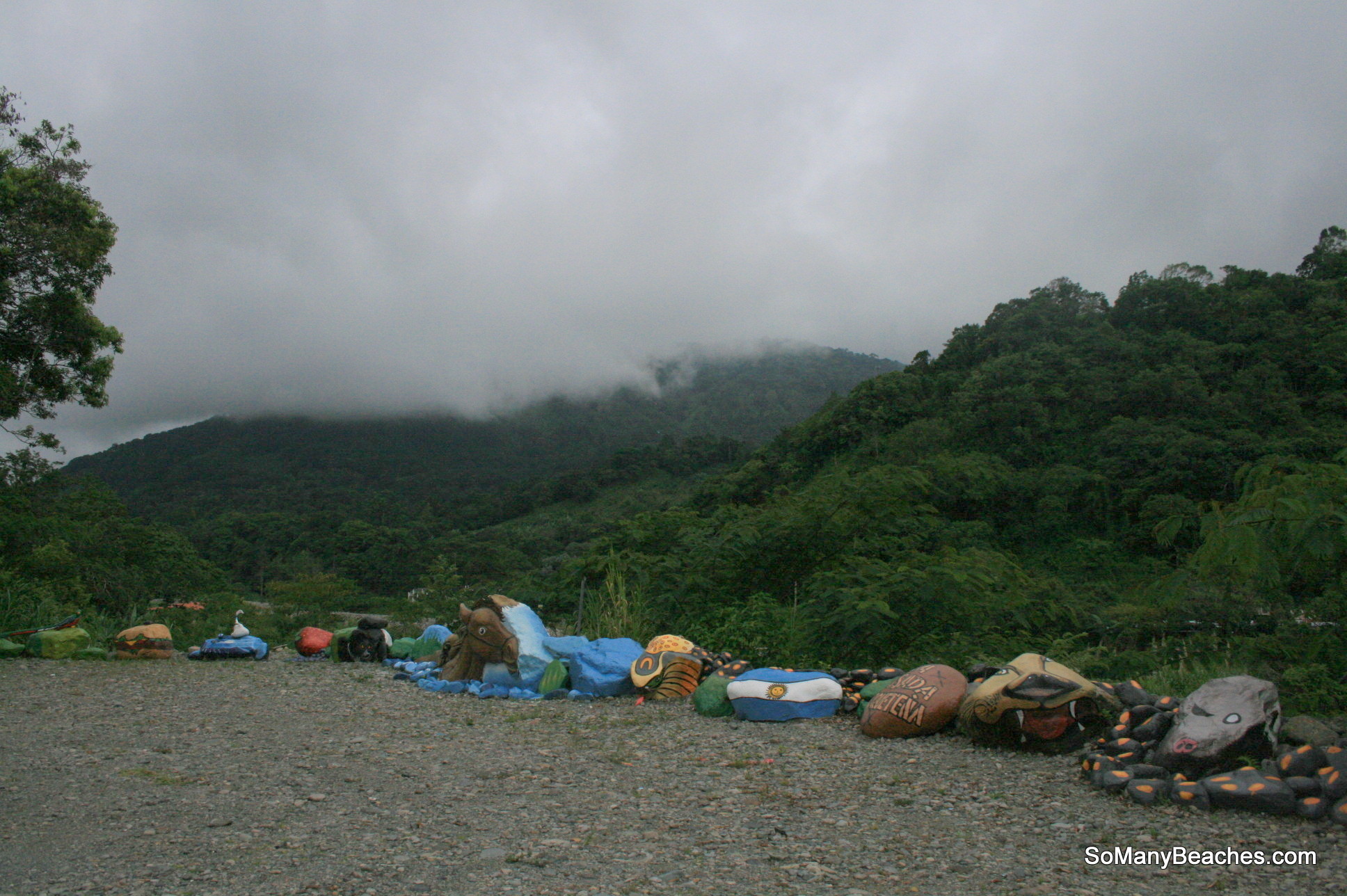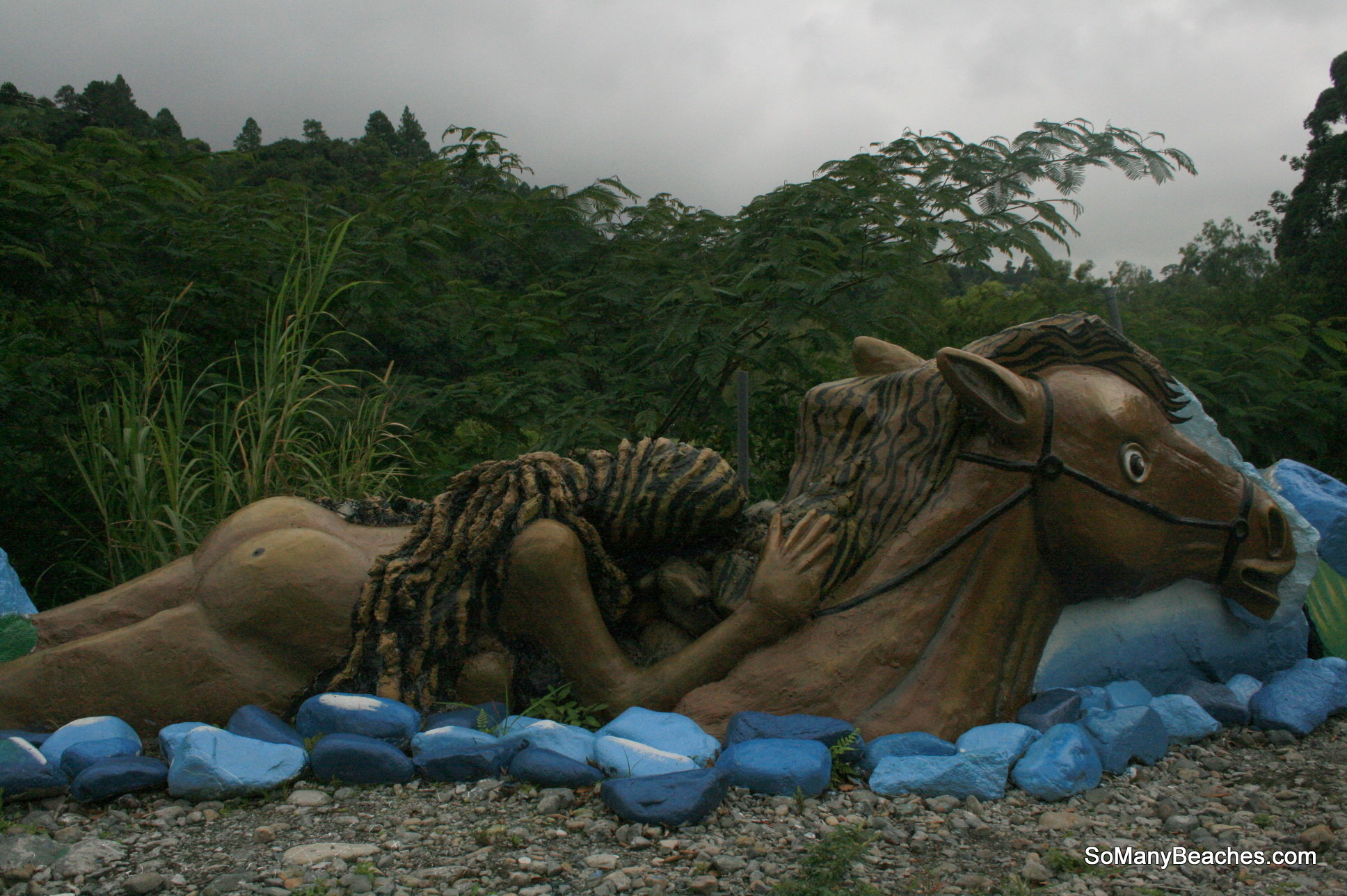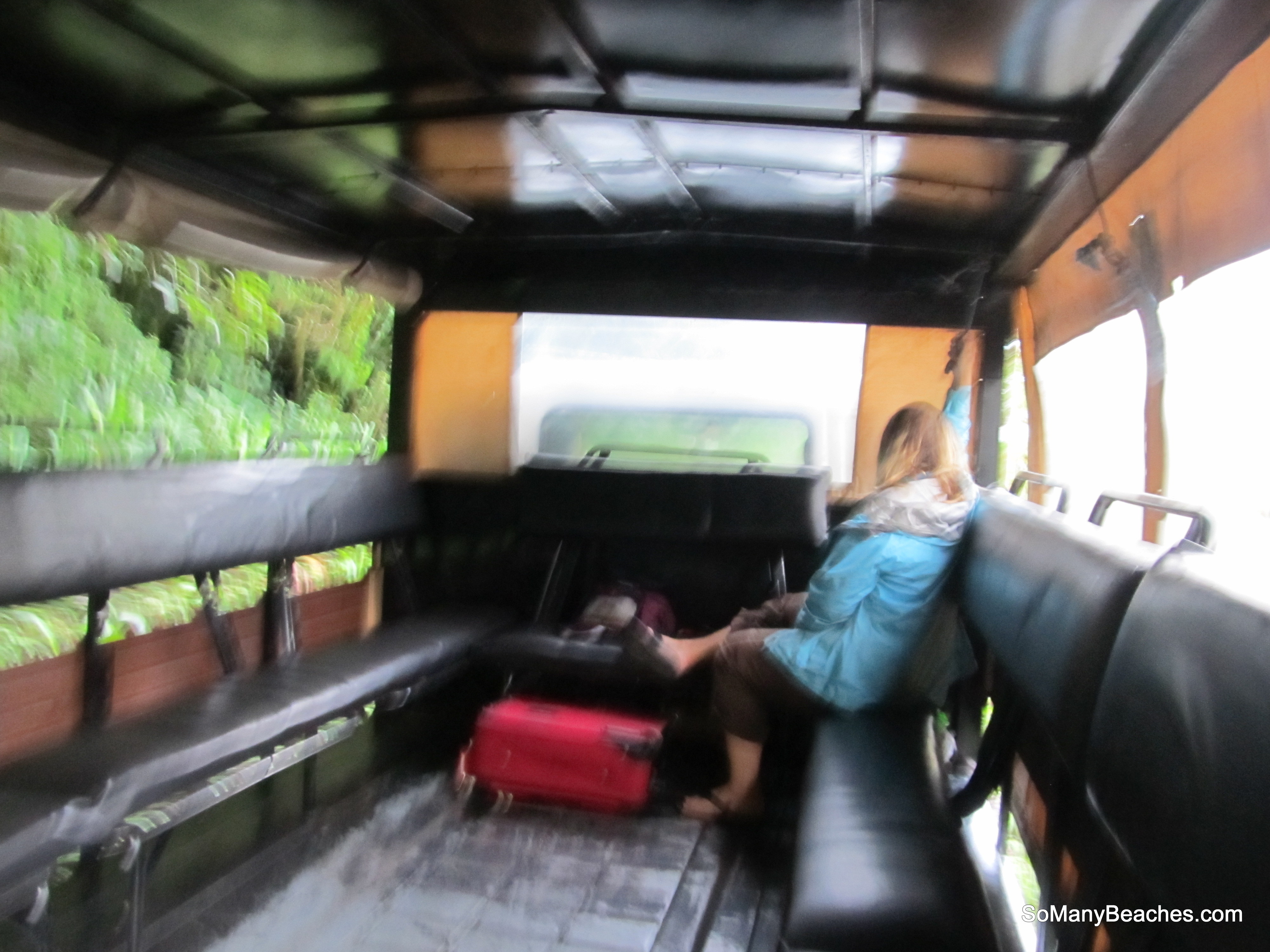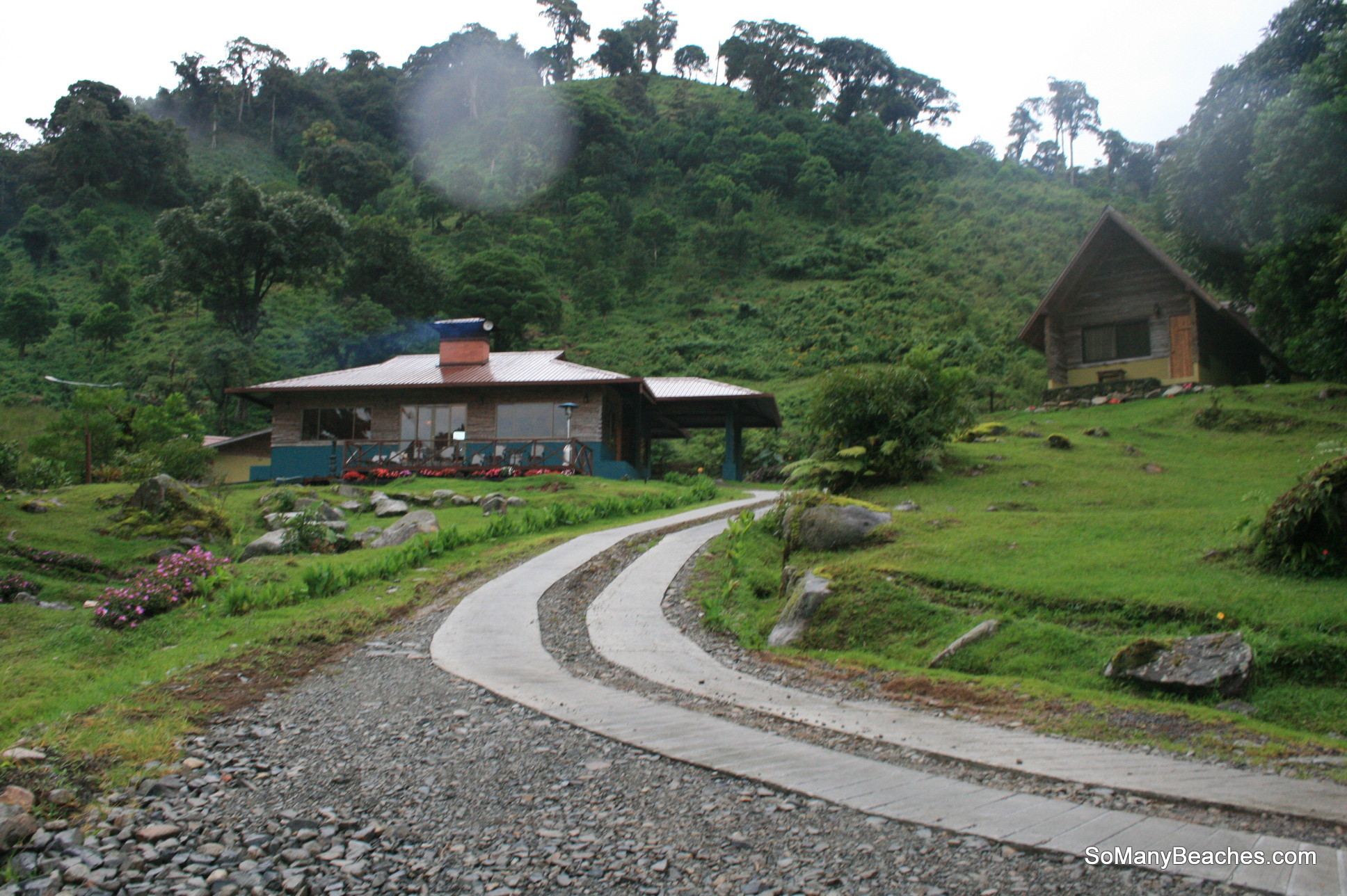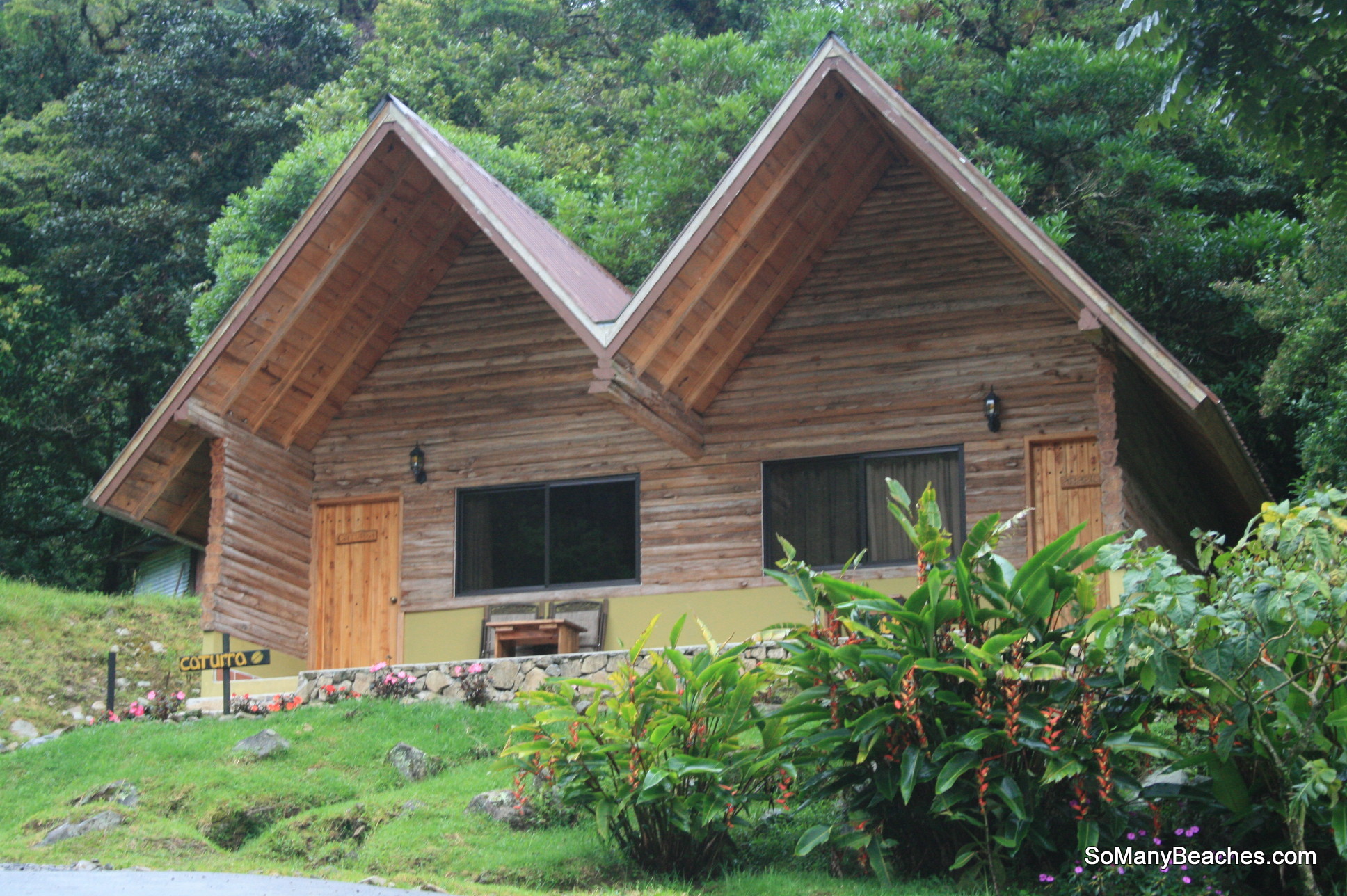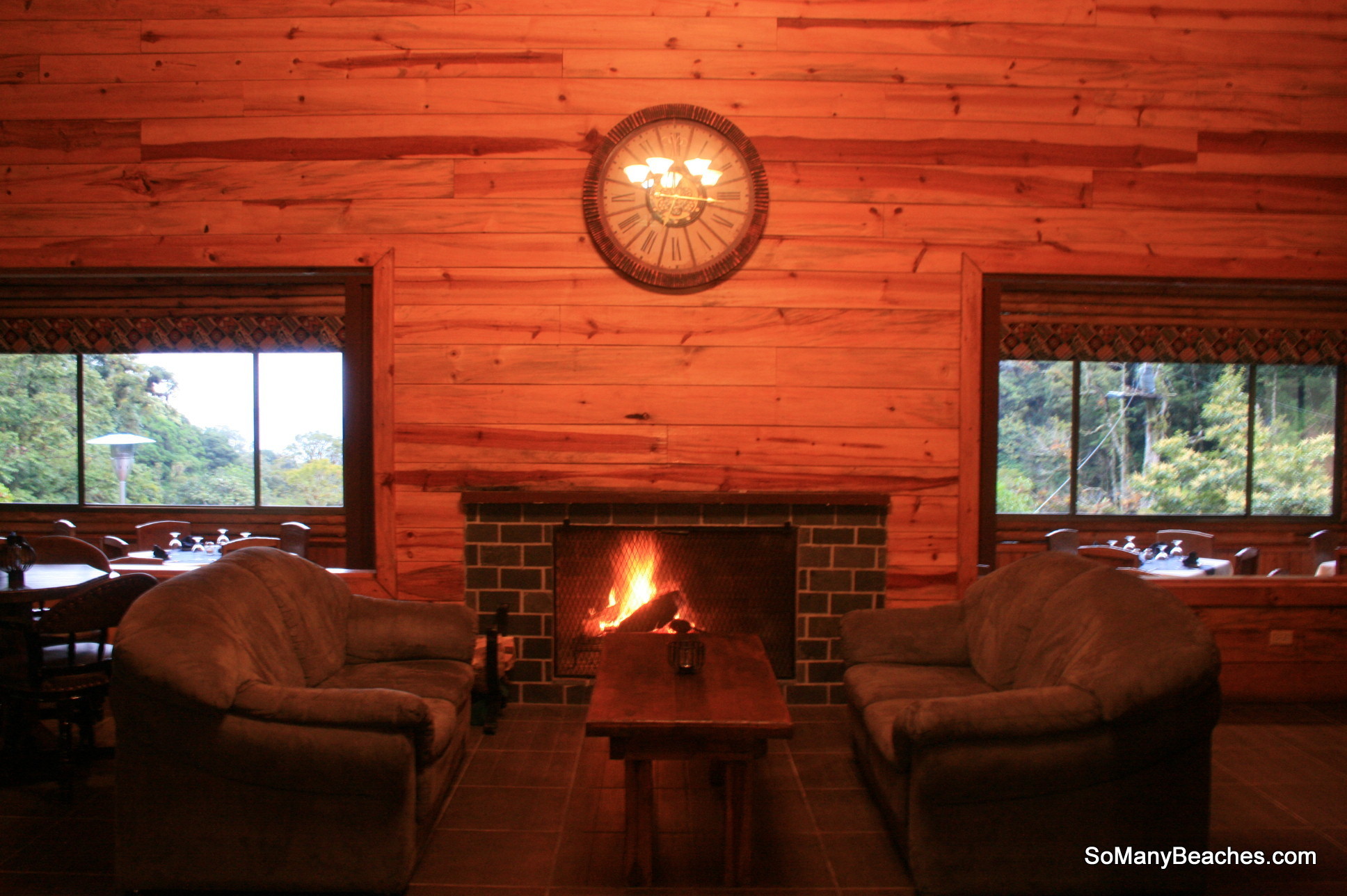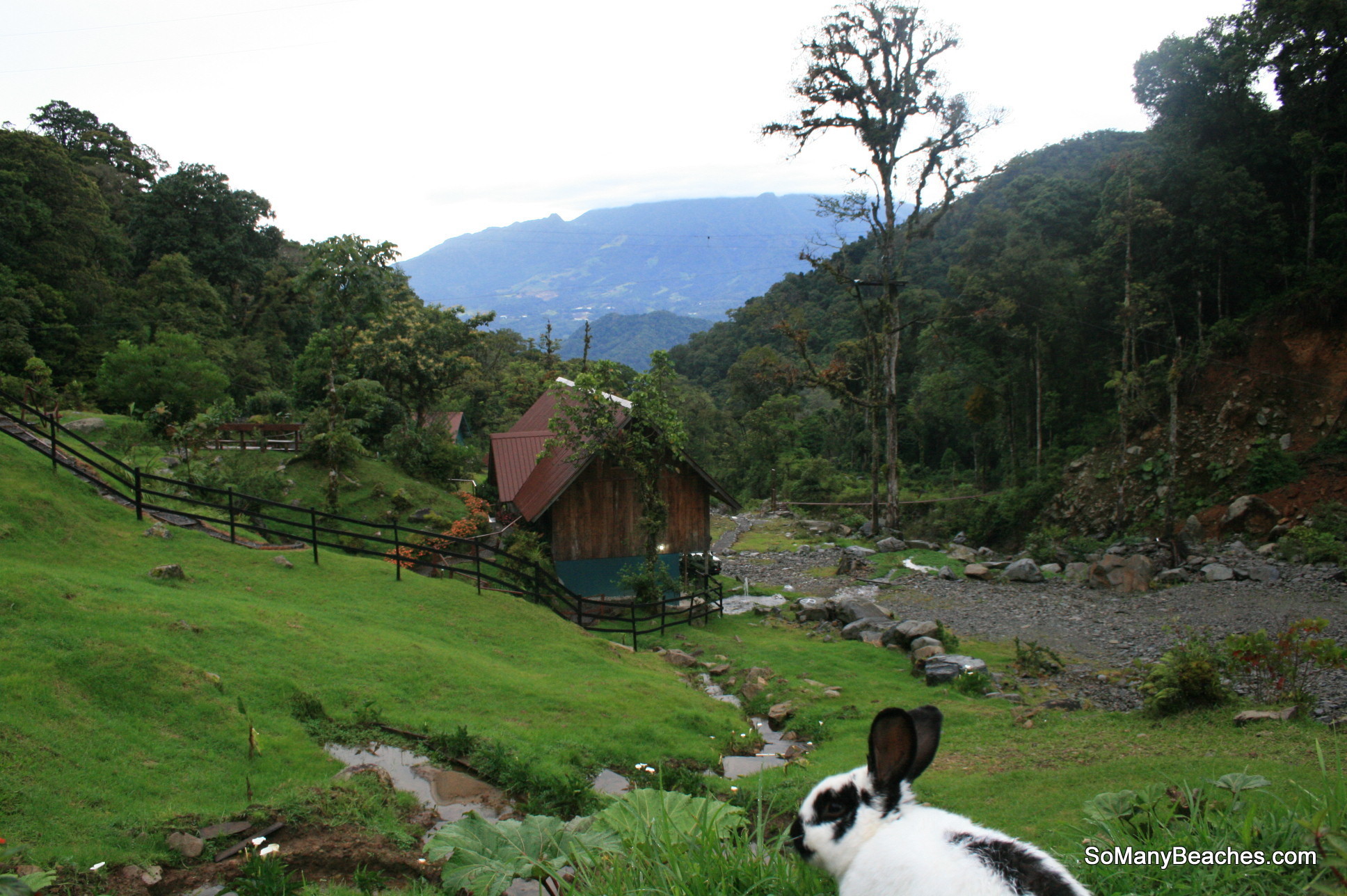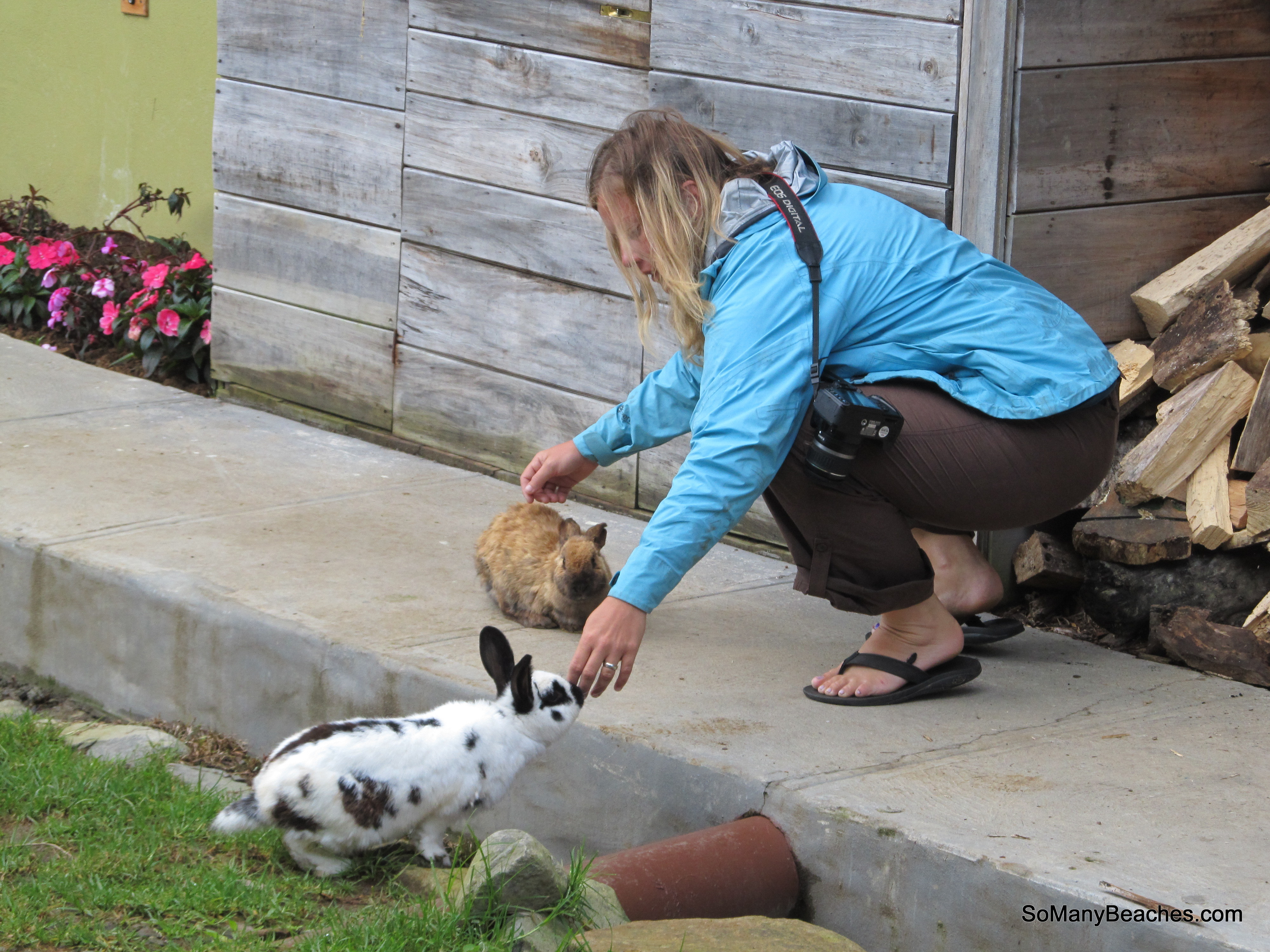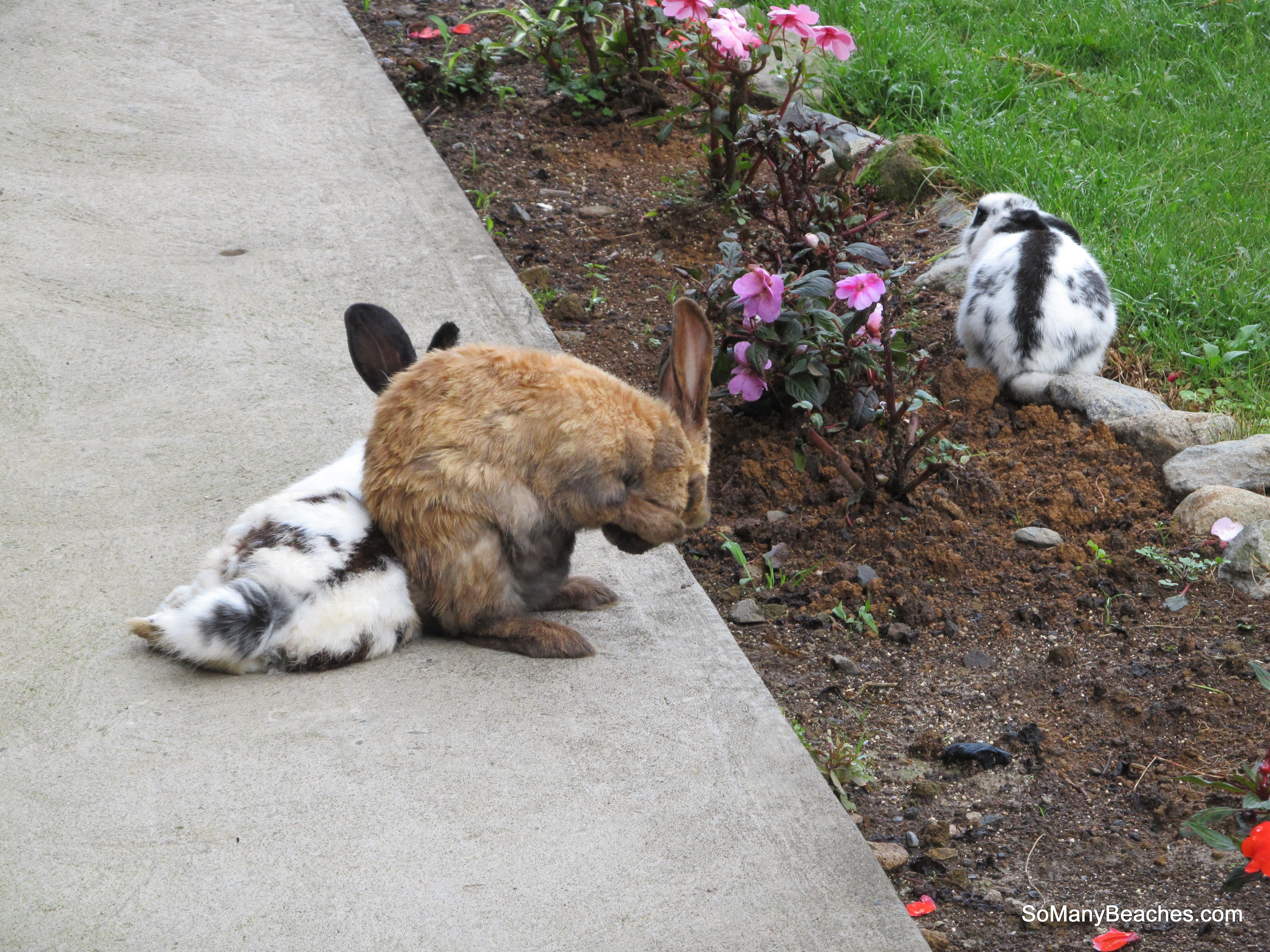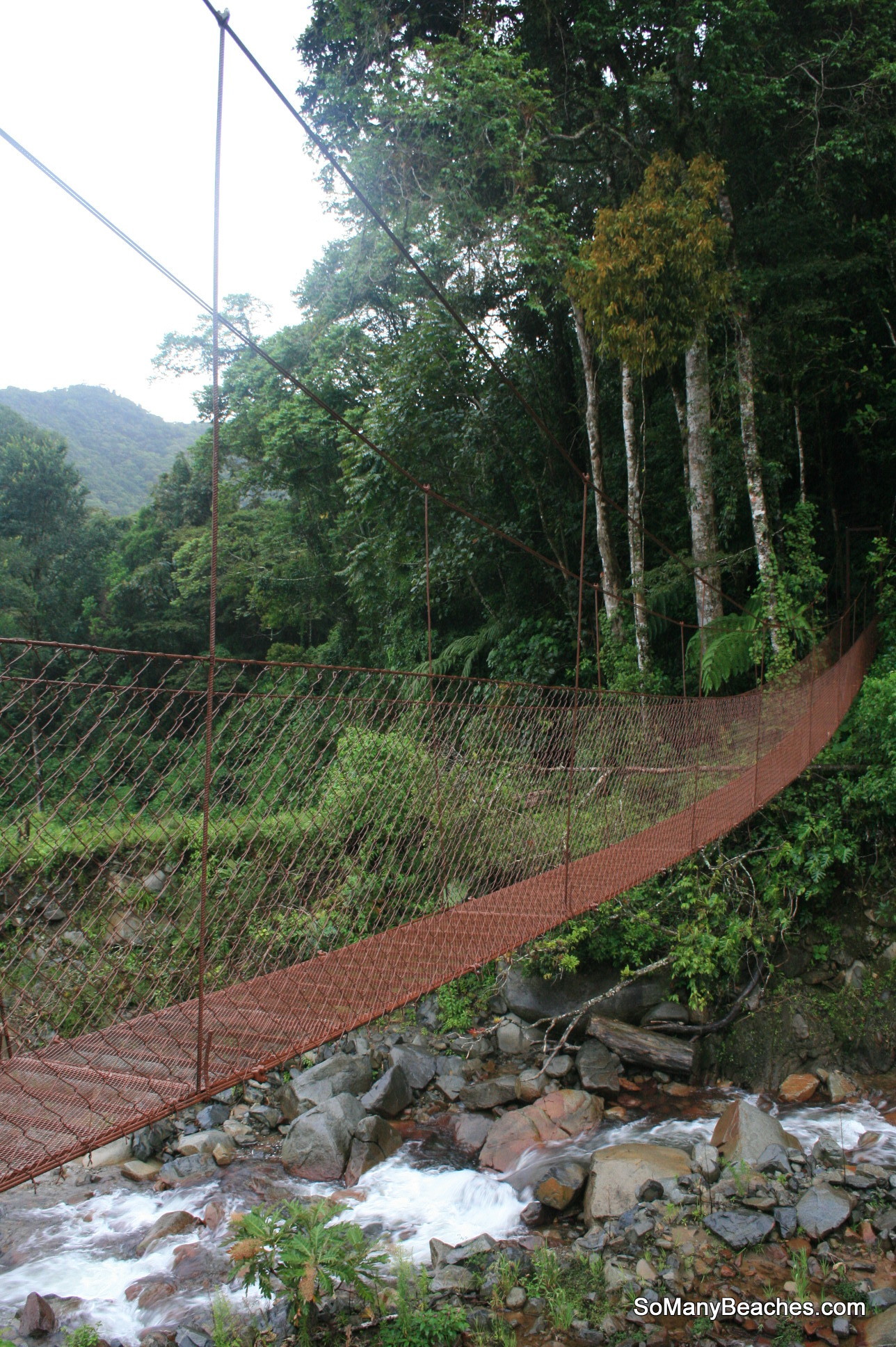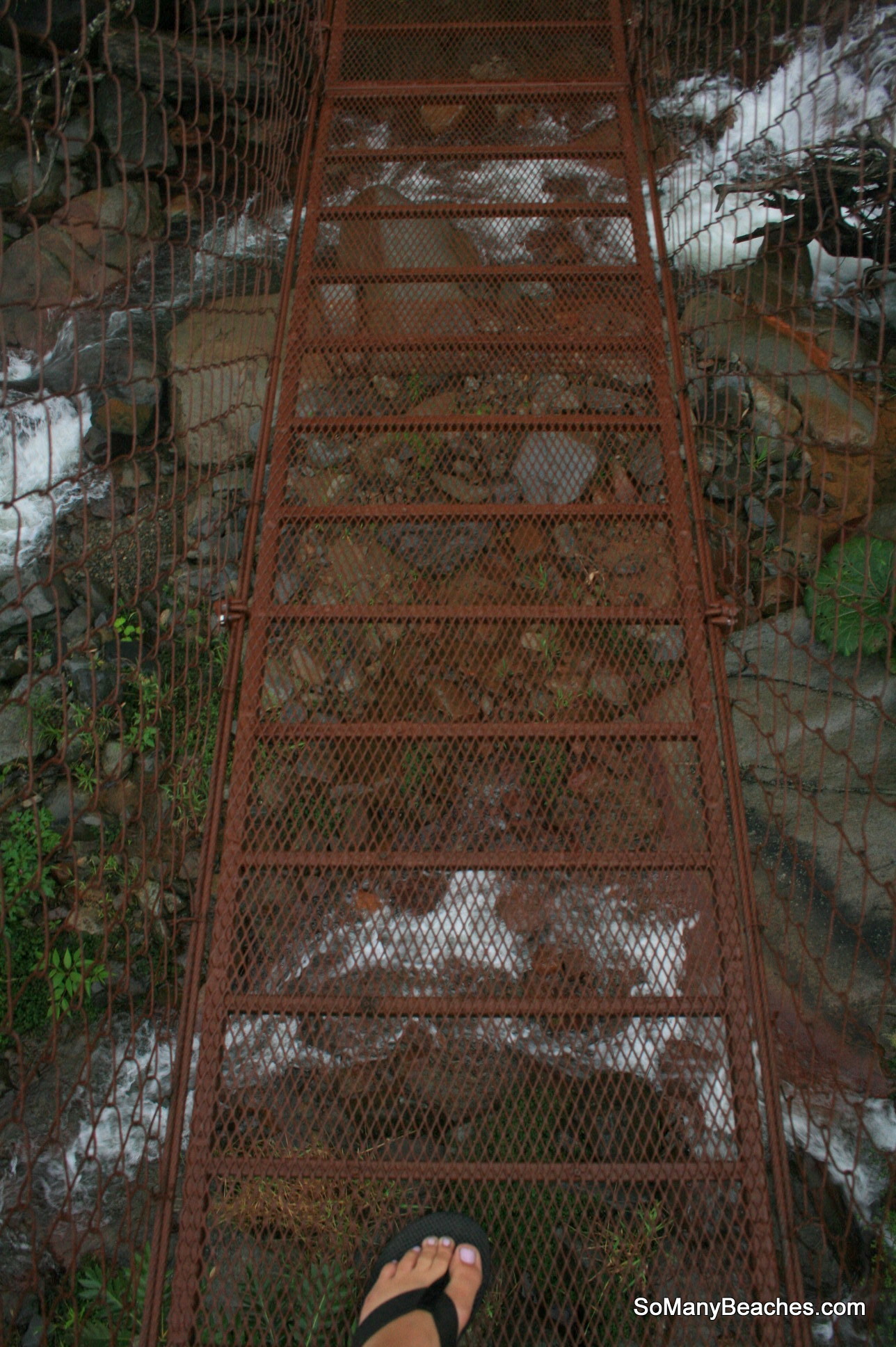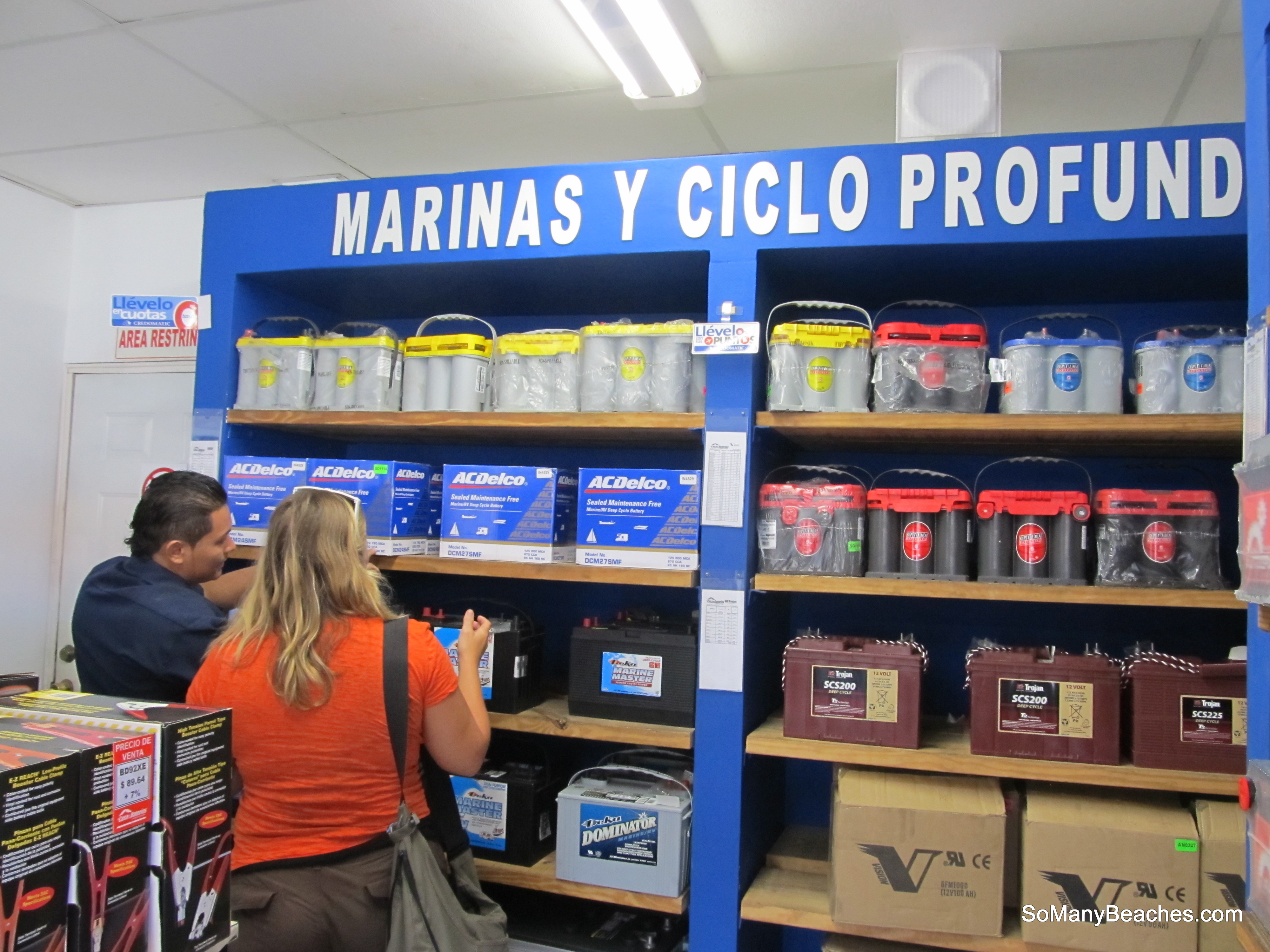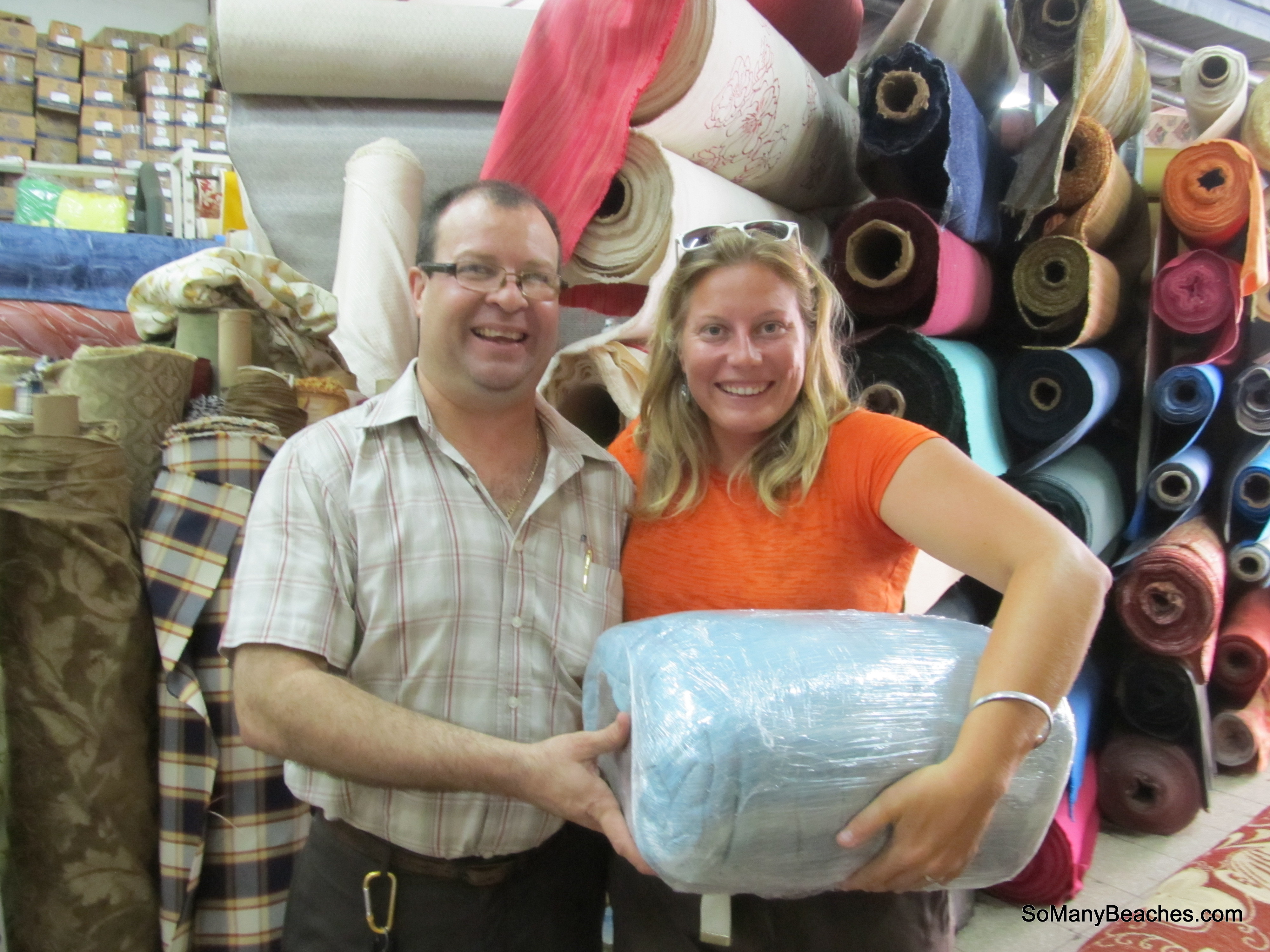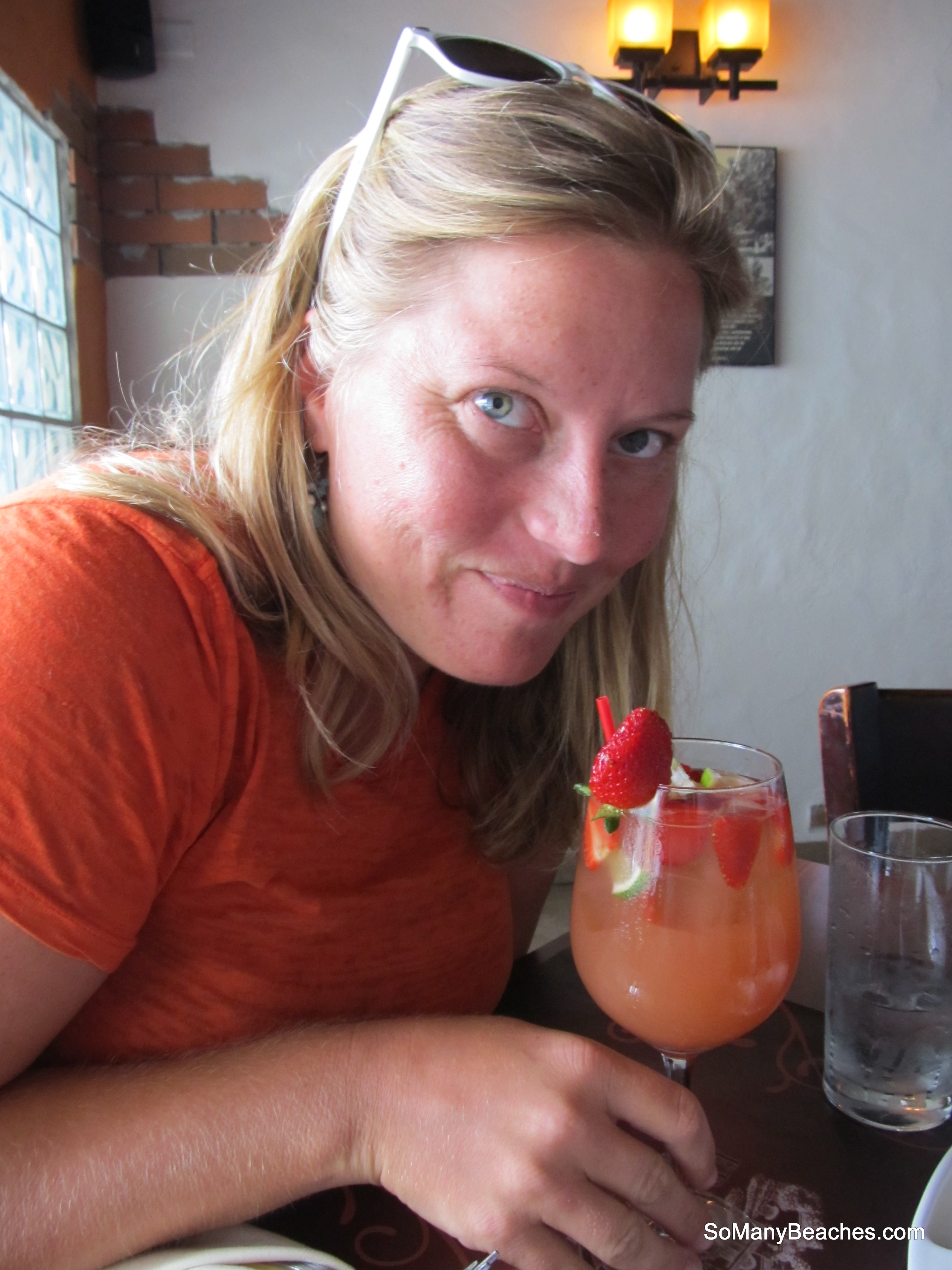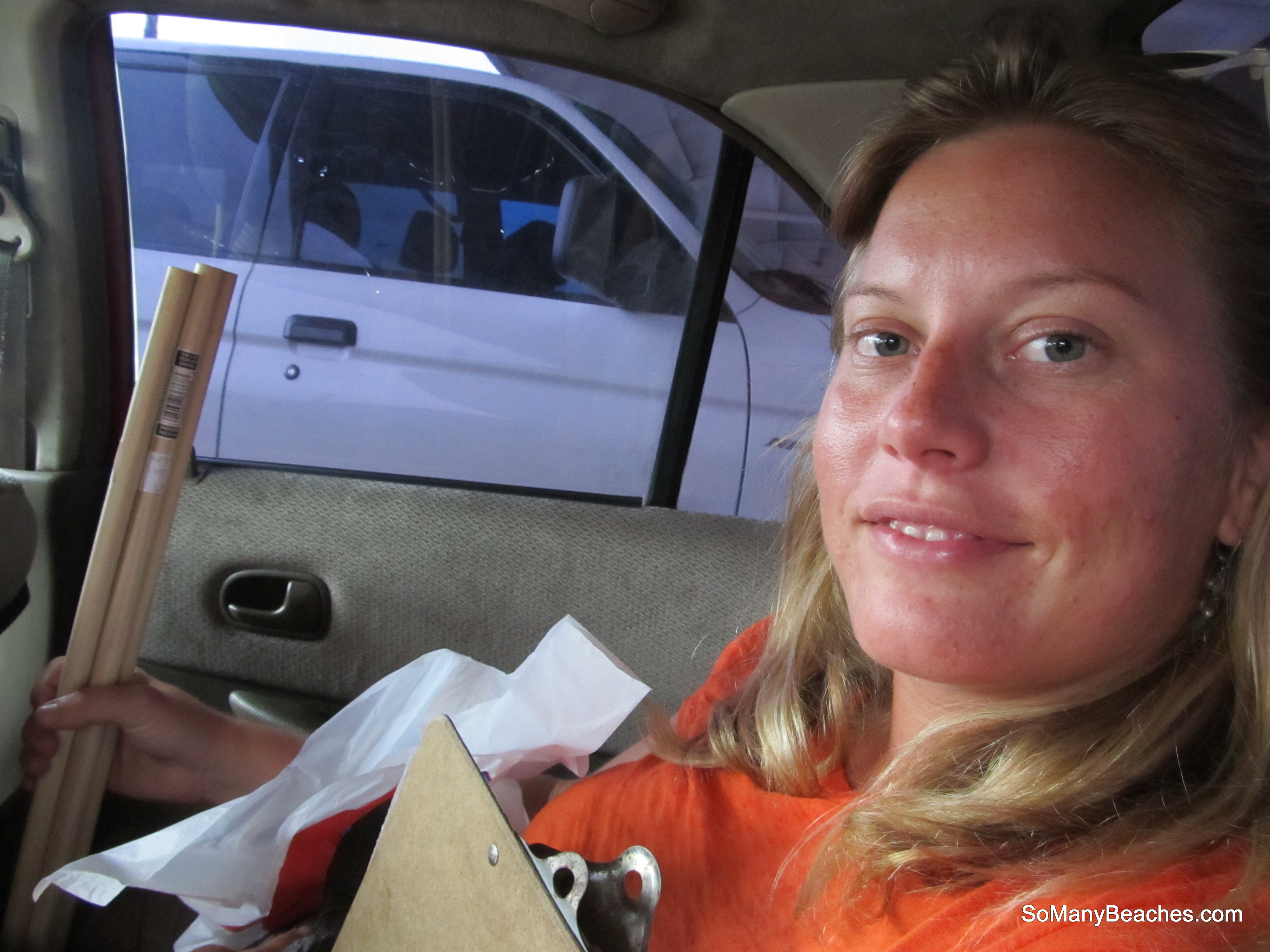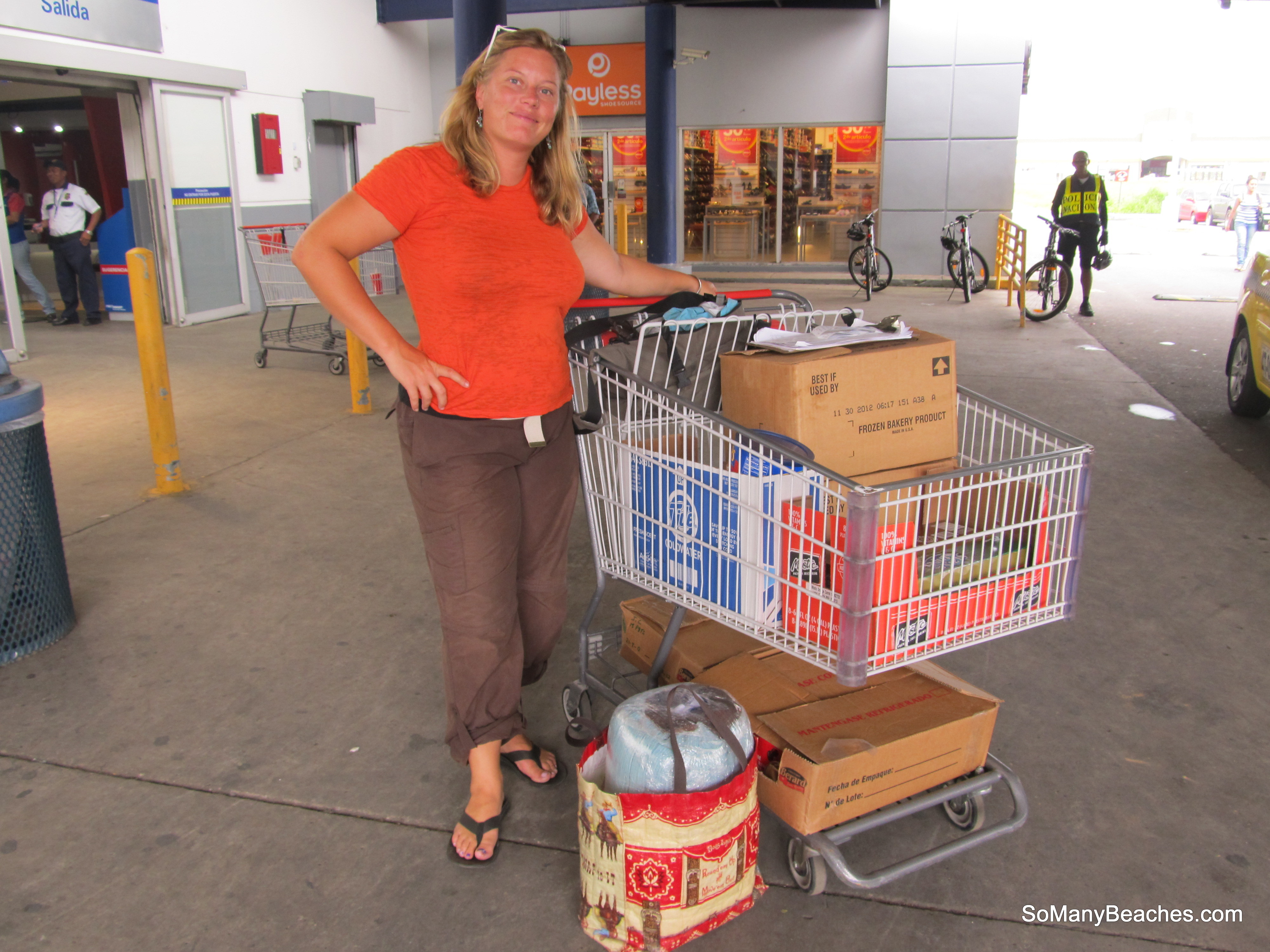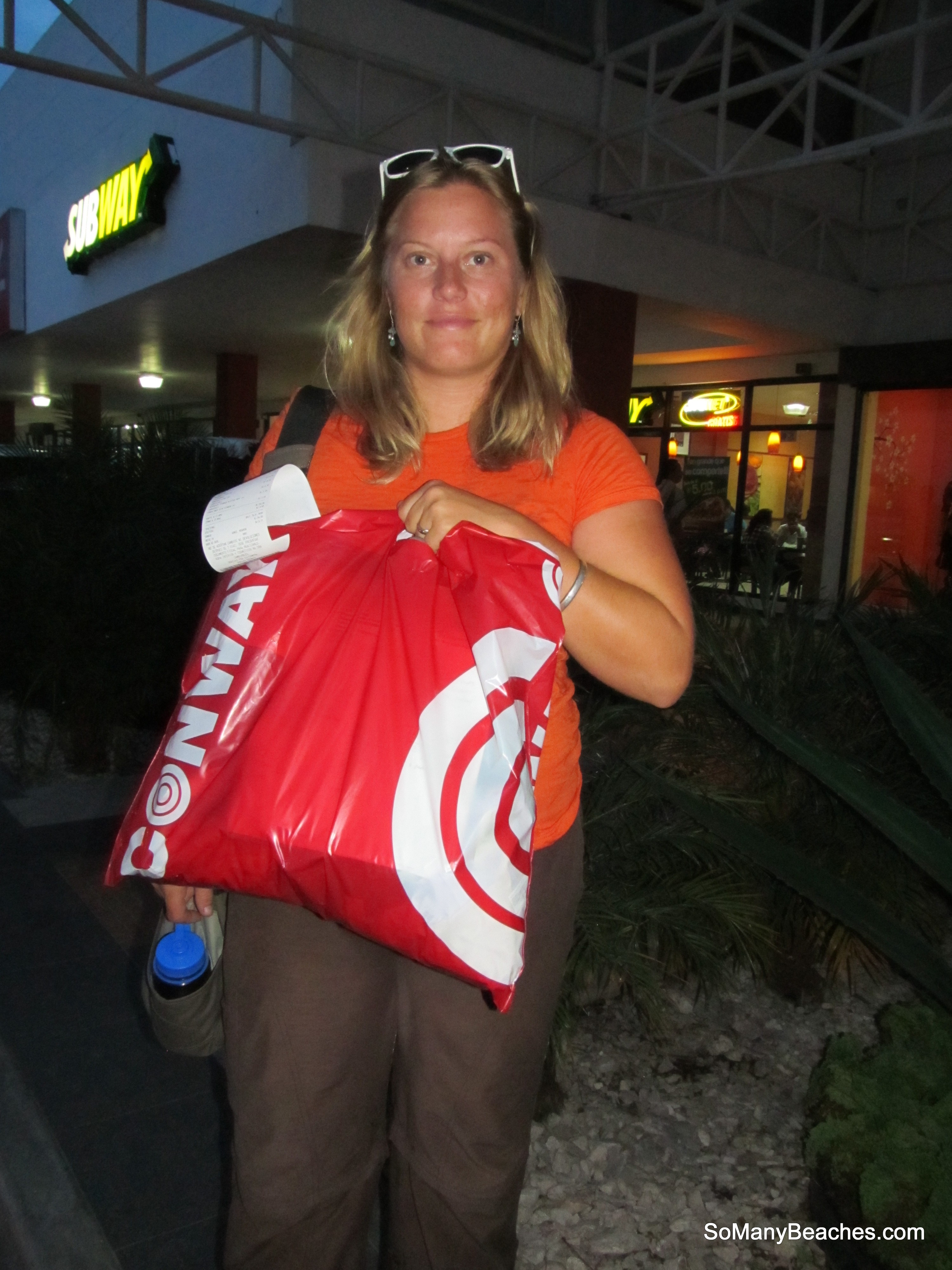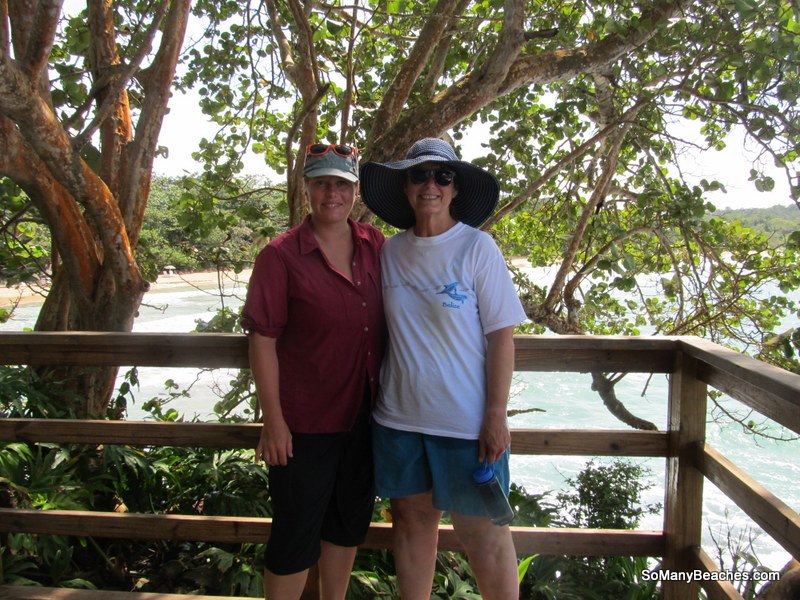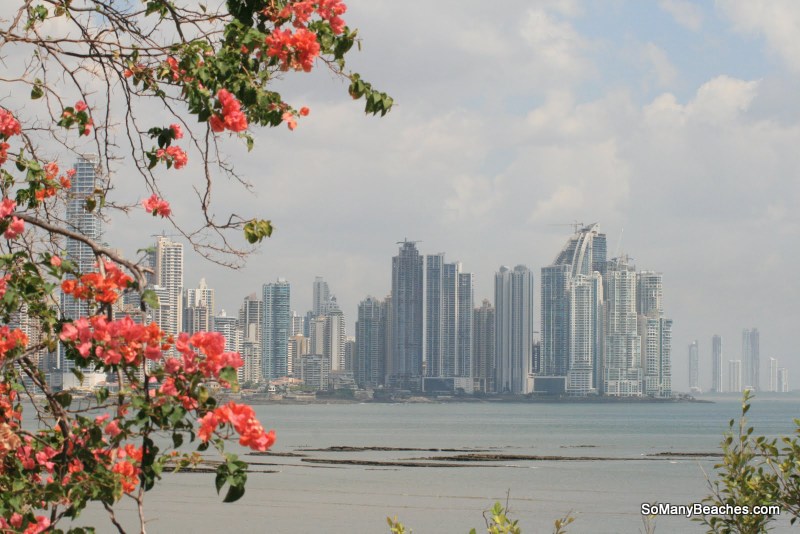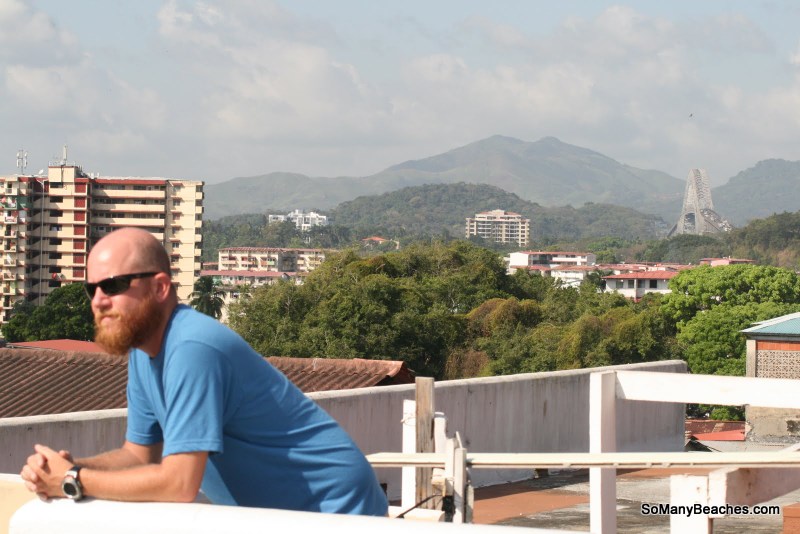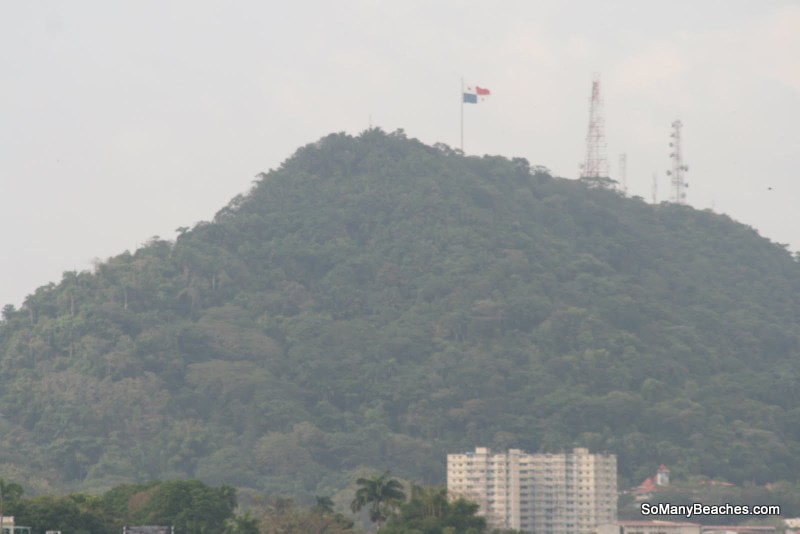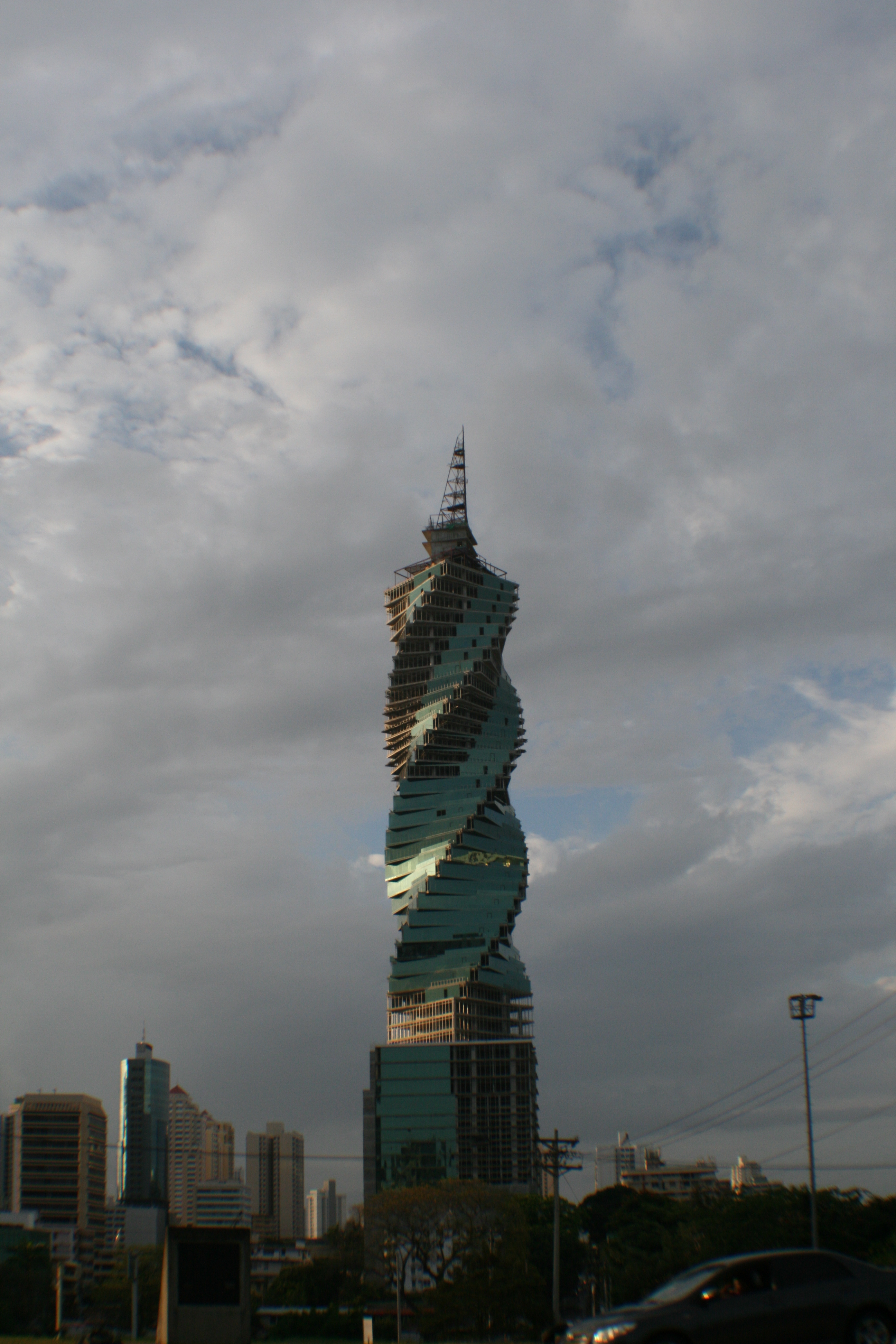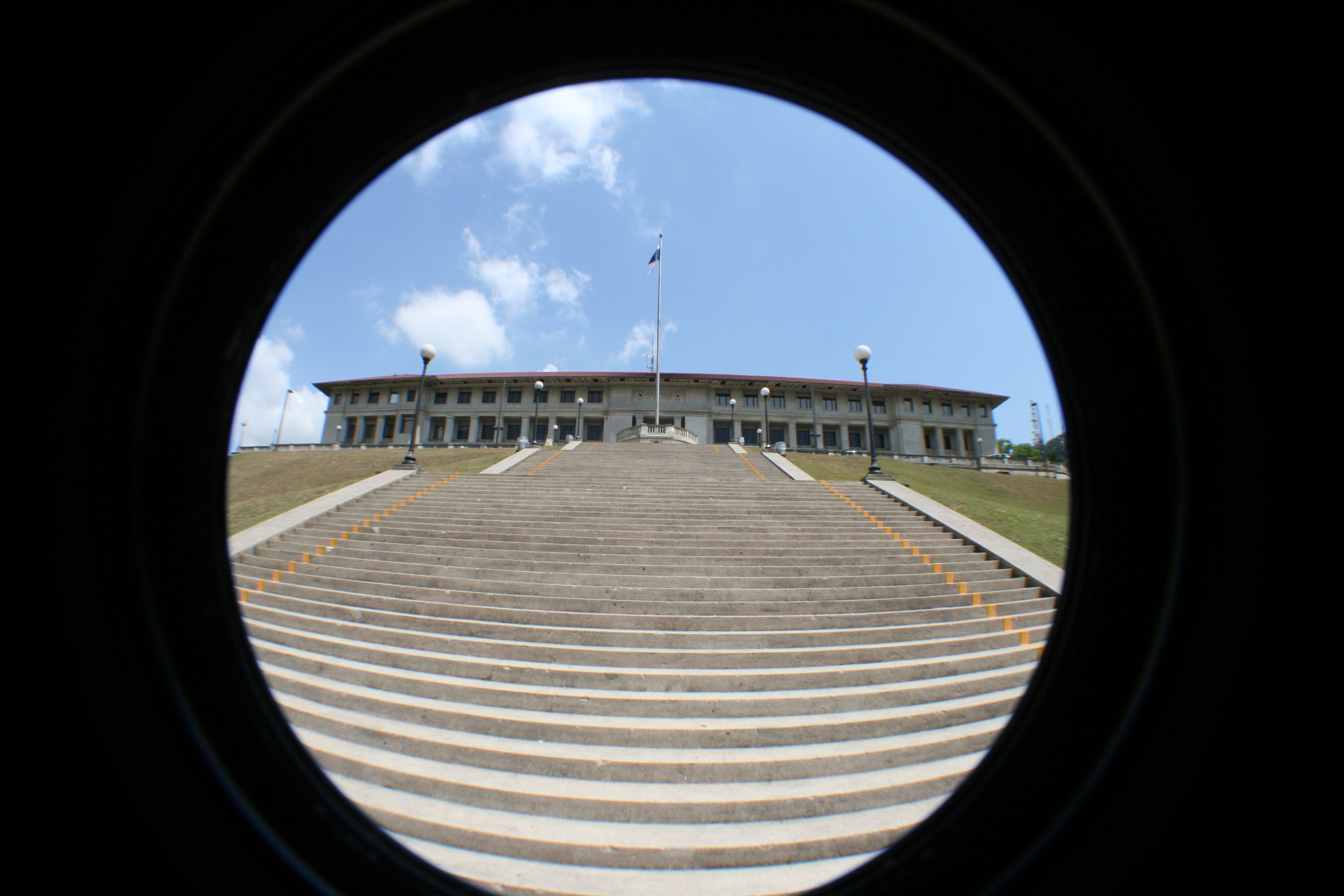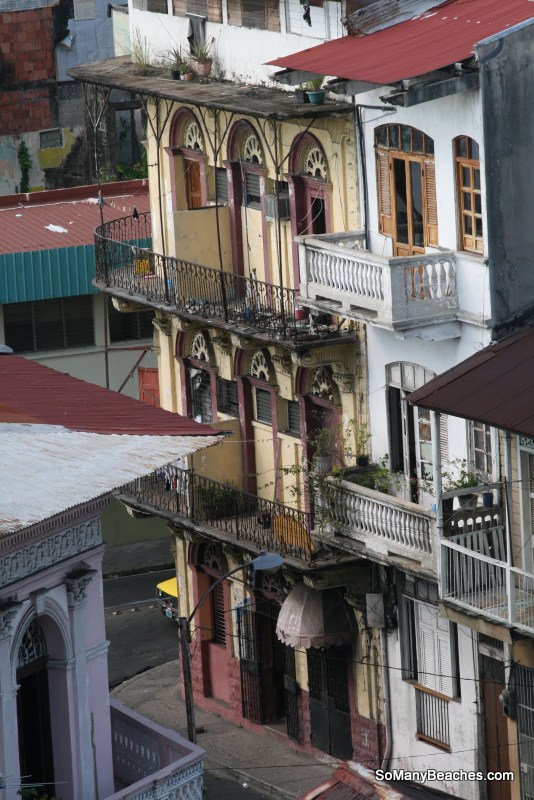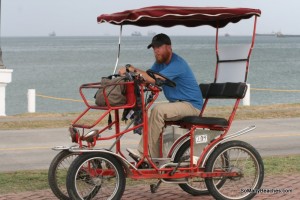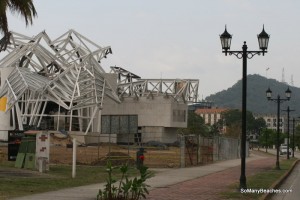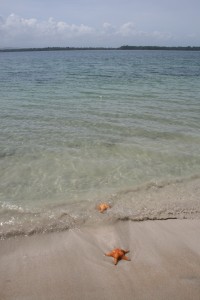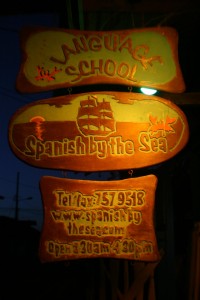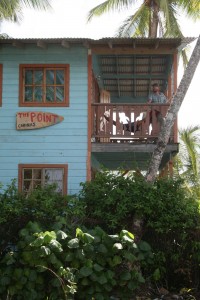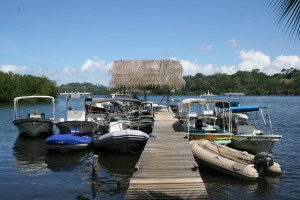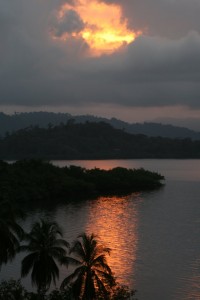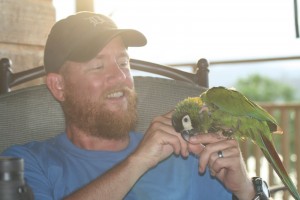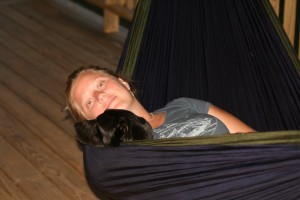We spent the holidays in the autonomous region of the Guna Yala, formerly known the San Blas Islands of Panama.
We had actually been to the Guna Yala, when it was called the San Blas*, back in 2011, when we were mere 30-something backpackers taking a brief sabbatical – ha! look how that turned out!
*fun fact: the name “San Blas” was “given” to the Guna by the Spanish (invaders). So, needless to say, they prefer to refer to their own land by their own name: the Guna Yala. The people are the “Guna”. You may have read/heard them referred to as the “Kuna”, with a “K”, but alas, they have no “K” in their language. So, Guna Yala it is. Fair enough, I say.
Here are a few great pics of our 2011 trip (pre-life as live-aboards on our very own boat):
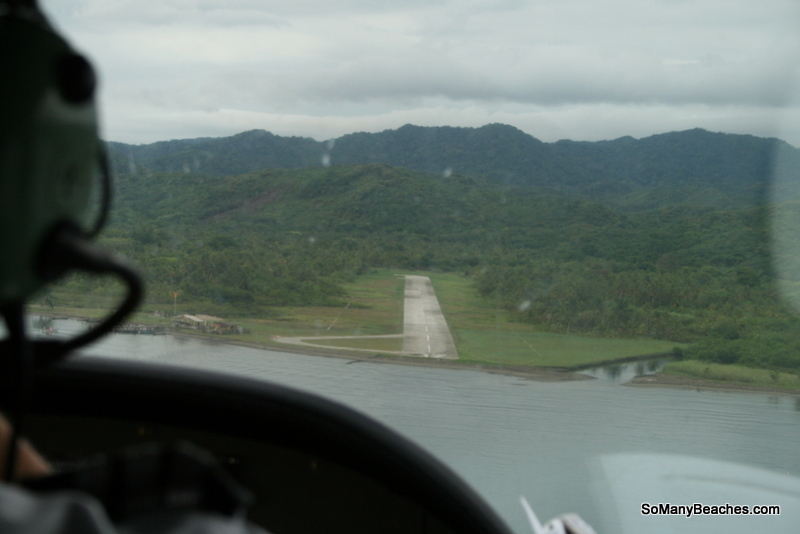
Landing in the jungle on the little “airport” at Aligandi
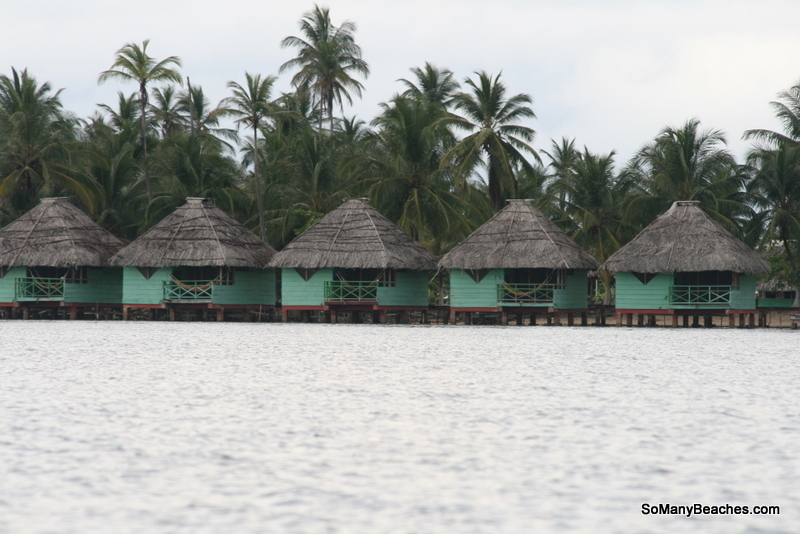
our lodge in 2011
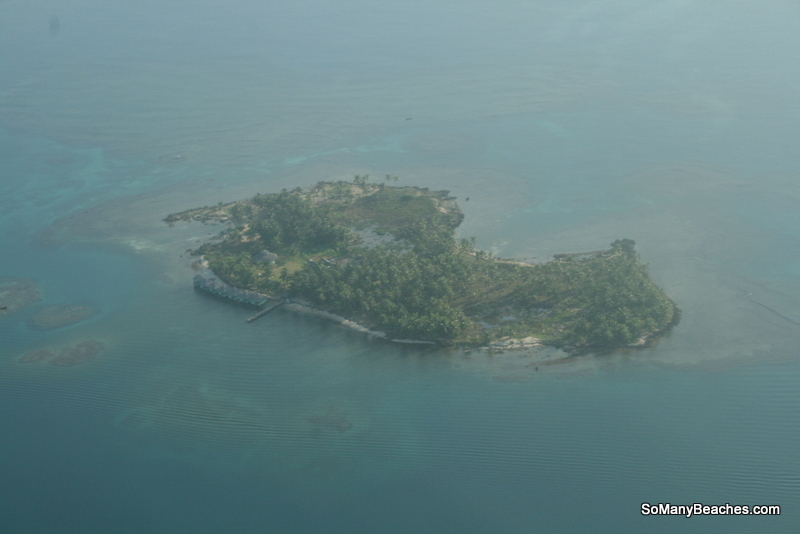
Our lodge from the air
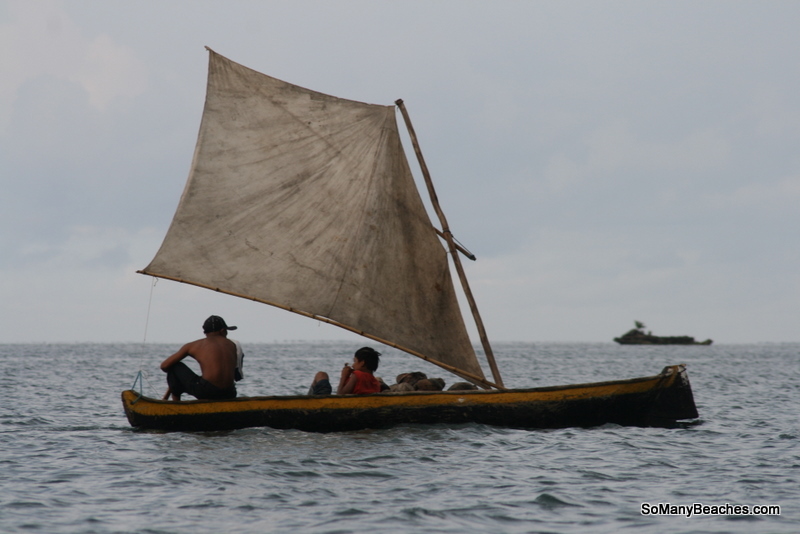
sailing cayuco
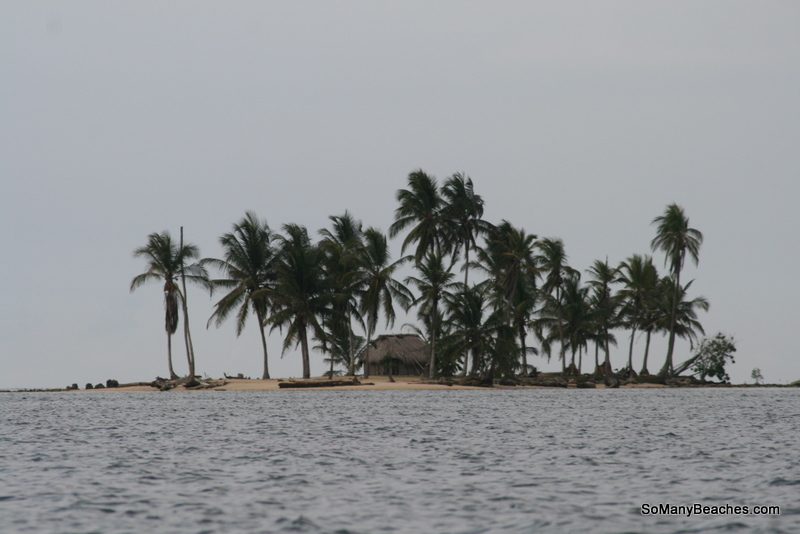
where we had lunch!
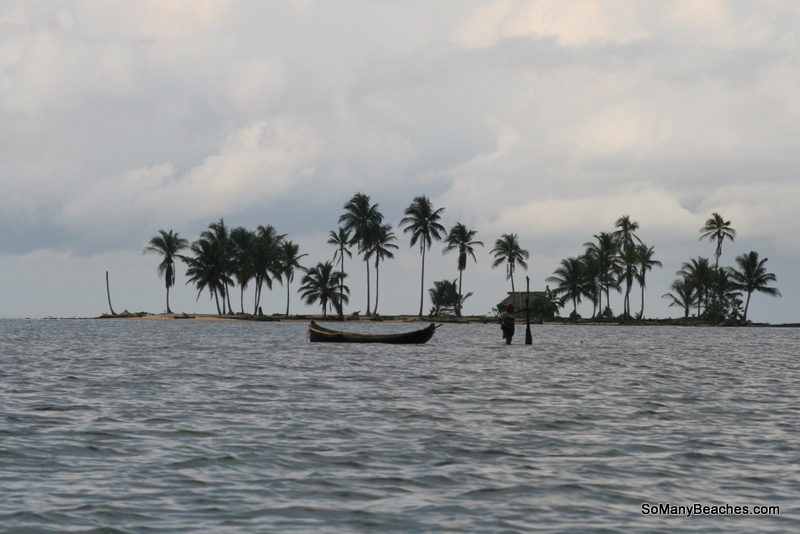
shallow much?
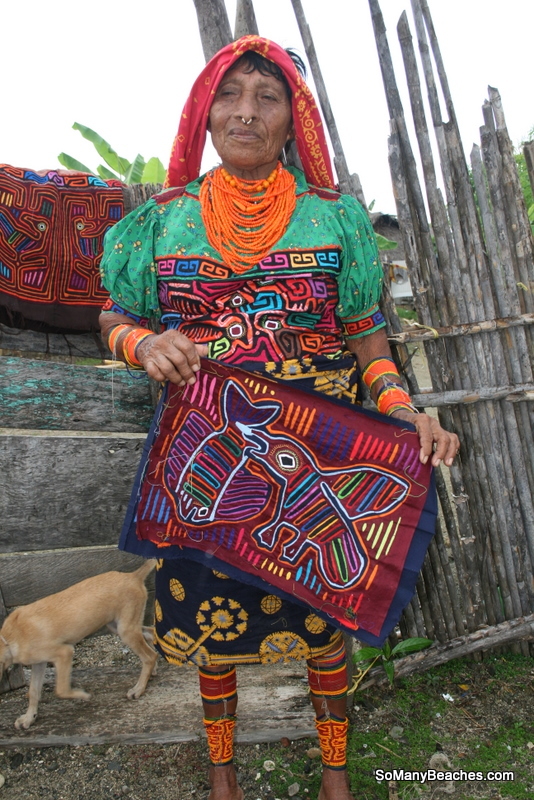
beautiful Guna, beautiful molas
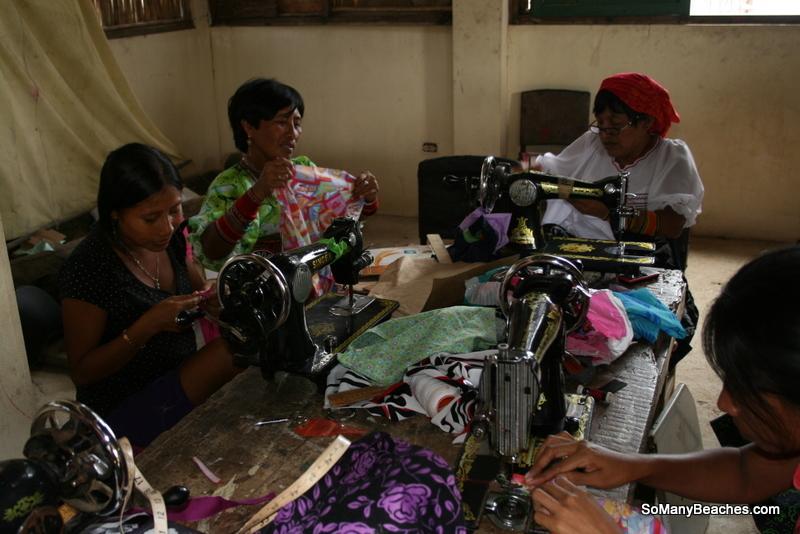
sewing molas
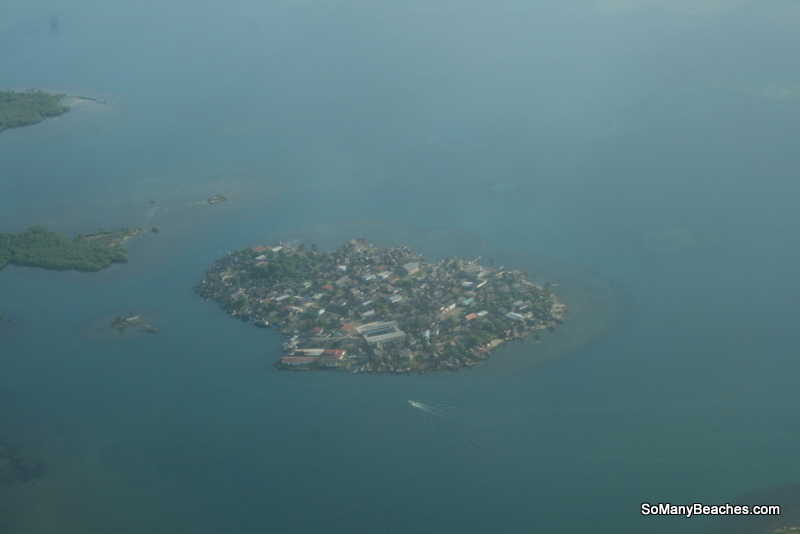
crowded islands in the Guna Yala
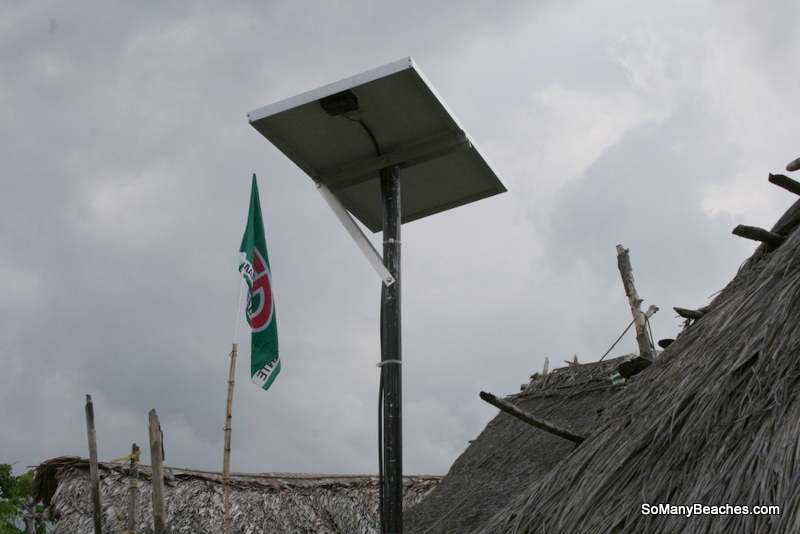
thatched roof and solar panel
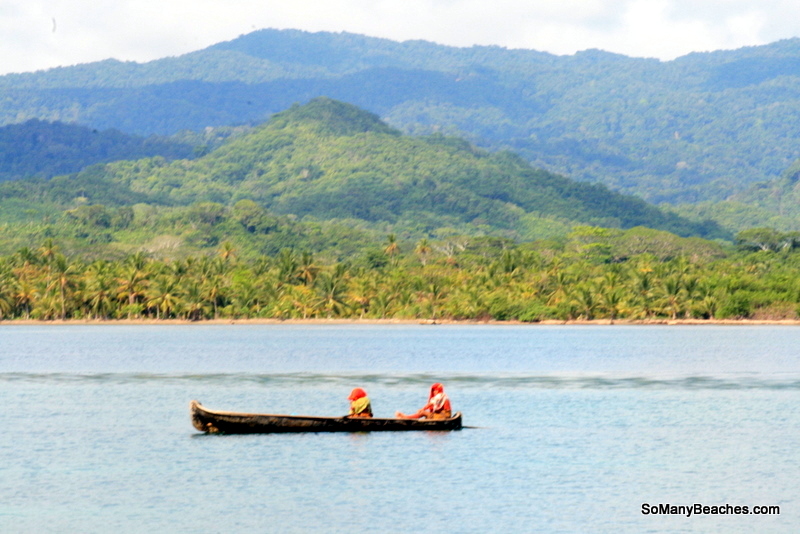
Guna women with the mainland in the back
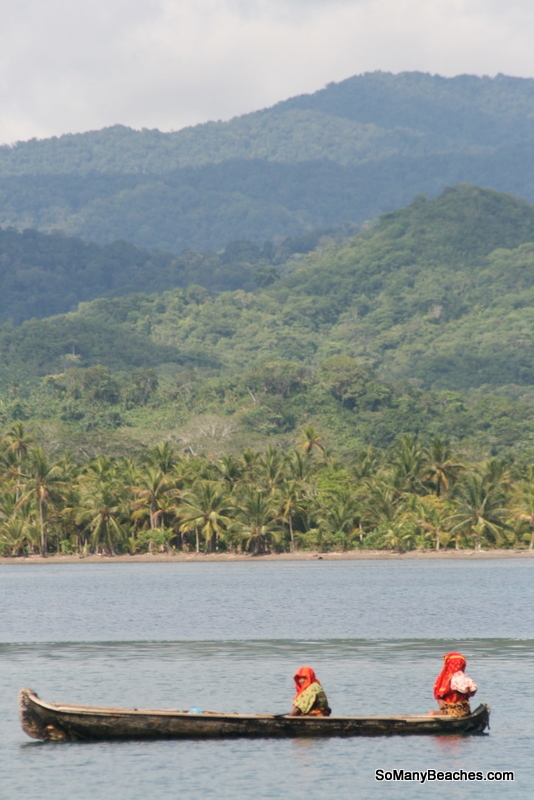
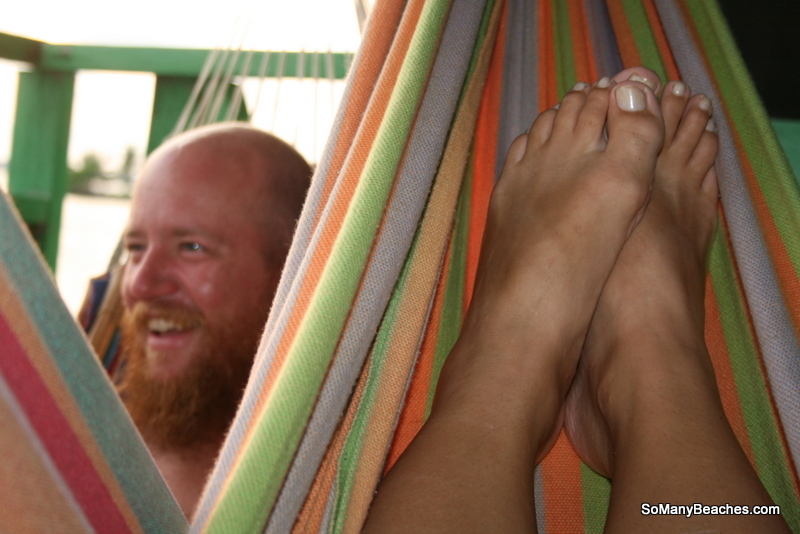
hammock time for the Jones’
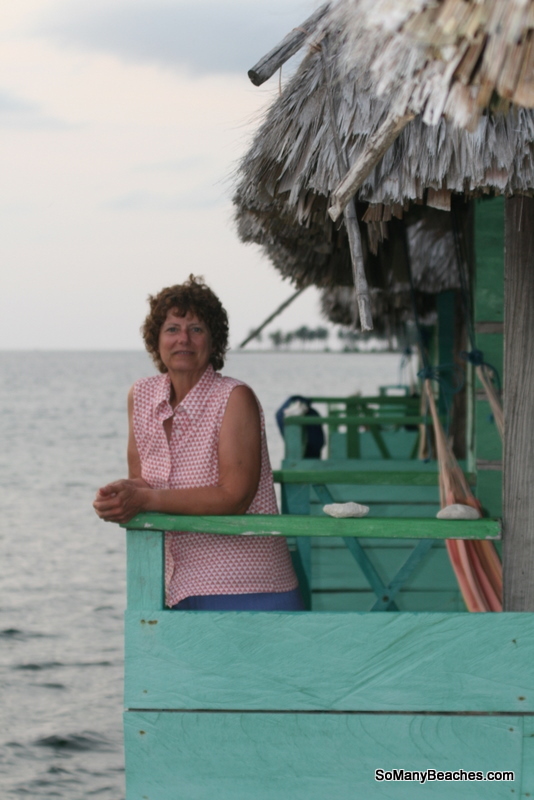
Mom in the San Blas
Pretty awesome, right?
Needless to say, we were excited to return to these awesome islands.
So, off we went, from Linton on a mission to re-discover these islands on our own boat. Look at the welcome gift we got on the way!
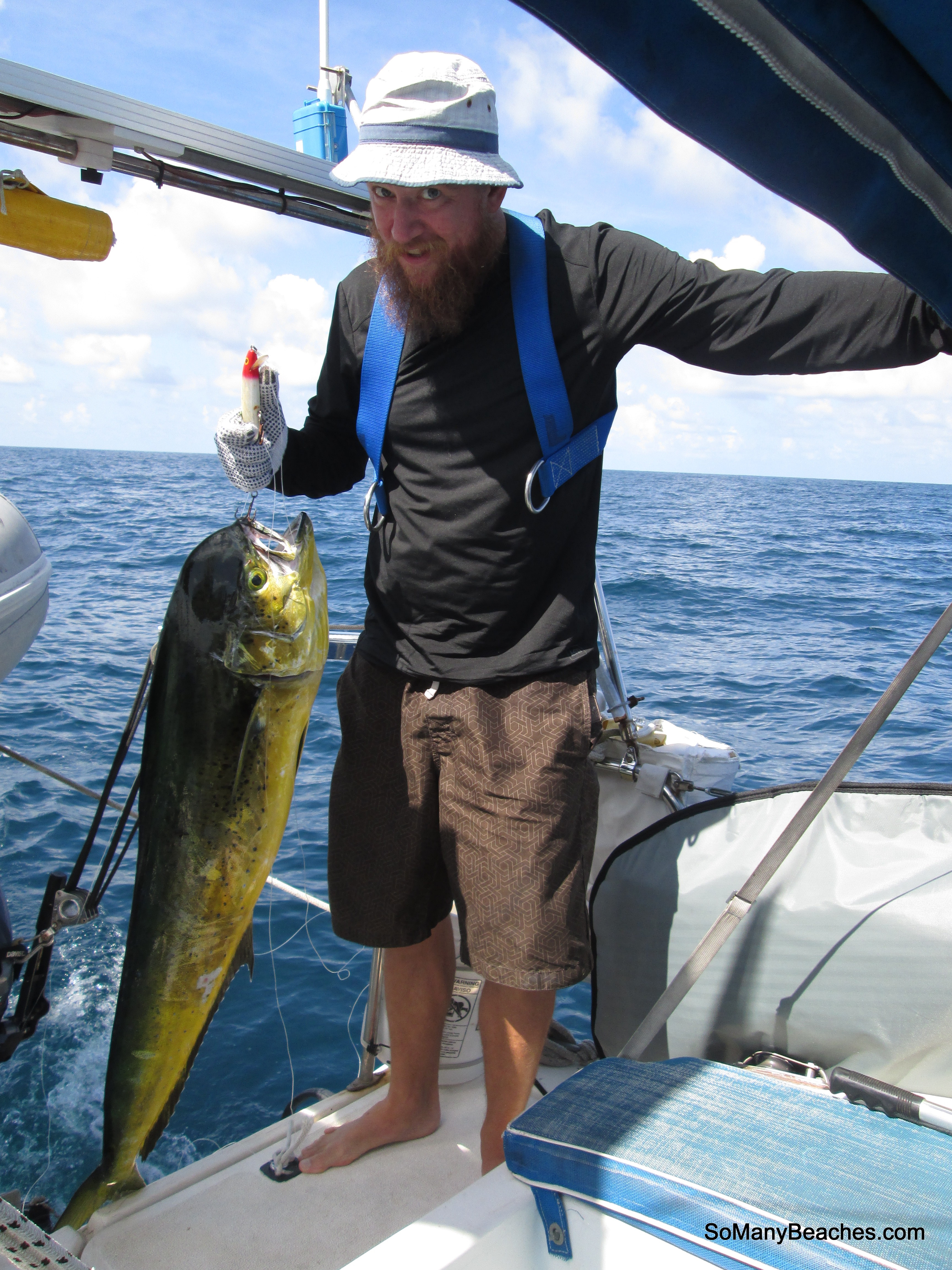
en route to San Blas
We had heard a ton of amazing stuff from other cruisers and were super excited to explore the famous “swimming pool” and “BBQ Island” of the Eastern Holandes, to snorkel the wreck at Dog Island and generally become part of the cruising culture of this unique region.
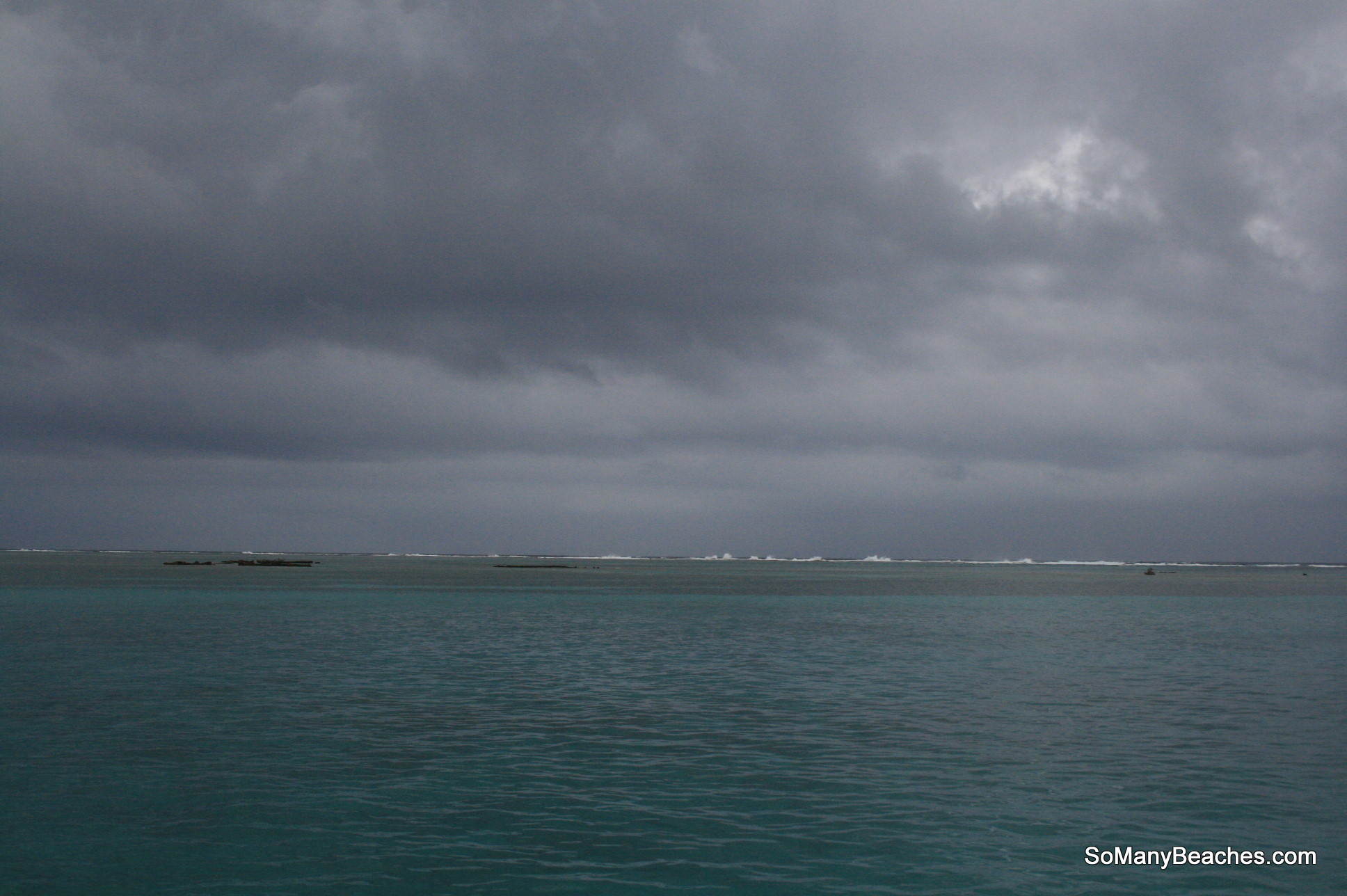
The “Swimming Pool” made by the reef in the E. Holandes
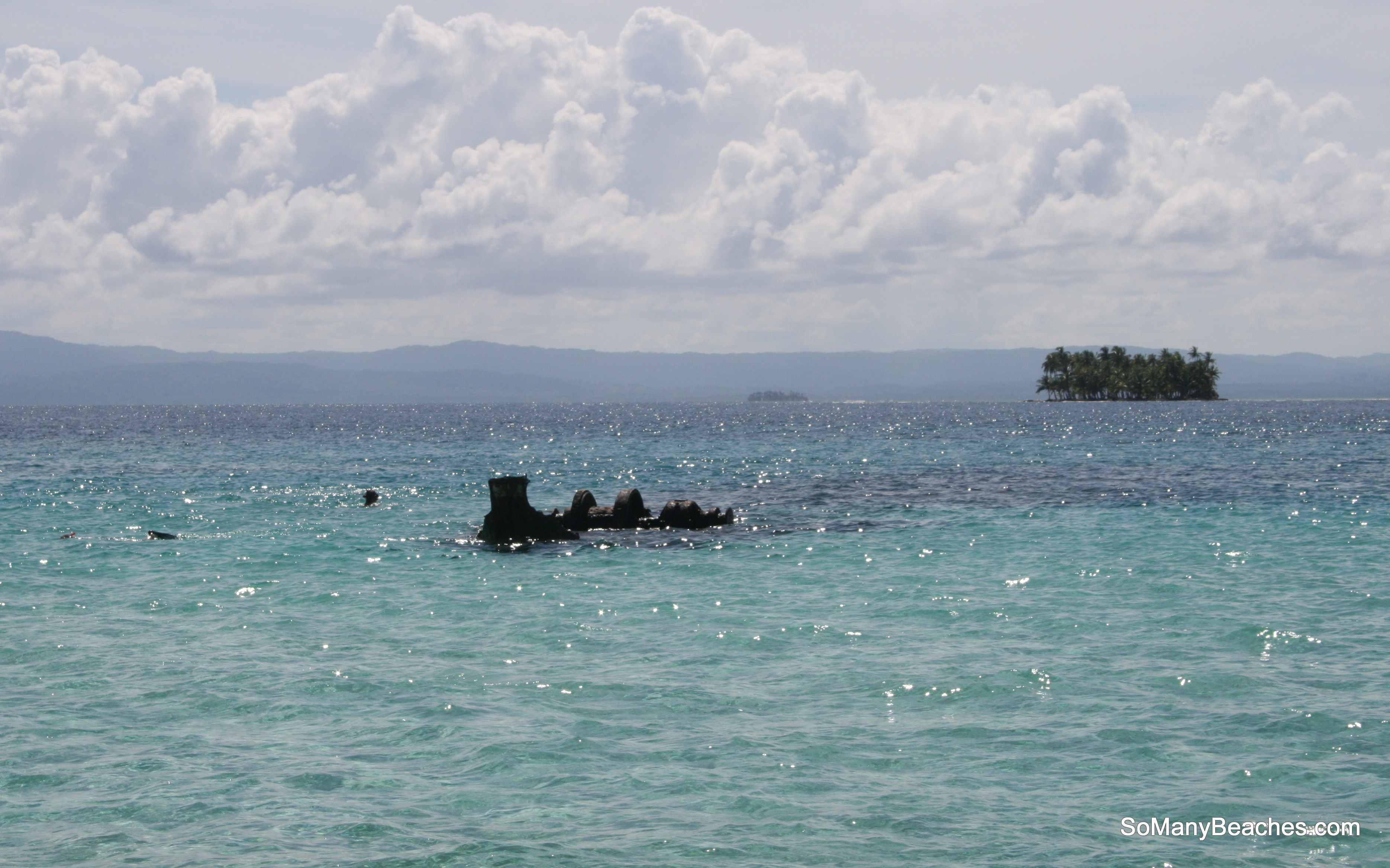
the wreck at dog island
On approach from Linton, the Guna Yala basically look like a mirage of trees sticking out of the water, until closer and closer you get and then you see it: small bunches of palm trees on small spits of sand, sticking out of the water, behind barrier reefs.
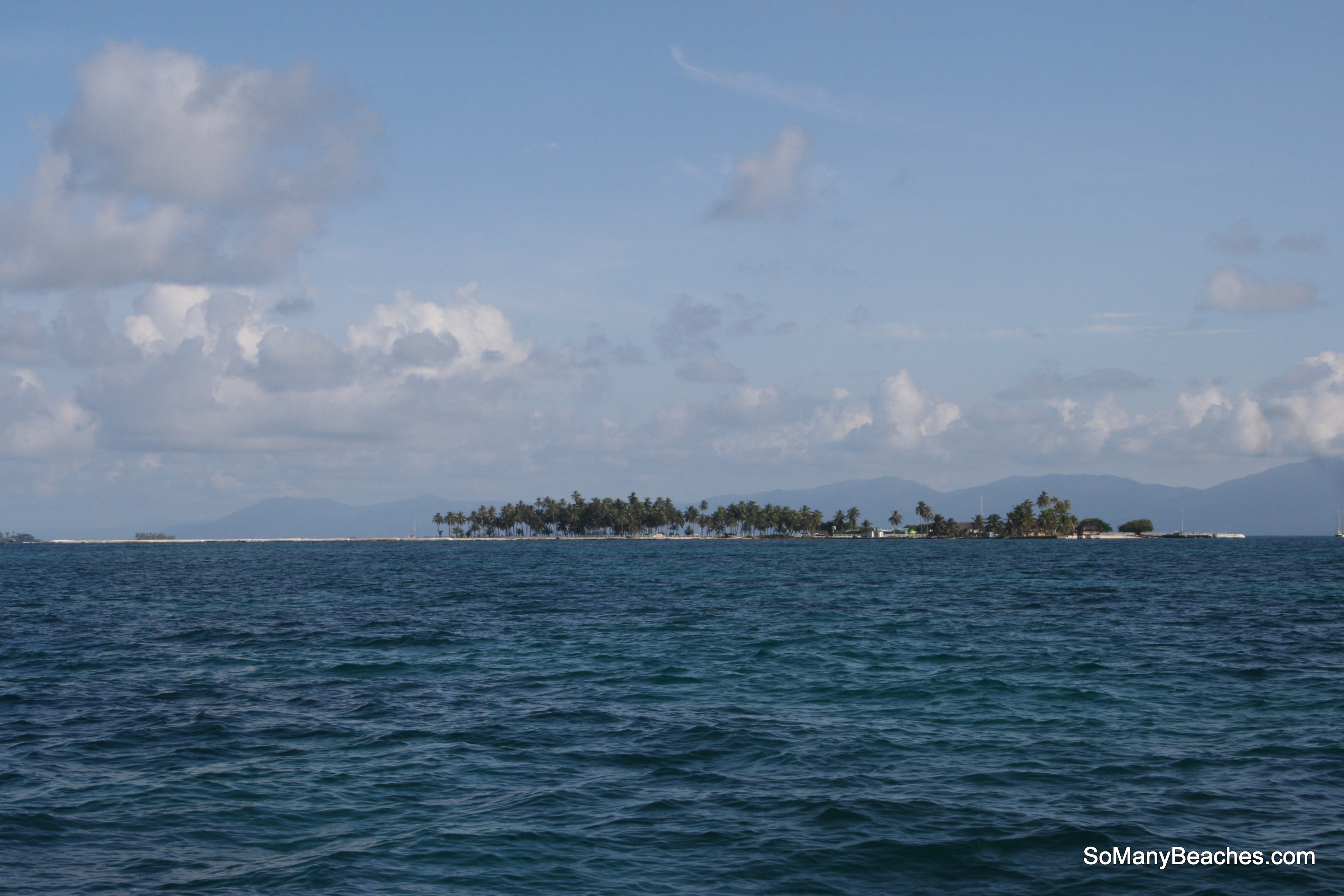
Porvenir with the mainland in the background

Porvenir with Panamanian Navy boats docked out front
And, it’s pretty darn cool to (safely & comfortably) watch the force of the Almighty Atlantic Ocean stopped by the walls of coral which run the north side of the Guna Yala’s island strings.
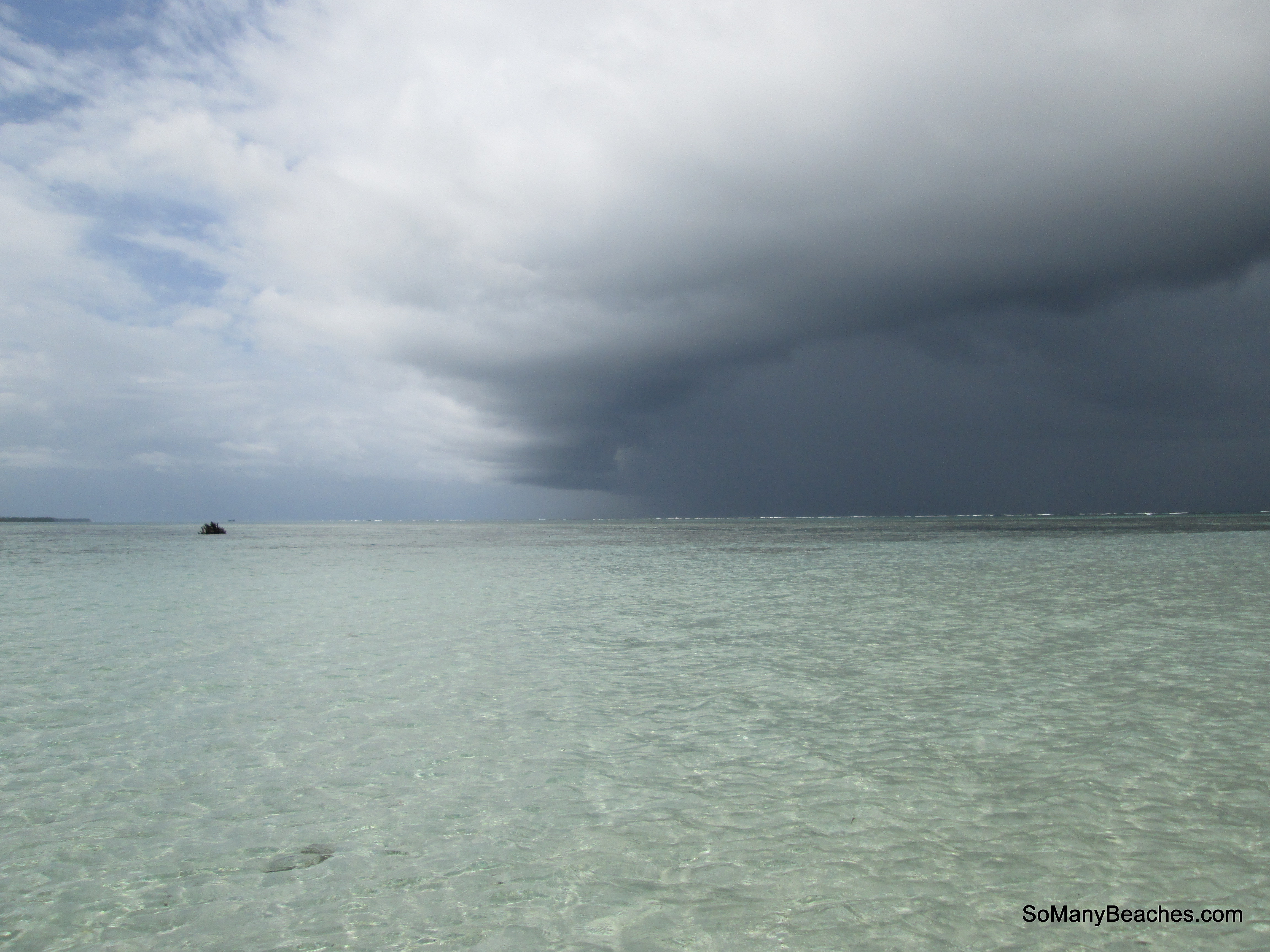
a storm coming in off the Atlantic
We spent just about a month in the islands and I’d say our experience was very mixed.
On the positive side, the islands are picture-postcard beautiful, the water is gin-clear, there is total (safe) solitude if you want it and just enough veggie boats coming by and tiny outposts where you can get anything you need.
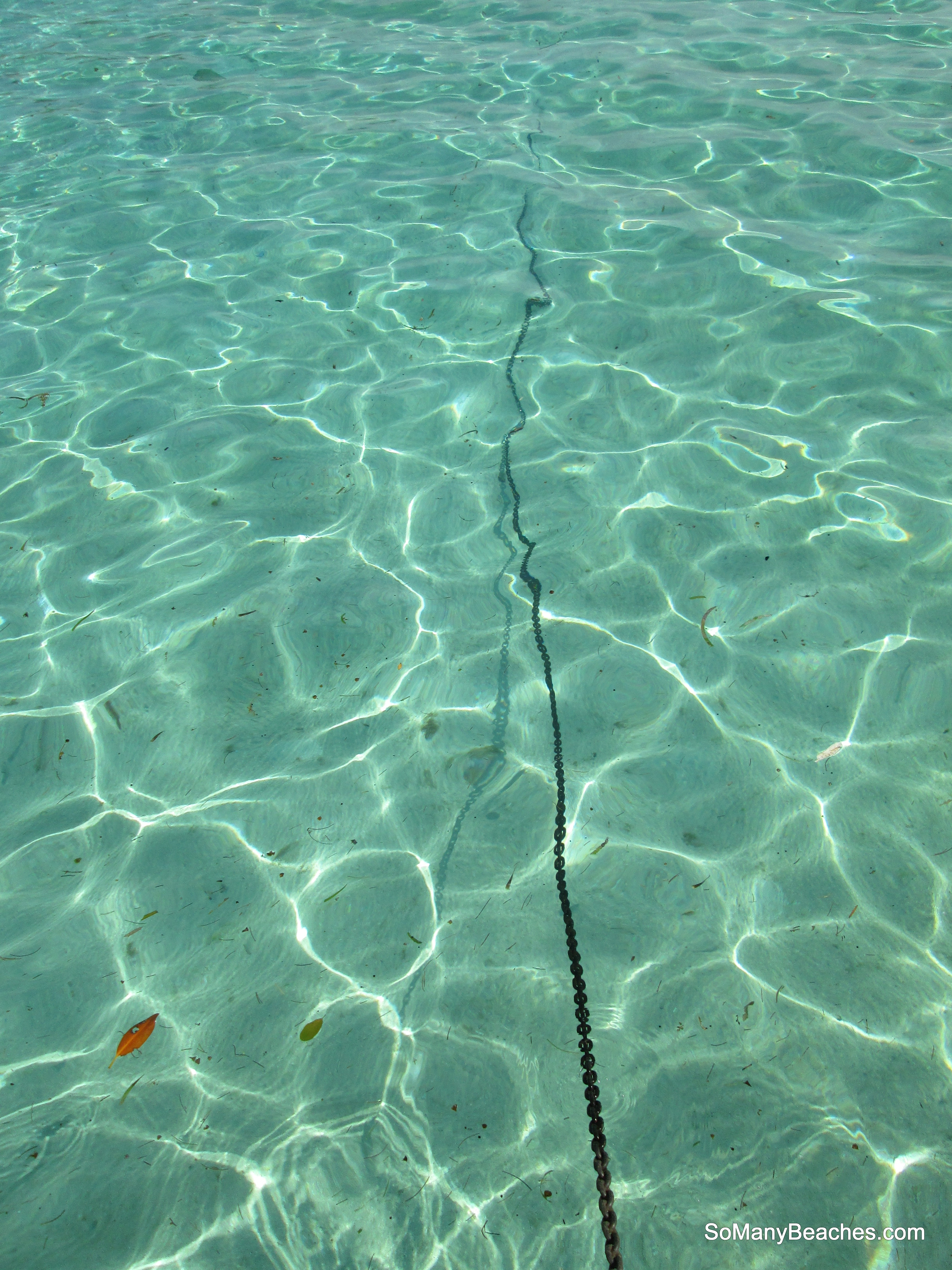
now that’s some clear water!
One of the major highlights for us was spending our Christmas and New Year’s anchored off the tiny little island of Wasaladup; Kemah could run around, there weren’t any bugs, there was a really nice breeze and soft, white sand.
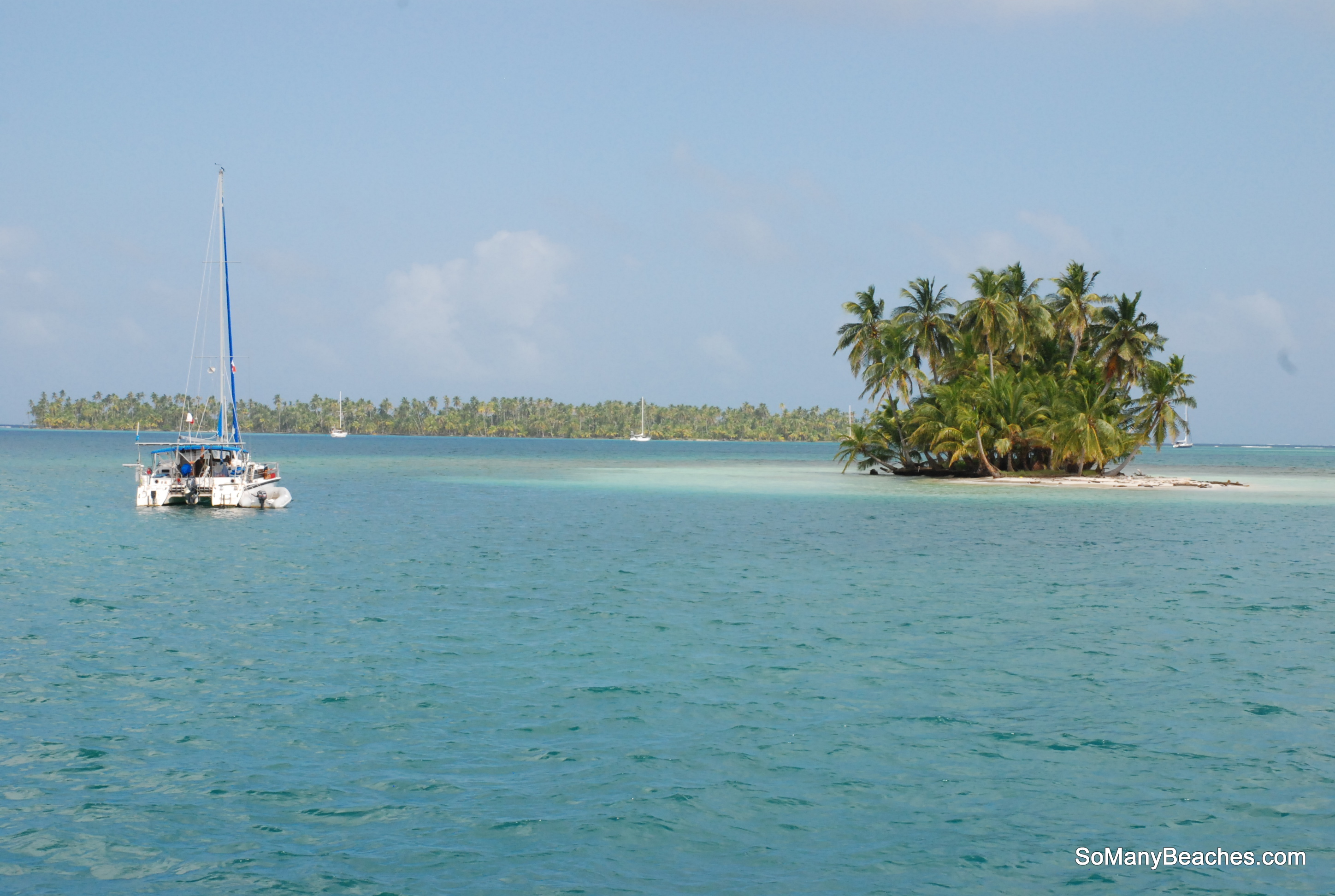
Our own private island for the holidays
For about a week, we had the whole place to ourselves. Then, our best buddies on S/V Adamastor joined us and together we made a big ole Tex-Mex Christmas dinner of spanish rice, homemade tortillas and TWO different kinds of enchiladas: chicken with green sauce and cheese with a chipotle-pasilla “beef” sauce. (By the by, I’ve made these enchiladas from Homesick Texan twice on the boat – they are that good! And, I use TVP instead of beef.)
Needless to say, we were in the Yum Zone, with Elf on in the background, twinkle-lights up and a few Santa hats and ornaments hanging around the boat. Life was good.

Xmas dinner aboard S/V Adamastor
By New Year’s a few boats joined us and we had a little party on the beach to celebrate. I had some wish lanterns on the boat and they made for good fun. (Just make sure the dinghys and big boats are clear out of their path if you’re gonna play with fire. Almost learned that one the hard way . . .)
Another experience in the Guna Yala I really liked was dinghy-ing up the Rio Azucar just off Nargana. I guess isn’t so surprising that I loved this, given I always enjoy a good “dinghy ‘splore” and especially if it involves fresh water. However, this river was rumored to have crocodiles in it – so I was a little nervous to jump right into this adventure.
But, after a month in the boonies, we need to wash a few items of clothing (’cause you only need to wear a few items of clothing when you live in the boonies, Tropics-style). And, we needed some fresh water – which we harvested from the river (yes, people do this, including us, you just find a good clear spot that’s running, toss a little bleach in and you’re fine – at least we are, twitch, twitch ;).
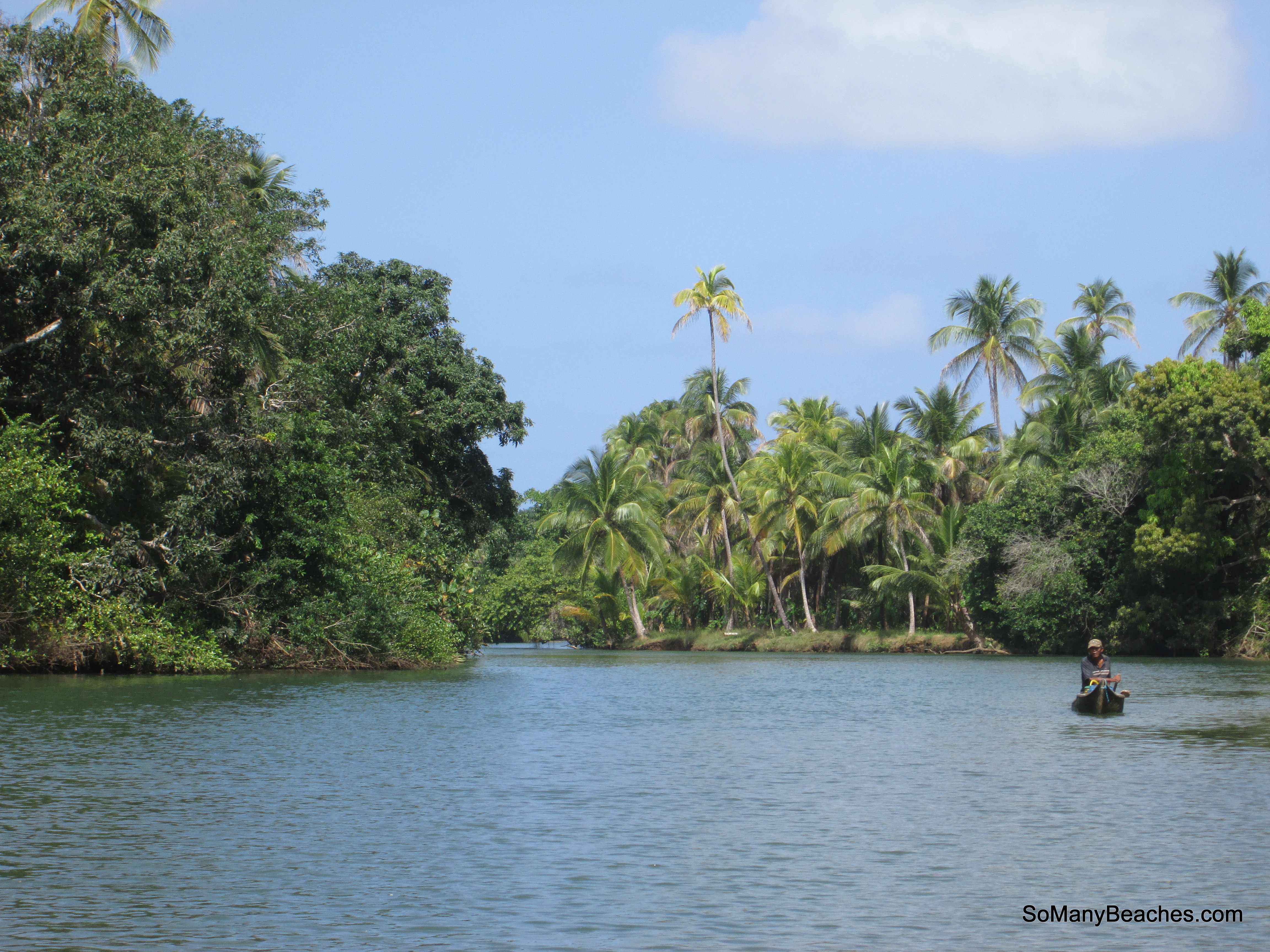
Rio Azucar
I am happy to report that we did not see any crocodiles (does that mean they were just lying in wait for us???). But, we did have a little wildlife encounter – emphasis on the “little”:
I had one leg slung over the side of the dink, the mouth of one of our water jugs shoved down into the water* and I was feeling pretty confident – after all, this was my 3rd jug to fill that afternoon, which is harder than it sounds, given you have to basically sink a 6 gallon plastic jug full of air mouth-into running water. And, so far, so good: water jugs were filling without any sign of crocs = win/win!
But, just at the moment I seemed to feel most relaxed, the water started to boil and churn at the mouth of the jug and, startled, I jumped (and screamed a bit). “What the what!?!” It seems a small school of minnows happened by, got swirled to the mouth of the jug and one even made it in! “What the what!?!” Yup, after a year on the boat, this minnow, at the bottom of our water jug, was the 1st fish I’ve ever caught while living aboard . . . and, his presence at the bottom of my jug meant I had to completely empty and refill it lest the little critter end up in the bottom of my water tank aboard Mother Jones – I’m not sure how much bleach would fix that sitch!
Aside from our accidental fishing fun, I found it to be really a neat experience to join in with the locals washing our clothes and getting drinking water from the river. Given how wealthy we “yachties” seem to so many communities we visit (even when we don’t seem wealthy at all to ourselves, when we are in fact super wealthy compared with the majority of people on this planet) it’s basic needs like potable water and clean clothes that show us all to be in the same boat – at least for a few minutes, even if ours is inflatable and theirs is made out of wood.
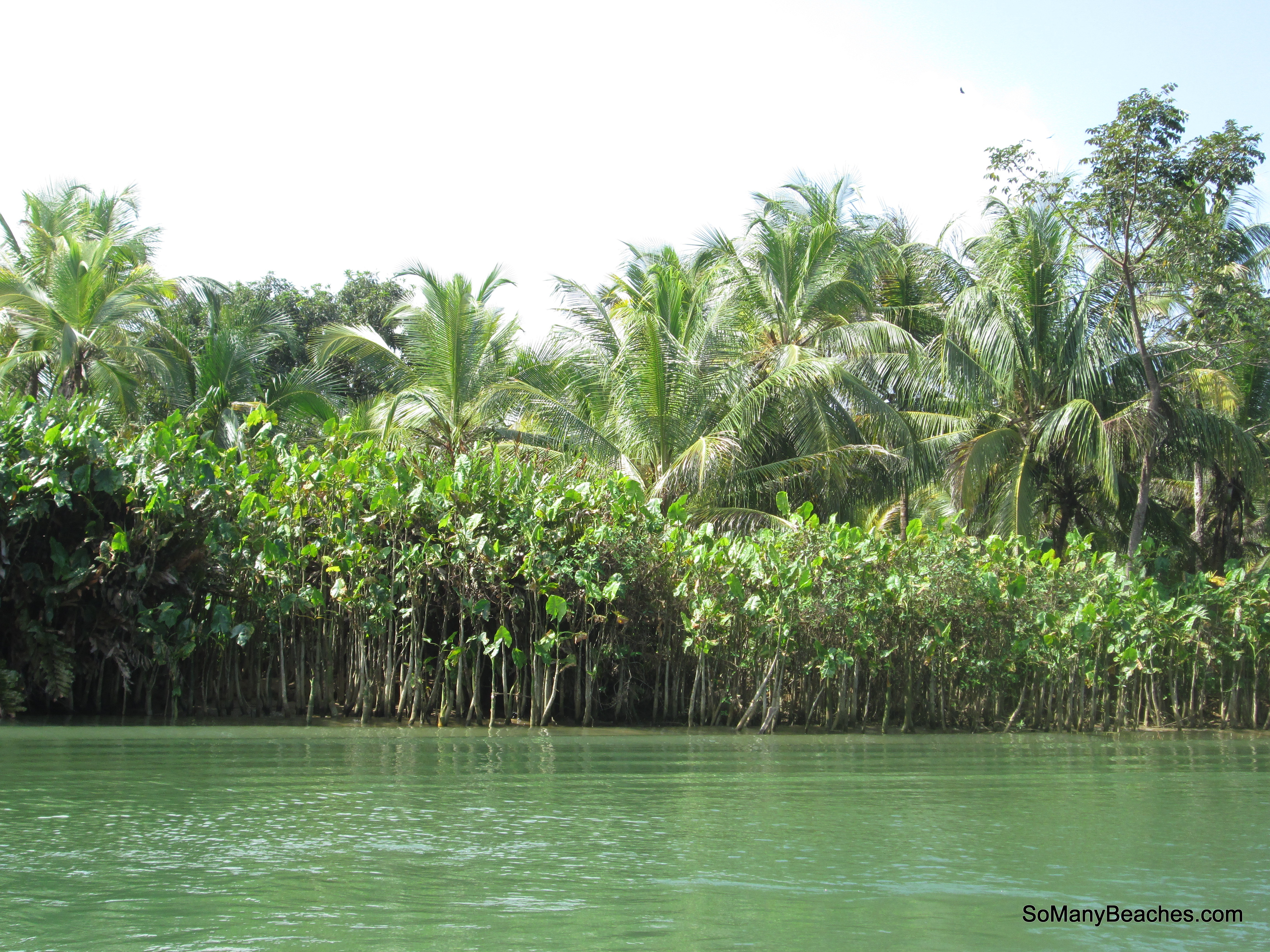
Rio Azucar – where we got our fresh water & did the laundry!
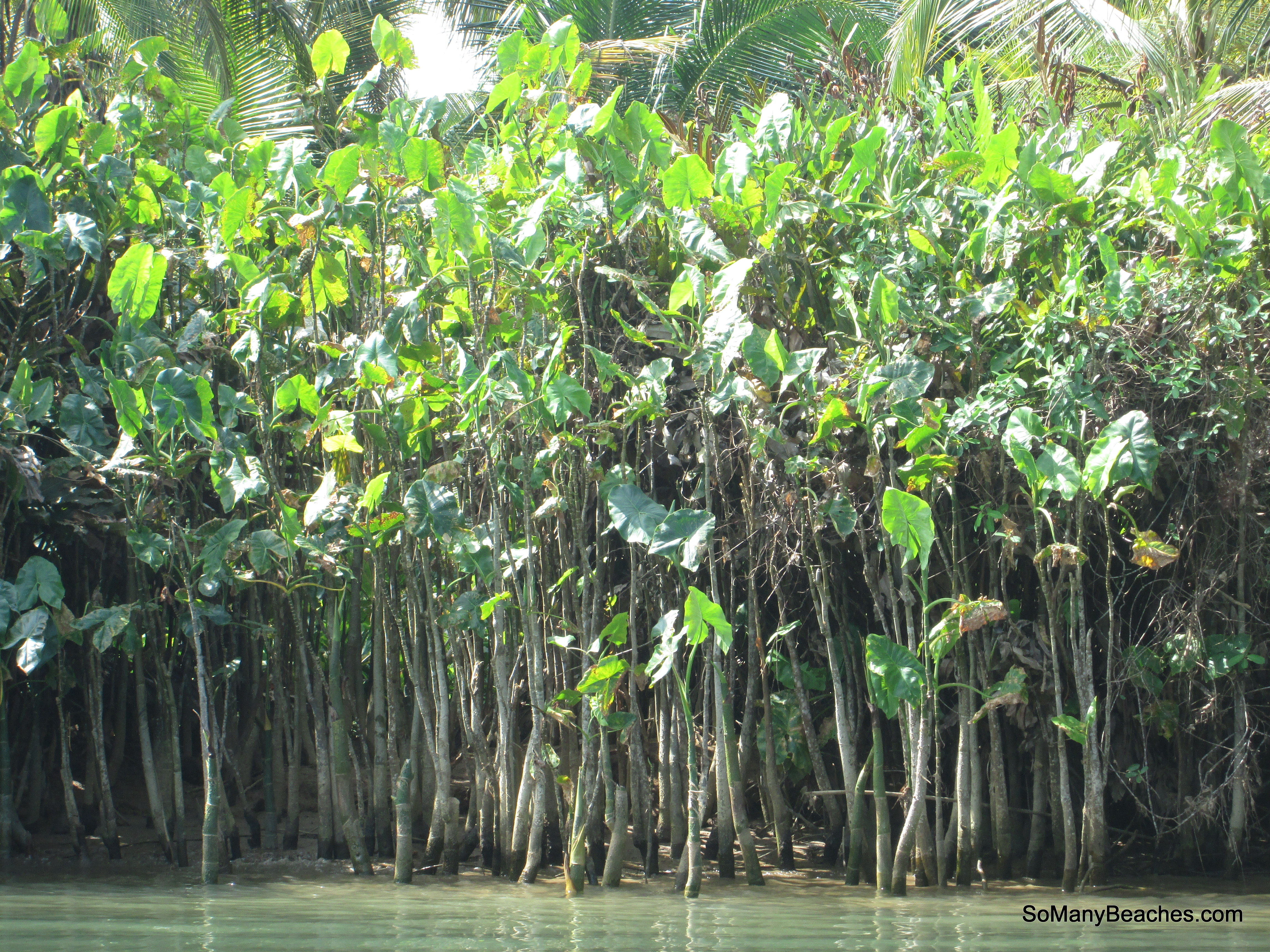
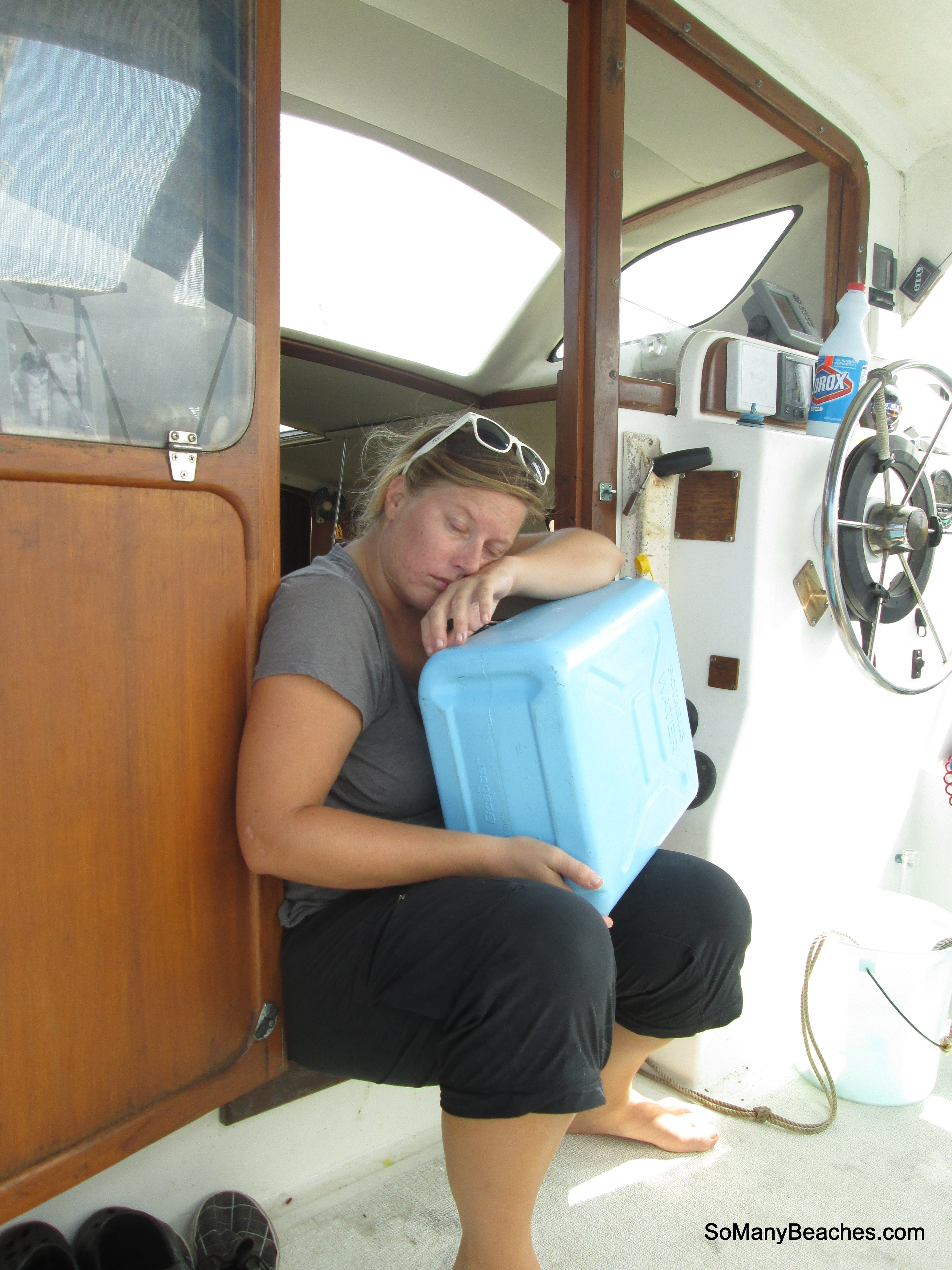
filling the tanks is hard work (note the bleach above my sleepy head)
Unfortunately, in addition to the fun stuff, some crappy things happened during our month in the Guna Yala. (hence the title of this post . . . get it?)
Crappy Thing 1 and Crappy Thing 2 happened one right after another, within days of arrival. The first of the crappy things was a terrible stomach bug I got when we first arrived. It lasted for four days, twenty minutes at a time. Yuck. Ouch. Just get me out of here!
Thank goodness we had Where There is No Doctor on board to walk us through some re-hydration techniques and confirm our suspicion that if things did not turn around by Day Four, we needed to get professional medical help (luckily things turned around ON day four).
Two days into Crappy Thing 1, Crappy Thing 2 happened: our fridge broke. “Broke” as in leaking stinky ammonia, no way to fix it “broke”. Awesome! Here we sat, in the middle of nowhere, stocked to the gills of provisions for the month we planned sitting in the middle of nowhere with no way to keep said provisions from spoiling. Luckily, our good friends on S/V Adamastor offered – and had space to – keep a few things in their fridge. But, for the month we spent tooling around the islands, with and without them, we mostly went without refrigeration. All-in-all, minus the hours we spent online trying to figure out how to get a new fridge to Panama, I’d say it was a pretty okay experience, being without a fridge that is.
We took it as a (short-timer’s) opportunity to be those super-cool cruisers who go without a fridge full time. And, we used not having a fridge as an excuse to eat fresh food – like super fresh food.
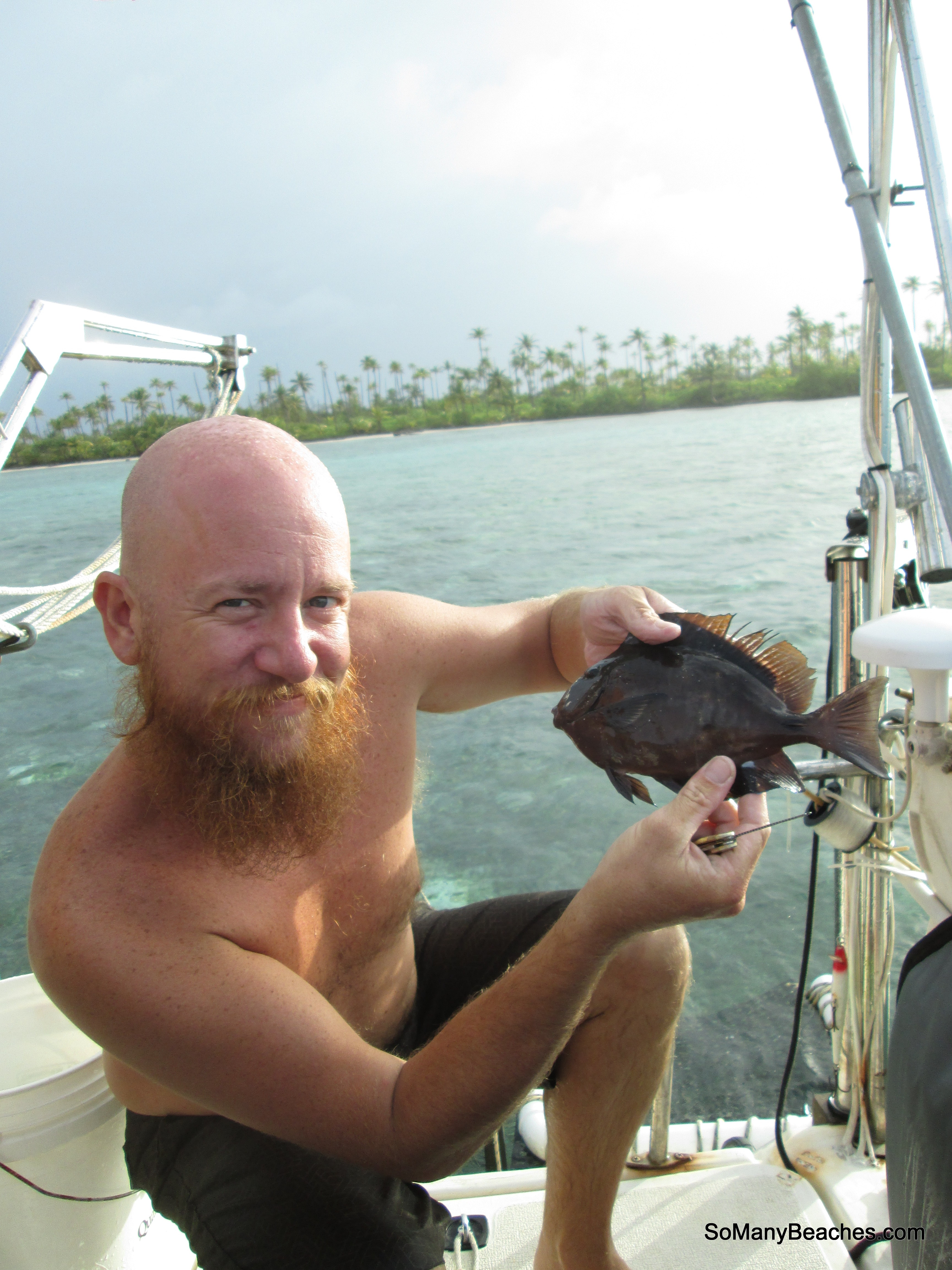
1st Hawaiian Sling Shot
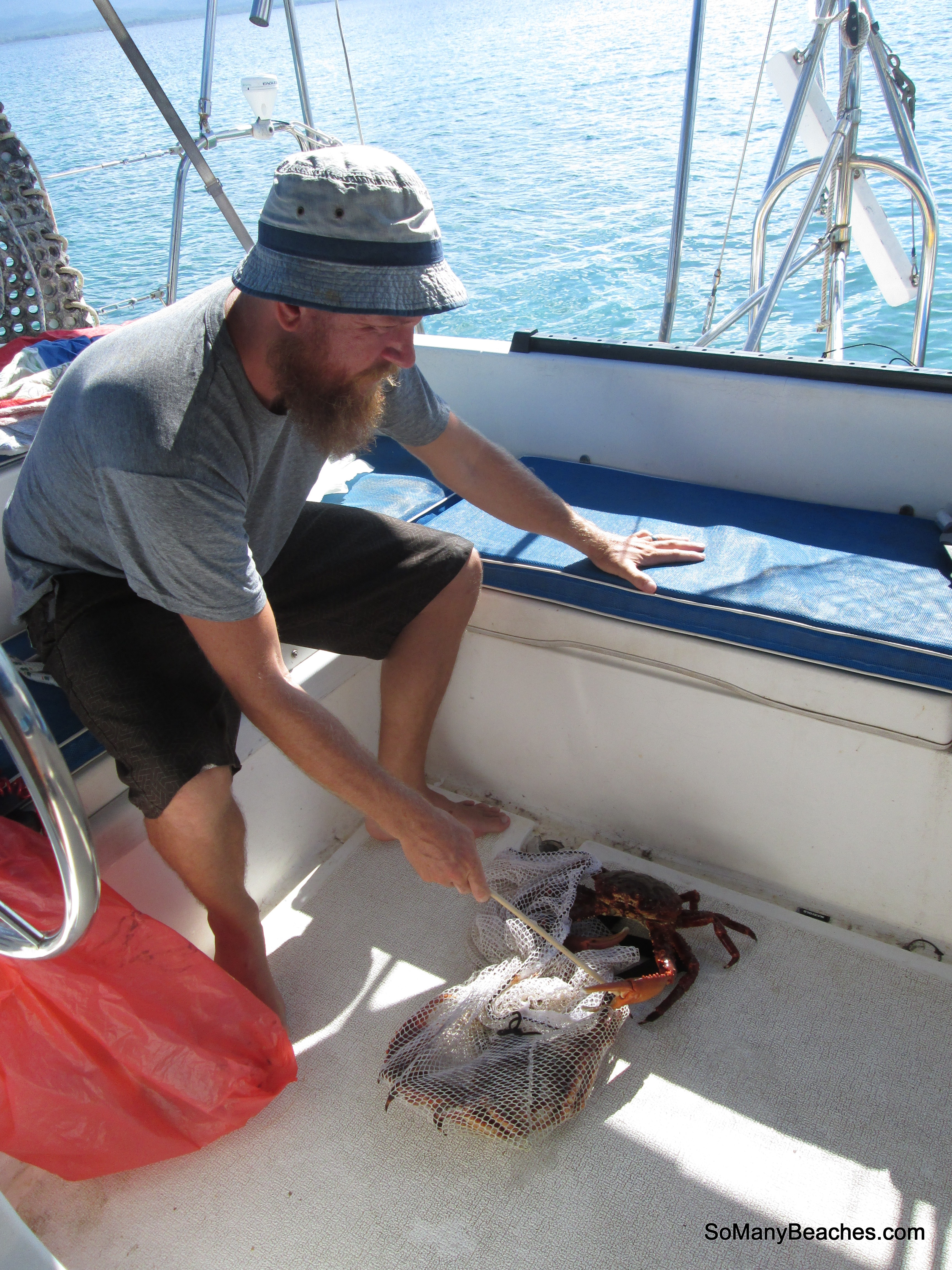
crab for lunch!
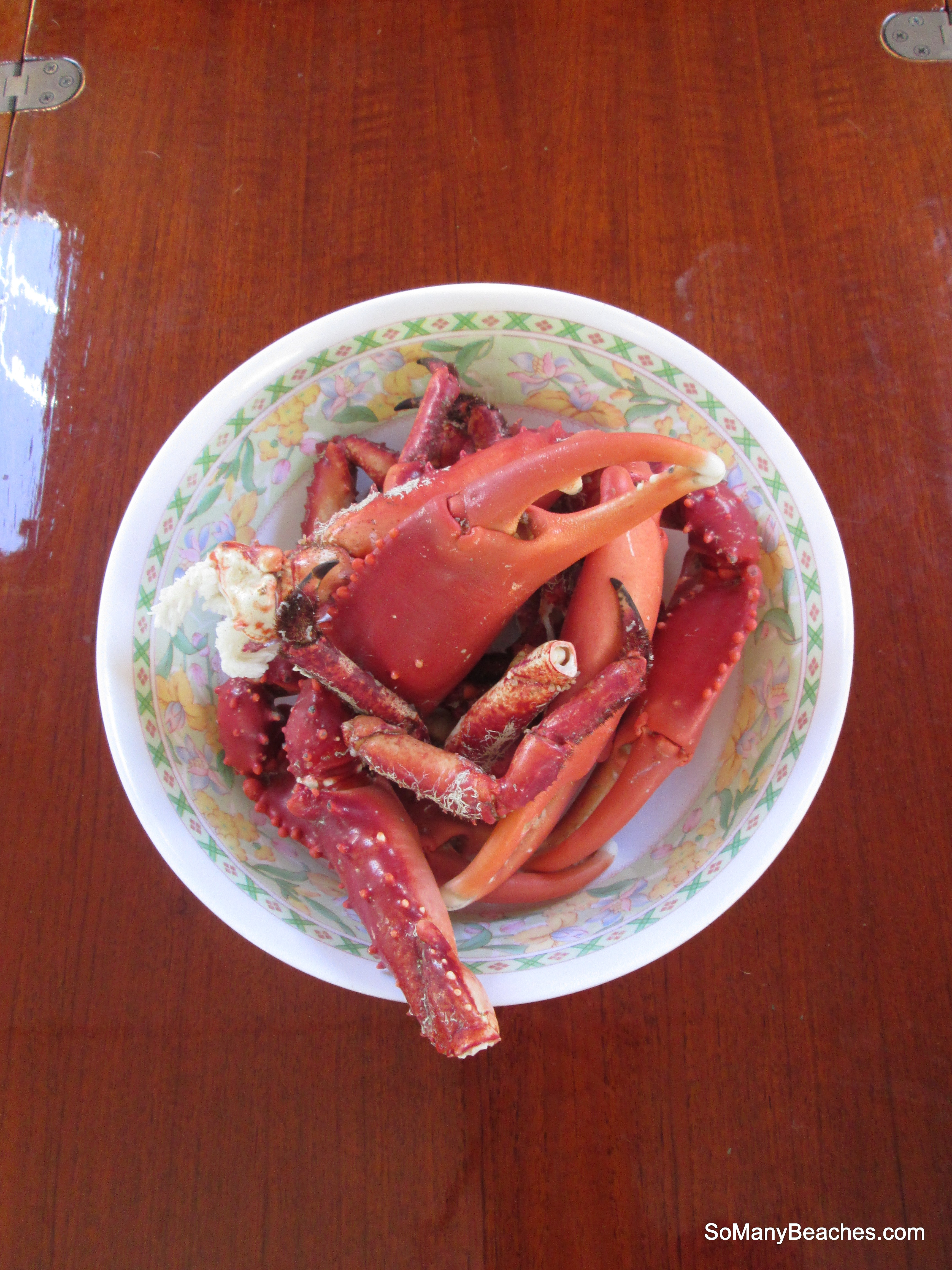
yum!
And, as it turns out, there are a whole lotta things that don’t need refrigeration. The main pain for us was not being able to keep left-overs and therefore having to cook every meal, hurry up and eat the same thing all day if we made something big or eat processed foods in single servings. Luckily, we had our boat buddies around to help us eat through big meals and keep some stuff in their fridge (like beer and New Year’s champagne!).
Onto Crappy Thing 3: Damon got a staph infection just above his ankle that swelled to the point it was really painful and immobilizing.

Damon’s Xmas present: a festering wound
We knew to watch out for dark, spider-like veins heading up his legs – signs it was turning serious (as opposed to just seriously uncomfortable). But, given our circumstances (being in the middle of nowhere) and our general approach to medical intervention (conservative) we basically had no choice but to let it run it’s course, aided by multiple hot compresses and a dose of Cipro we had on board. It was almost two weeks of immobility (no snorkeling, no beach-combing, no pulling up anchor, no FUN) before he was ready to pop, be milked and back in action.
In case you’re keeping score, that’s 3 weeks of Crappy Things that happened during our month in “paradise”.
“But, these things are merely circumstantial” you might say. “Surely, the Guna Yala is paradise and not to be missed, right?”. Well, it depends.
In addition to these totally circumstantial farts on our wet-dreams of paradise, there were also a couple of things we found less-than-desirable that are worth pointing out, including:
- “Change” aka the unavoidable paradox of “untouched” places & cultures being “touched” by curious outsiders (including us? yes, us). Where there once was no in-organic trash there are now plastic bottles, plastic bags and other flotsam & jetsam. Where there was once abundant fish and lobster, over-hunting has taken a toll. Where there was once peace & quiet on islands like the Lemmons or in Nargana, there is the loud humming of generators to power TVs broadcasting Telenovelas, speakers blaring pop music until 6am and fridges cooling down beer. Speaking of which . . . where there was once only a yearly festival where sugarcane was fermented in a long process to make “chicha” and everyone (Grandmas, included) got hammered (by 9am) in good spirits, there is now Panamanian beer widely available for anyone who wants to experience getting drunk (not just sipping a few) on a daily basis (this mainly involves men, especially young men). And, of course, the traditional dress unique to Guna is going by the wayside – especially in men. Hmm . . . I’m beginning to see a pattern here. Of course, all of this is influenced by “outsiders” (like us, but more likely everyone they see in Panama City or on the tee-vee). Now before you get all “lookiehere, Missie” with me, I don’t have any romantic notions of change always being a bad thing – I know it’s not always as simple as “Vaccines, good; Plastics, bad”. But, like the tip of an iceberg, it’s hard to see what deeper societal transformation from the “modern” world lie just beneath the surface. *And*, I TOTALLY get the irony of an outsider (me) complaining about a bunch of outsiders (“other people”) changing things (it’s like that bumper sticker I see on cars while I’m sitting in traffic: “You aren’t sitting in traffic, you *are* traffic”). But, I try. We try. We try to respect the native ecology and support the local culture as much as we can – like, say, throwing back a small lobster or buying a HUGE crab from a local fisherman. (I kid, I kid, but not really) Seriously, we try to tread lightly and play by the rules (even if there are none, you know there are basic rules, c’mon people!). But, I can’t speak for everyone.
- Speaking of other people . . . we saw some bad behavior in the Guna Yala aka Don’t be these people! The Guna Yala, as an autonomous region, has clearly laid out the law of the land that no one except a Guna is allowed to own land or make money in the Guna Yala. It is a place for Guna, by Guna; and they are gracious enough to allow us as guests. However, we met several folks specifically flaunting these regulations: one cruising couple openly told us they were breaking the law by advertising and accepting charter guests for the PAST SIX YEARS; another has created a permanent mooring in The Swimming Pool for the PAST TWELVE (they go so far as to say they aren’t cruisers anymore -“we’re liveaboards” – afterall, they don’t ever move the boat. These folks even have a salt-water aquarium IN THEIR COCKPIT if that tells you how little they move). And, then there’s the much-debated “backpacker” boats which shuttle travelers looking to bridge the Darien Gap through these waters. At around $500 per person, these sail boats and their captains ferry up to 14 passengers at a time from Panama to Columbia – in an unregulated industry, in all kinds of weather with varying degrees of respect for the Guna and their regulations. It’s bad boaters like these that have caused the Guna to recently enact a 30-day limit on permits to cruise their waters. Only time will tell whether this will slow the unwanted changes in their region.
Finally, even if we weren’t sick and our modern conveniences didn’t break and I wasn’t pre-occupied by my over-active conscience and my martyr’s bleeding heart, I would still say this: the Guna Yala just isn’t for us. We found it boring.
*gasp* shun *the horrors of horrors*
It’s almost as if all of the sand-ringed, waving-palm, reef-fringed islands all started to look the same – because they did all look the same to us.
And, we found some of the long-term cruisers to be kind of snooty ala “I can’t believe you liked Bocas! San Blas is the best!” said the nose-upturned-rule-breaking-over-staying-guest-of-the-Gula-Yala
“Yeah, we did like Bocas. Have you ever been?” – us
“No!” – them
okay, whatever
as in, seriously, “whatever” you like is great for YOU (just like whatever I like is great for me, right? it’s not a competition, right?)
The Guna Yala just didn’t hold much appeal for us – for a month. I would totally recommend these cruising grounds to an avid snorkeller, diver, spear-fisher, windsurfer or even someone who just wants to do nothing and read until the cows come home (this is good news for all you bibliophiles as there are no cows in the Guna Yala so you can read FOREVER).
We just don’t like to do those things. And, I didn’t always know that. And, it was interesting to learn that about myself.
So, what do we like? All sorts of stuff, including the stuff in the Guna Yala (clear water, beautiful islands, swimming, solitude). Confused yet? I can understand that. Let me say this another way: we like variety. While it was beautiful in the islands, we had had too much of a good thing and were ready for something else.
I realized I missed architecture, I missed salad (shocker), I missed the diversity of people (locals, travelers, expats, boaters) in places like Bocas, Portobelo or other coastal cruising grounds, where the proximity to (even off-the-beaten-path) transport can provide exploration to more than just a few fortunate boat-owners.
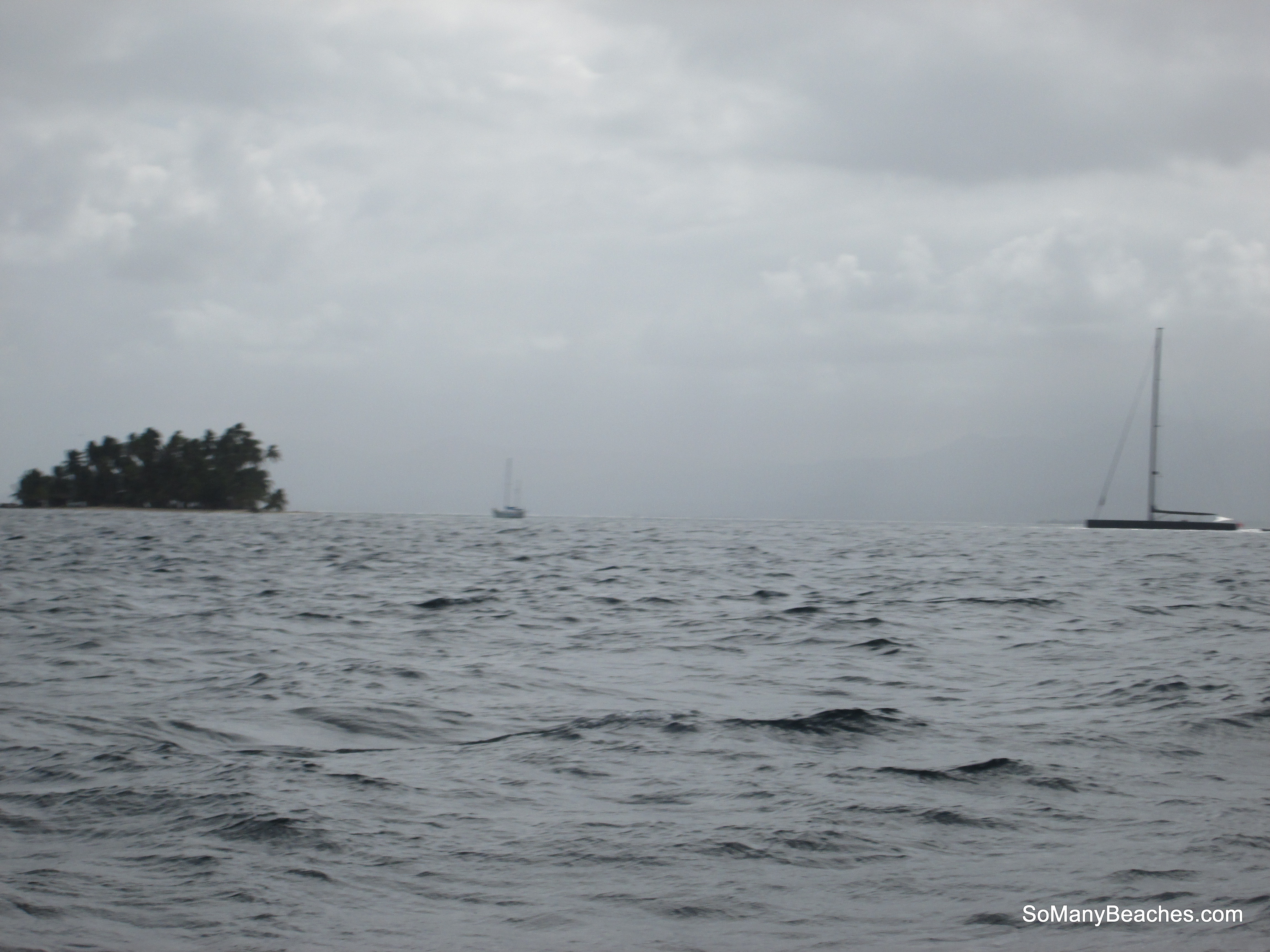
island, normal sailboat & the “Nautalis”
If it sounds a little bit like I’m complaining that my diamond shoes are too tight, forgive me. It’s just that we were ready – oh so ready – to move on at the end of our month in the Guna Yala. Just in time for Damon’s brother to arrive in Carti.
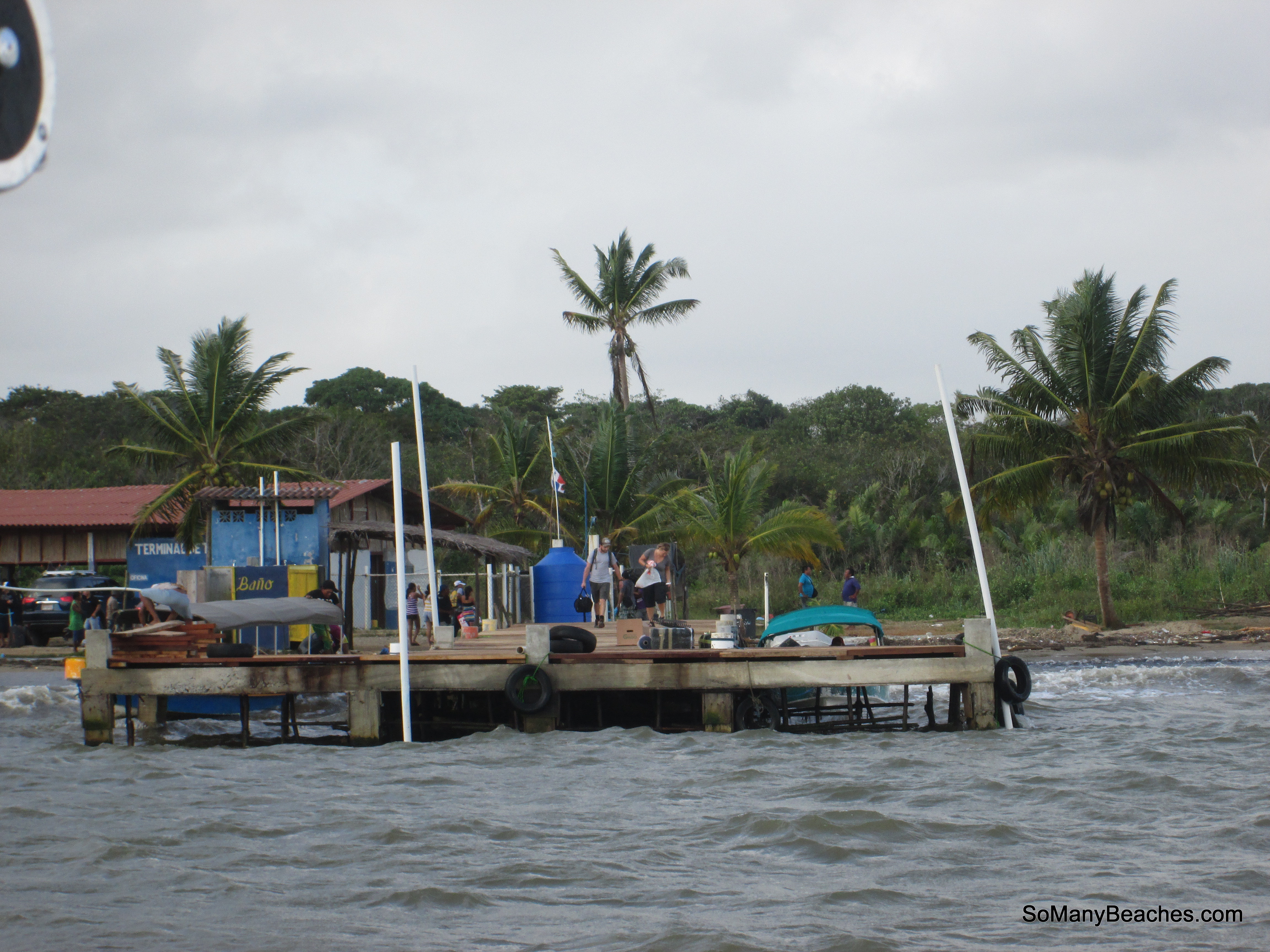
picking up Dylan at Carti

picking up our newest stowaway, Damon’s young brother Dylan
We spent our last few days in the islands playing host and had the welcome opportunity to rediscover the wonder of the Guna Yala through his eyes – before confessing that it is, in fact possible to get tired of “paradise”.
That being said, we’ll end this installment of Adventures with D, L & Mr. K with some more pictures of the paradise we got tired of 😉
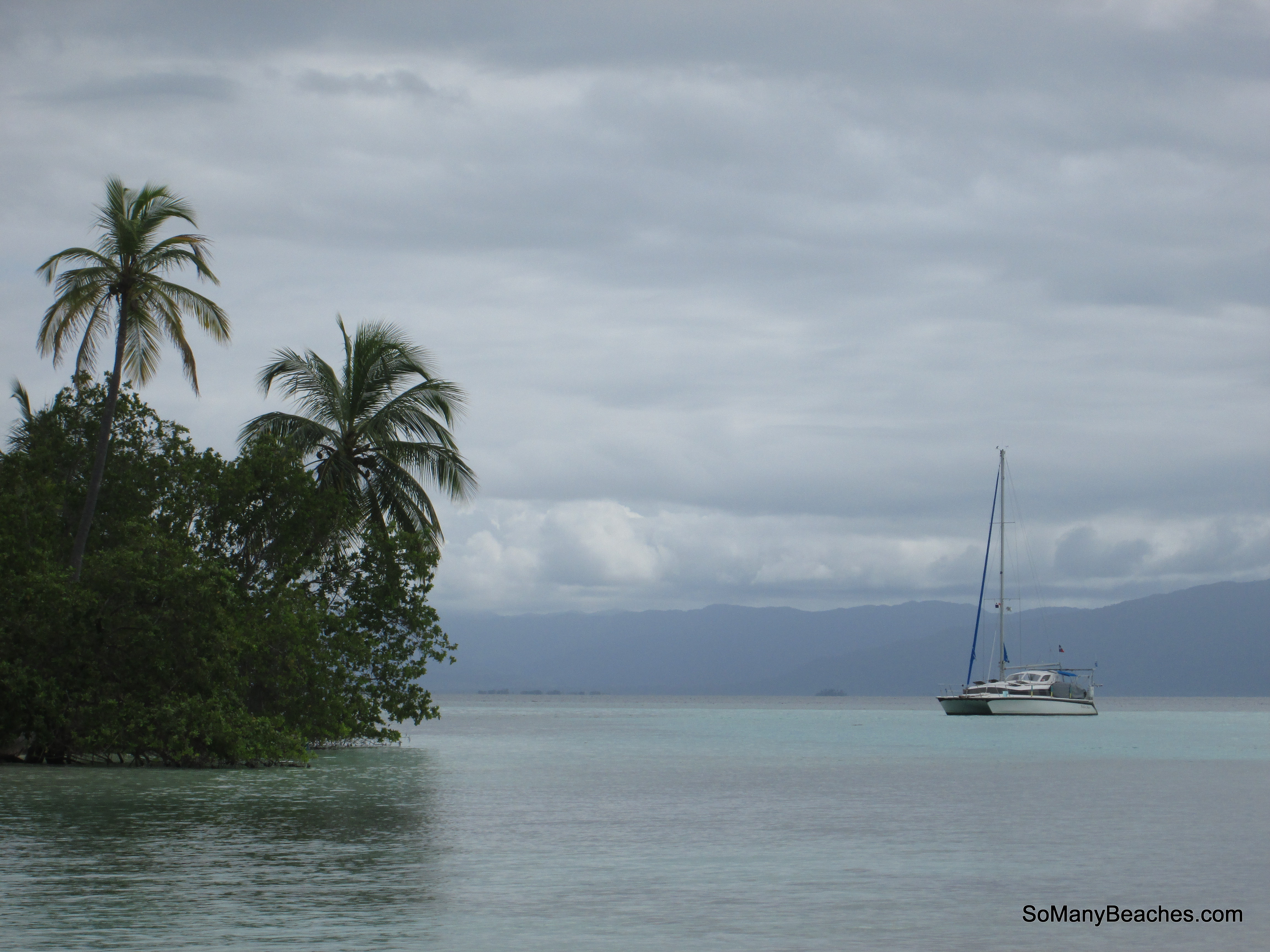
MJ anchored in the Central Hollandes
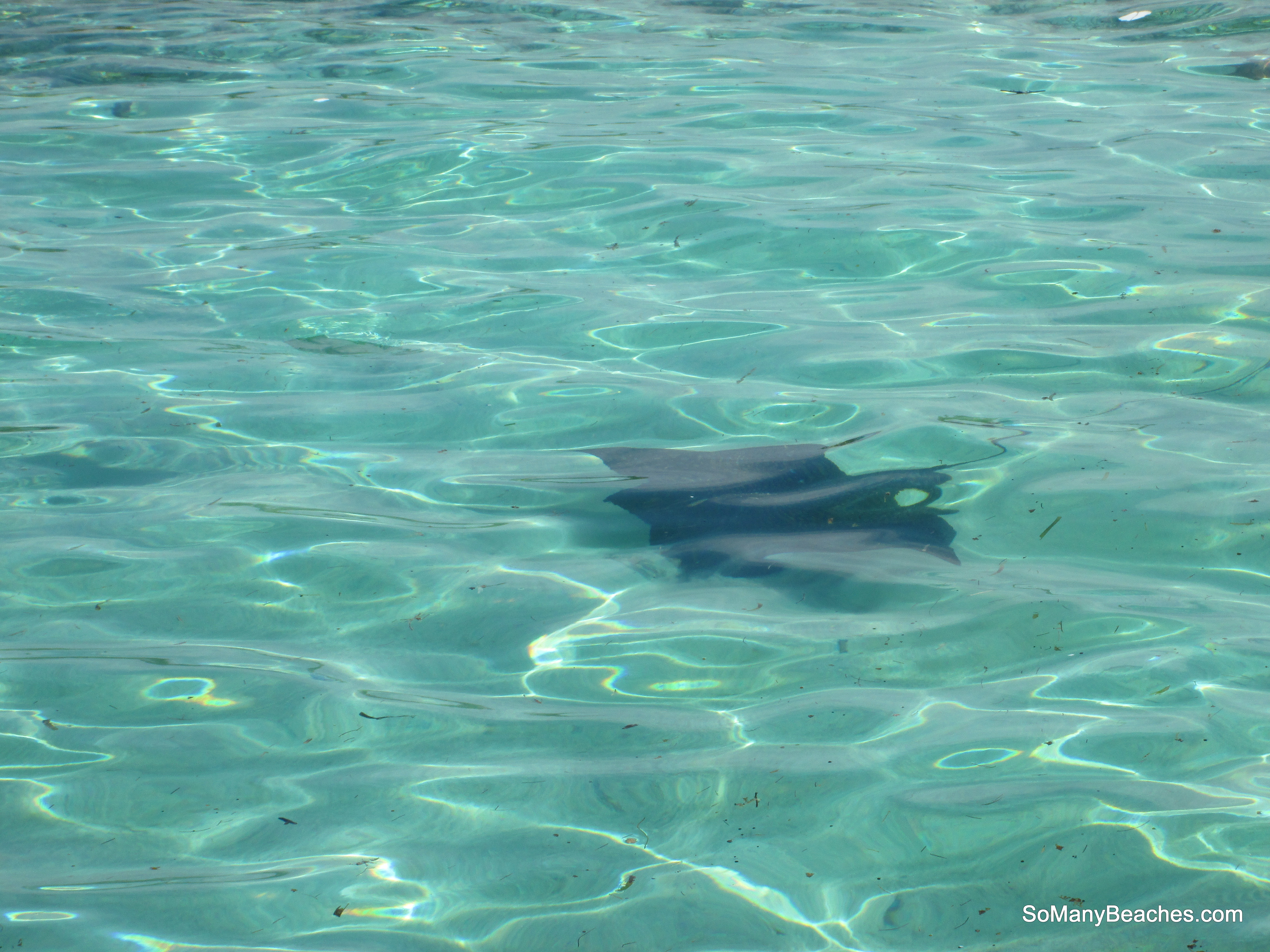
a big ol’ ray in the Holandes
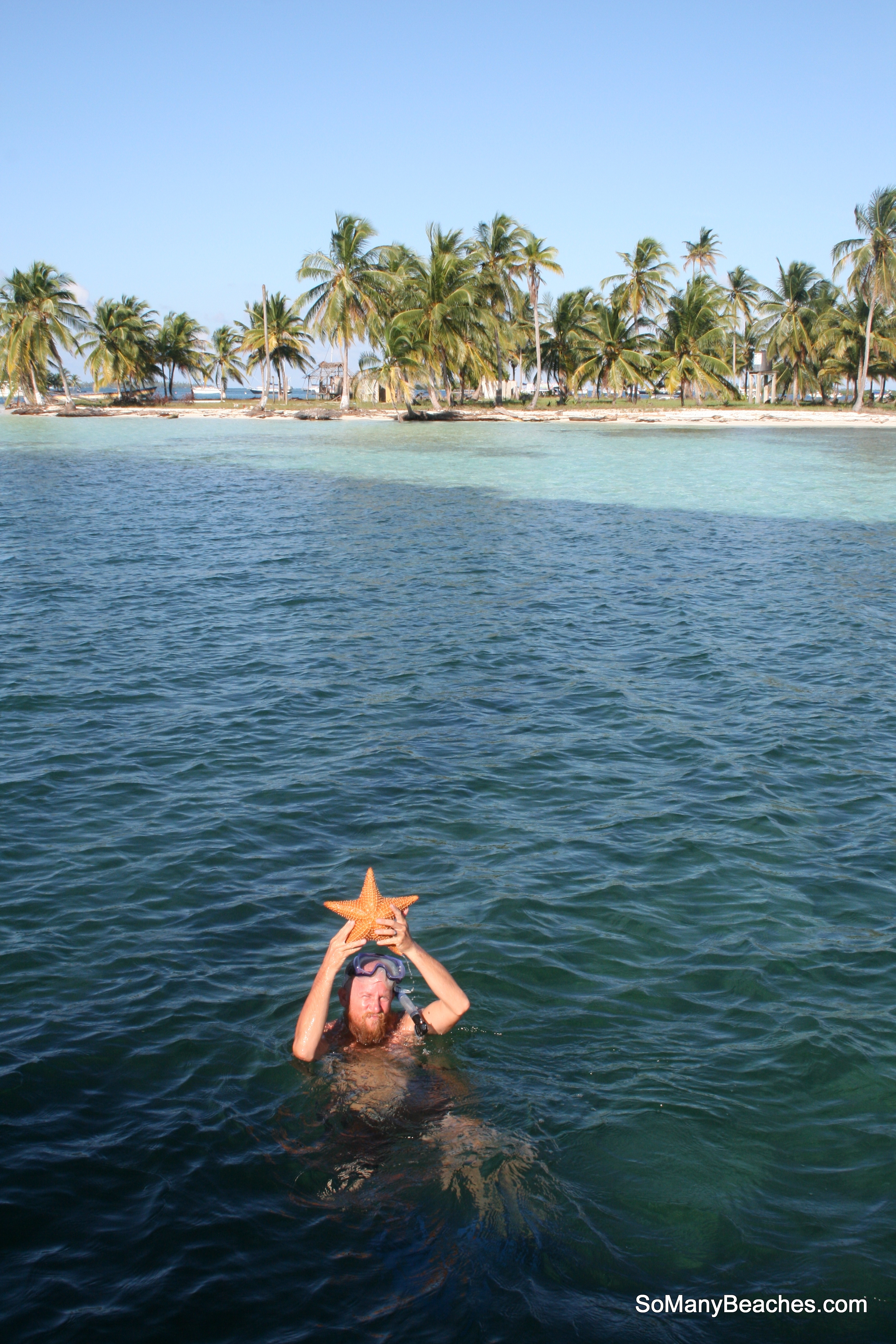
East Lemmons
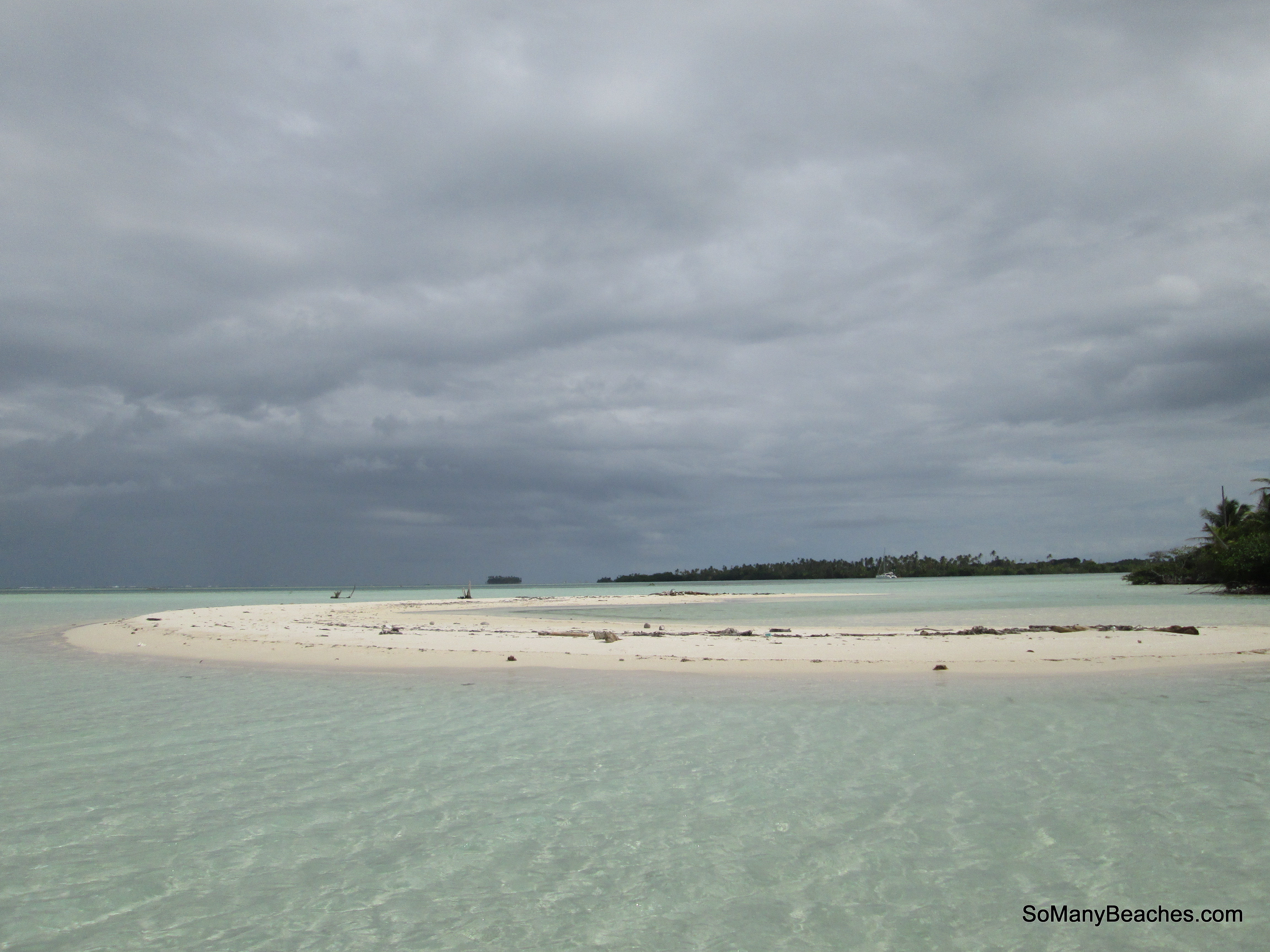
sandbar off the reef in the Central Hollandes
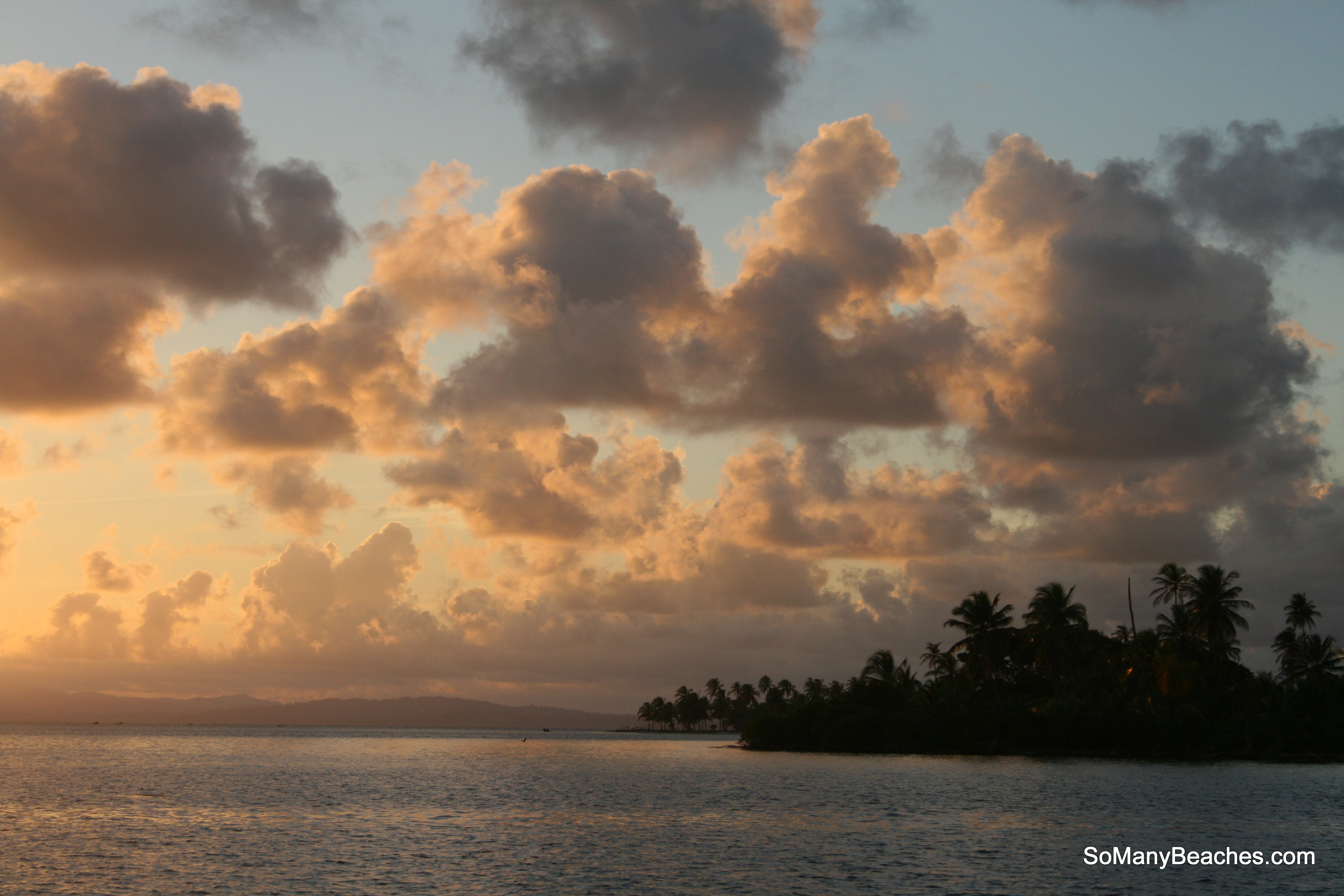
And, as always, you can check out even more pics of our adventures on our Facebook page by clicking here.








































